

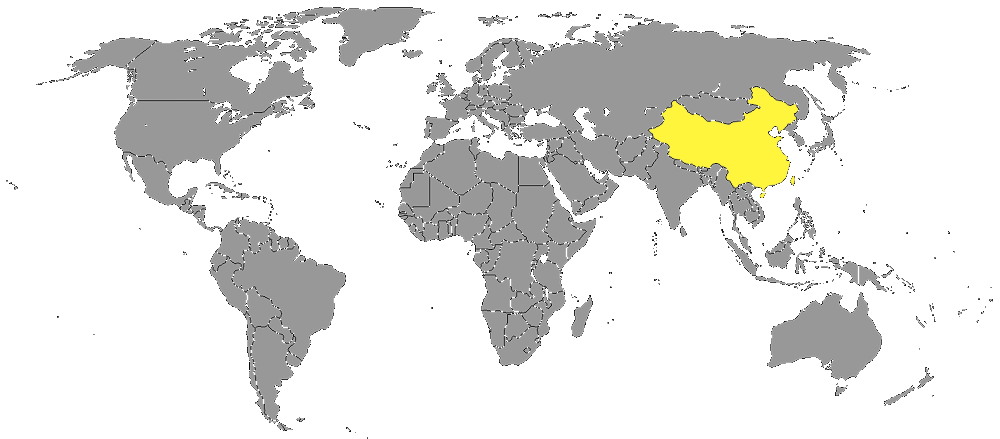

China is regarded as one of the world's oldest civilizations. China's landscape is vast and diverse, ranging from the Gobi and Taklamakan Deserts in the arid north to the subtropical forests in the wetter south. The Himalaya, Karakoram, Pamir and Tian Shan mountain ranges separate China from much of South and Central Asia. The Yangtze and Yellow Rivers, the third and sixth longest in the world, respectively, run from the Tibetan Plateau to the densely populated eastern seaboard. China's coastline along the Pacific Ocean is 14,500 km (9,000 mi) long and is bounded by the Bohai, Yellow, East China and South China seas. China, officially the People's Republic of China, is a country in East Asia. It is the world's second-most populous country with a population exceeding 1.4 billion. China spans the equivalent of five time zones and borders fourteen countries by land, tied with Russia as having the most of any country in the world. With an area of nearly 9.6 million square kilometres (3,700,000 sq mi), it is the world's third largest country by total land area. The country consists of 22 provinces, five autonomous regions, four municipalities, and two semi-autonomous special administrative regions. The national capital is Beijing, and the most populous city and largest financial center is Shanghai.
The region that is now China has been inhabited since the Paleolithic era, with the Yellow River basin being a cradle of civilization. The sixth to third centuries BCE saw both significant conflict and the emergence of Classical Chinese literature and philosophy. In 221 BCE, China was unified under an emperor, ushering in more than two millennia in which China was governed by one or more imperial dynasties, such as the Han, Tang, Ming and Qing. Some of China's most notable achievements, such as the invention of gunpowder and paper, the establishment of the Silk Road, and the building of the Great Wall, occurred during this period. The Chinese culture, including languages, traditions, architecture, philosophy and more, has heavily influenced East Asia during this imperial period.
China has been experiencing the largest urbanization process in human history. China is evolving from villages to megacities. This trend toward urbanization in China has been underway for four decades. In 1978, more than 80% of China's population lived in rural areas. Today, roughly 70% of the population live in China's new megacities. That translates to roughly 400 million people, more than the entire US population, moving into China’s cities in the past two decades. The same proportional transition took 90 years to happen in Europe, and 60 years in the US. This large jump resulted from a combination of factors. One was the migration of large numbers of surplus agricultural workers, displaced by the agricultural responsibility system, from rural to urban areas. Urbanization in China greatly accelerated in the 1990s. During this decade, the percentage of China's population which was urban first reached 50%. Extensive urban planning efforts made this urbanization process orderly and, unlike other developing countries, China was able to eliminate large scale squatter towns and vilages. In older urban areas, pre-revolutionary housing and danwei compounds were demolished.
Chinese engineering and technology have developed rapidly since the founding of the People's Republic of China in 1949. This growth has been especially dramatic following the adoption of national reform and openness policies nearly 20 years ago. China has trained a large number of skilled architects, engineers and technicians across a range of disciplines. These professionals have played a major role in China's growth. In the last decade, China has constructed the most tall buildings, bridges and railways in the world, and educated the greatest number of engineering students, all of which requires advancement in science, engineering & technology. From 2010 to 2025, it is estimated by the Ministry of Housing and Urban-Rural Development that 300 million Chinese now living in rural areas will move into cities. The fast pace of urbanization will create at least one trillion yuan in annual investment opportunities in building water supply, waste treatment, heating and other public utilities in the cities. The Chinese government is also demolishing rural villages and building new cities and towns to relocate villagers to. It ultimately aims to integrate about 70% of China's population, about 900 million people, into cities by 2025.
It is estimated that China's urban population will reach one billion by 2030, potentially equivalent to one-eighth of the world population. China now has over 160 cities with a population of over one million, including the 17 megacities as of 2021. Cities with a population of over 10 million are Chongqing, Shanghai, Beijing, Chengdu, Guangzhou, Shenzhen, Tianjin, Xi'an, Suzhou, Zhengzhou, Wuhan, Hangzhou, Linyi, Shijiazhuang, Dongguan, Qingdao and Changsha. Among them, the total permanent population of Chongqing, Shanghai, Beijing and Chengdu is above 20 million. Shanghai is China's most populous urban area while Chongqing is its largest city proper, the only city in China with the largest permanent population of over 30 million. By 2025, it is estimated that the country will be home to 221 cities with over a million inhabitants.

The birth of the megalopolis. China’s national urban development policy has shifted from expanding individual cities to systematically building out massive city clusters, each of which will be home to as many as a hundred million people. Cities in a cluster will collaborate economically, ecologically, and politically. China has been the fastest growing economy in the world since the 1980. China is the world's second largest economy, just behind the United States. China is famous for several areas of study, including engineering. In terms of technology and science, China has made advancements and innovations. China has a high technical expertise ranking, showing that they are one of the most advanced countries in the world. China's infrastructure and engineering capabilities are evolving very rapidly, to keep pace with the transformation of the country.

Yangtze River Delta Megalopolis (150 million) includes:
Shanghai, Pudong, Nanjing, Wuxi, Changzhou, Suzhou, Nantong, Yancheng, Yangzhou, Zhenjiang, Taizhou, Hangzhou, Ningbo, Jiaxing, Huzhou, Shaoxing, Jinhua, Zhoushan, Taizhou, Hefei, Wuhu, Ma'anshan, Tongling, Anqing, Chuzhou, Chizhou, Xuancheng.
Guangdong-Hong Kong-Macau Greater Bay Area (75 million) includes:
Guangzhou, Foshan, Zhaoqing, Shenzhen, Dongguan, Huizhou, Zhuhai, Jiangmen, Zhongshan, Hong Kong, Macau.
Jing-Jin-Ji Megalopolis (130 million) includes:
Beijing, Tianjin, Xiong'an, Tangshan, Baoding, Shijiazhuang, Langfang, Zhangjiakou, Chengde, Cangzhou, Qinhuangdao, Xingtai, Handan, Hengshui.
Shandong Peninsula Megalopolis (28 million) includes:
Jinan, Qingdao, Yantai, Weihai, Zibo, Binzhou, Dongying, Tai'an, Weifang, Rizhao, Linyi.
Mid-Southern Liaoning Megalopolis (27 million) includes:
Shenyang, Dalian, Benxi, Liaoyang, Anshan, Yingkou, Pulandian, Gaizhou.
Yangtze River Midstream Megalopolis (121 million) includes:
Wuhan, Huangshi, Ezhou, Huanggang, Xiaogan, Xianning, Xiantao, Qianjiang, Tianmen, Xiangyang, Yichang, Jinzhou, Changsha, Zhuzhou, Xiangtan, Yueyang, Yiyang, Changde, Hengyang, Loudi, Nanchang, Jiujiang, Jingdezhen, Yingtan, Xinyu, Yichun, Pingxiang, Shangrao, Fuzhou, Jian.
Harbin-Changchun Megalopolis (20 million) includes:
Harbin, Daqing, Qiqihar, Suihua, Mudanjiang, Changchun, Jilin, Siping, Liaoyuan, Songyuan, Yanbian Korean Autonomous Prefecture.
Chengyu Megalopolis (100 million) includes:
Chongqing, Chengdu, Leshan, Luzhou, Mianyang, Nanchong, Yibin, Meishan, Ziyang, Deyang, Suining, Neijiang, Zigong, Yongchuan, Dazhou, Guang'an.
Central Plain Megalopolis (25 million) includes:
Zhengzhou, Kaifeng, Luoyang, Nanyang, Shangqiu, Anyang, Xinxiang, Pingdingshan, Xuchang, Jiaozuo, Zhoukou, Xinyang, Zhumadian, Hebi, Puyang, Luohe, Sanmenxia, Jiyuan, Changzhi, Jincheng, Yuncheng, Xingtai, Handan, Liaocheng, Heze, Huaibei, Bengbu, Suzhou, Fuyang, Bozhou.
Beibu Gulf Megalopolis (92 million) includes:
Nanning, Beihai, Qinzhou, Fangchenggang, Yulin, Chongzuo, Zhanjiang, Maoming, Yangjiang, Haikou, Zhangzhou, Dongfang, Chengmai, Lingao, Changjiang.
Guanzhong Plain Megalopolis (39 million) includes:
Xian, Baoji, Xianyang, Tongchuan, Weinan, Yangling, Shangluo, Yuncheng, Linyi, Tianshui, Pingliang, Qingyang.
Hohhot-Baotou-Ordos-Yulin Megalopolis (12 million) includes:
Hohhot, Baotou, Ordos, Yulin.
Lanzhou-Xining Megalopolis (12 million) includes:
Lanzhou, Baiyin, Dingxi, Linxia Hui Autonomous Prefecture, Xining, Haidong, Haibei Tibetan Autonomous Prefecture, Hainan Tibetan Autonomous Prefecture, Huangnan Tibetan Autonomous Prefecture.

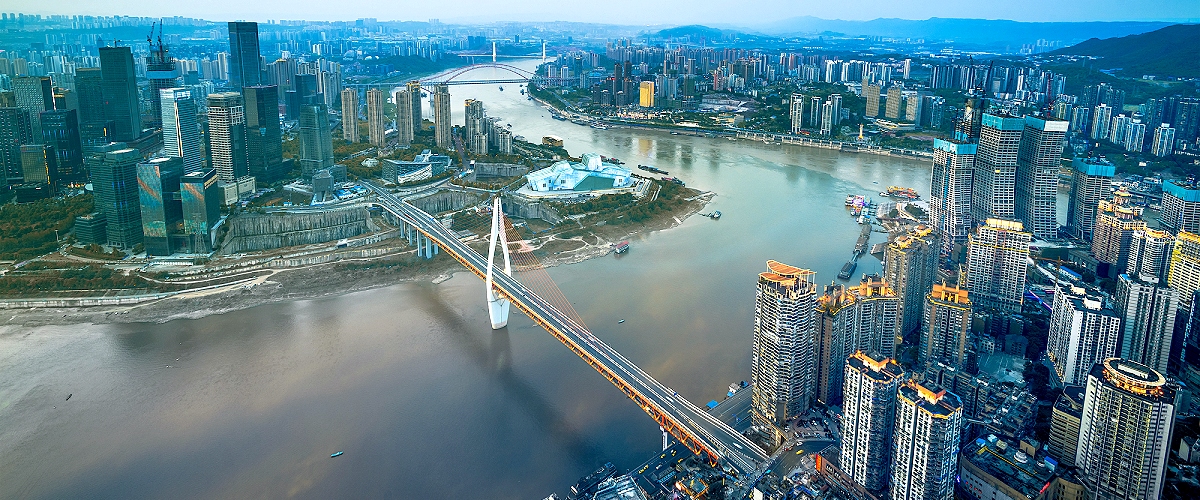
Chongqing 32,050,000
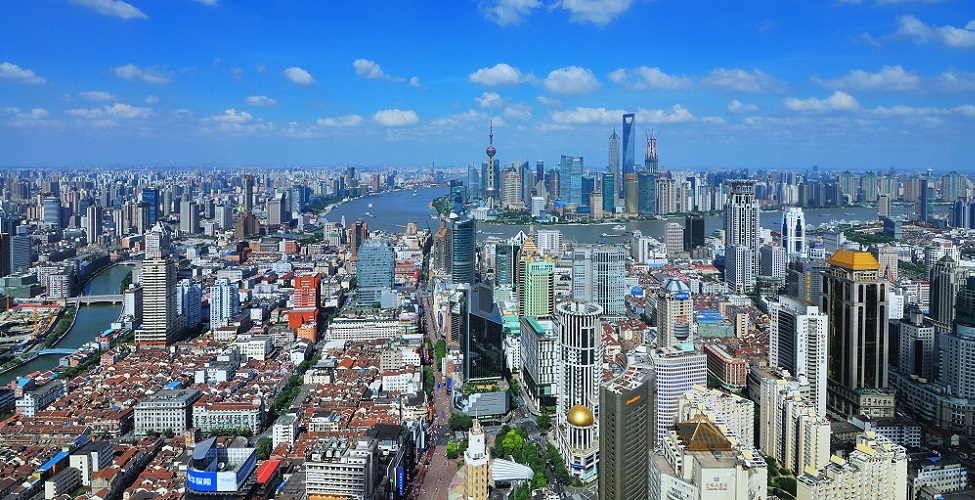
Shanghai 29,211,000
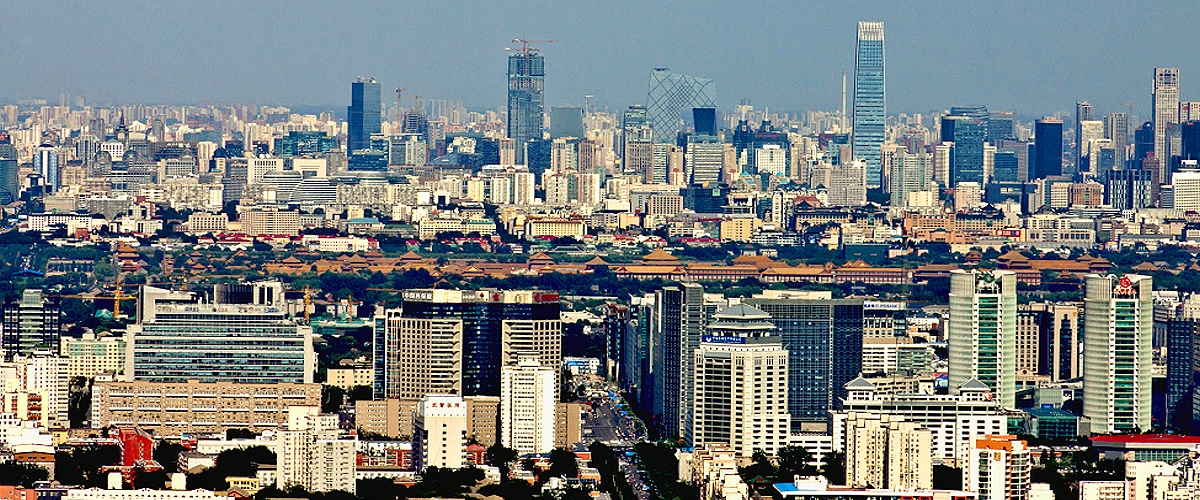
Beijing 21,890,000
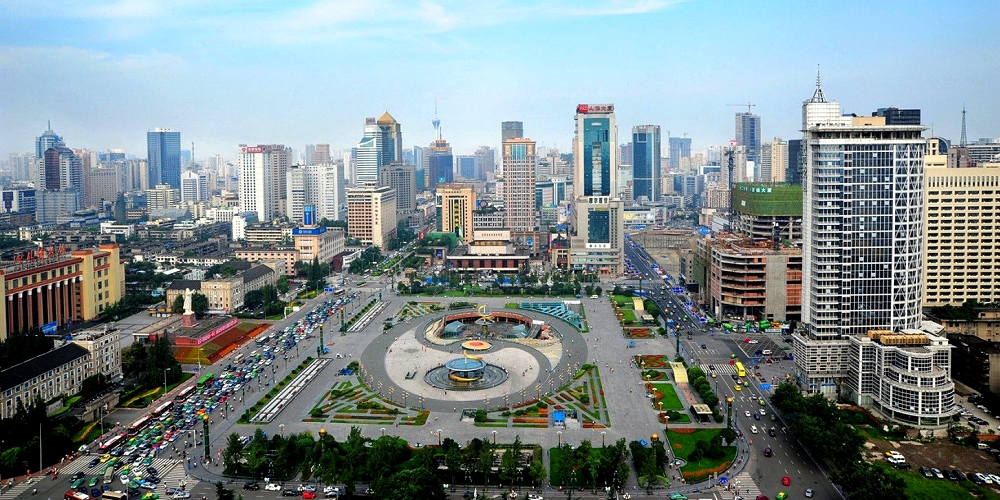
Chengdu 21,000,000
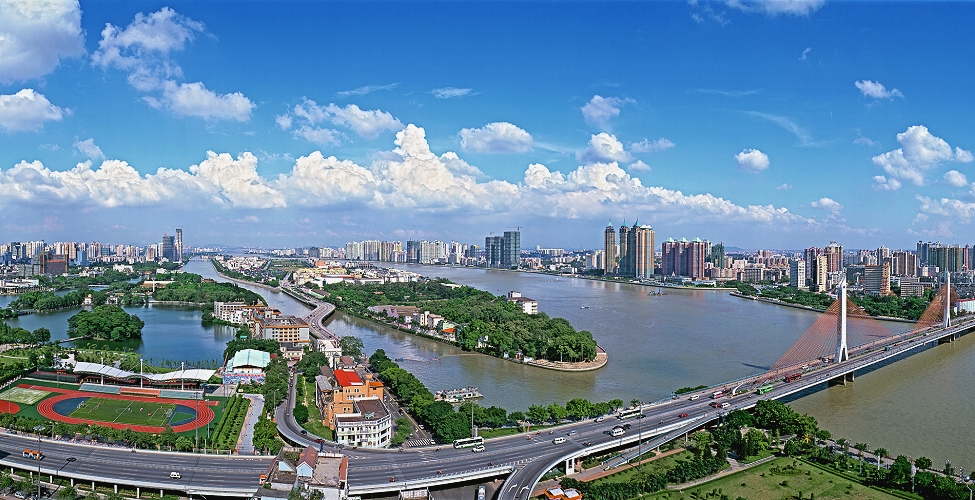
Guangzhou 18,700,000
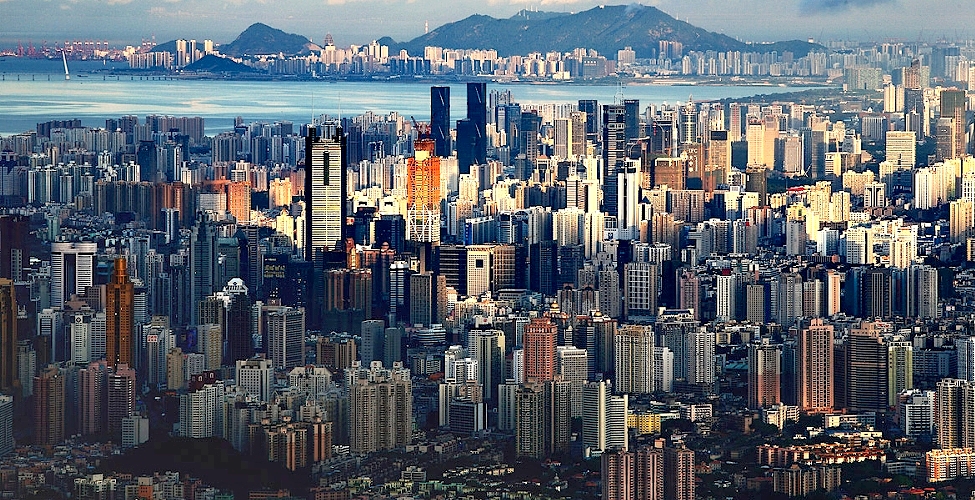
Shenzhen 17,580,000
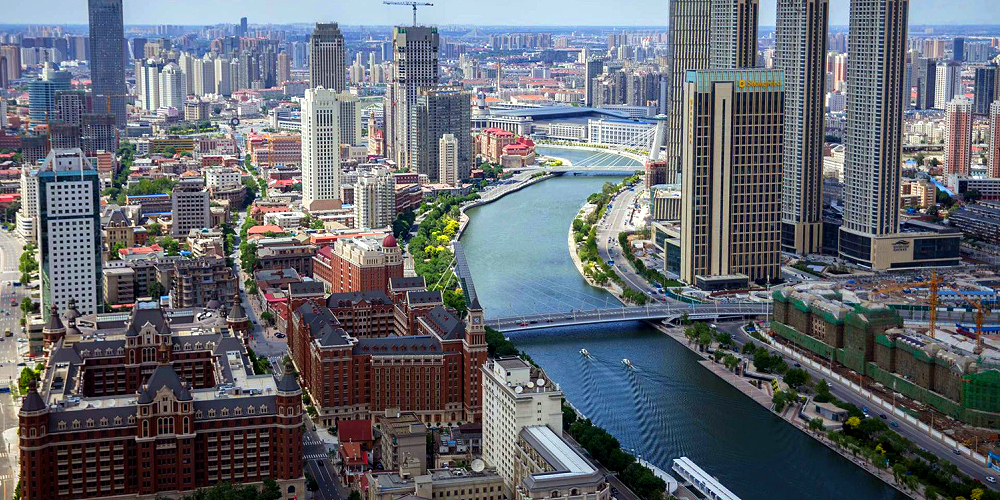
Tianjin 13,900,000
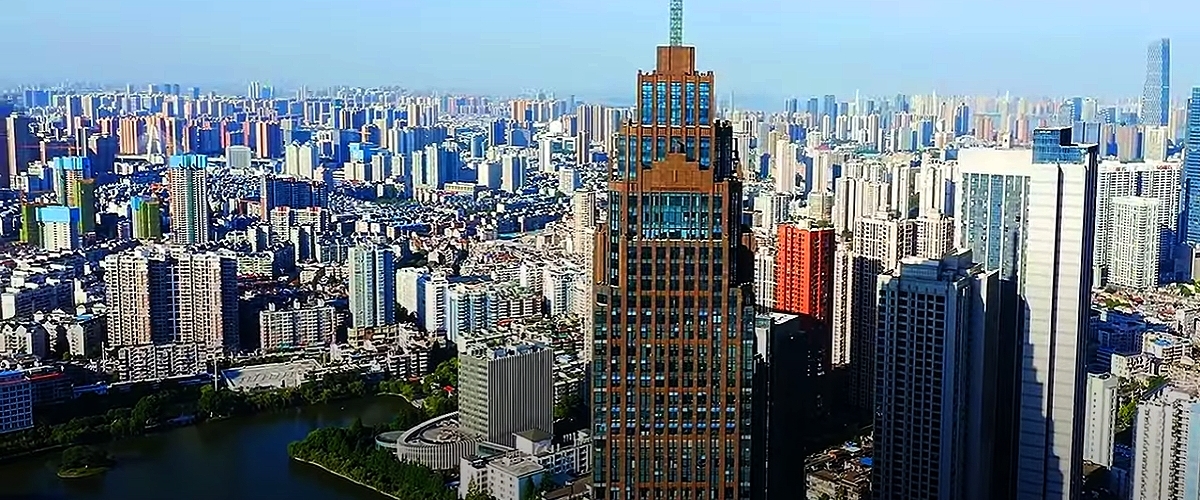
Wuhan 13,520,000
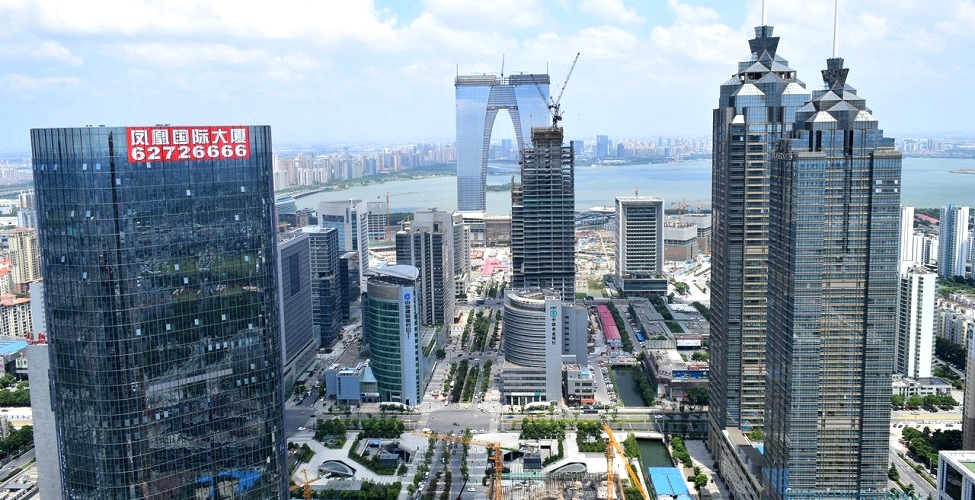
Suzhou 12,750,000
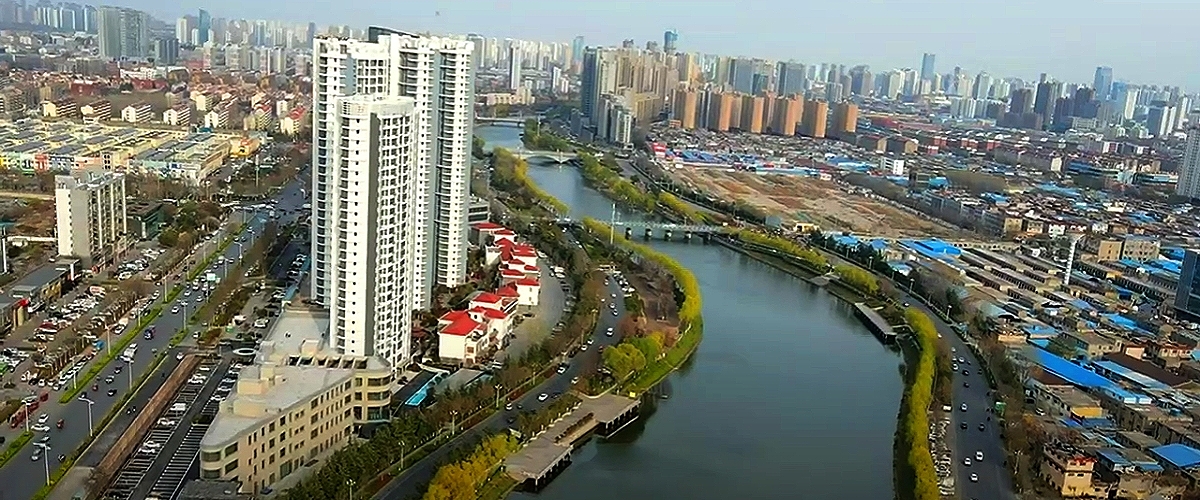
Linyi 11,000,000
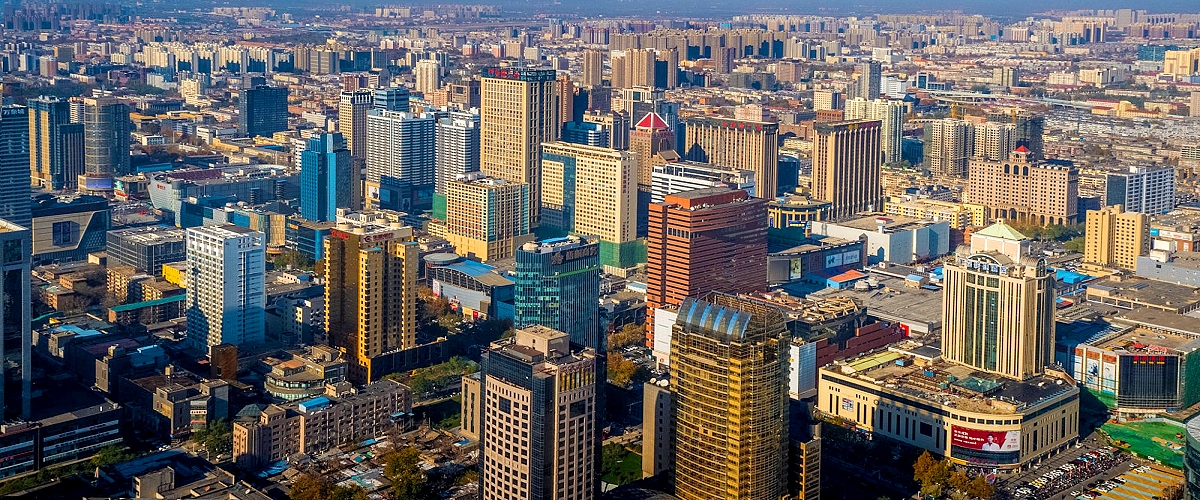
Shijiazhuang 10,400,000
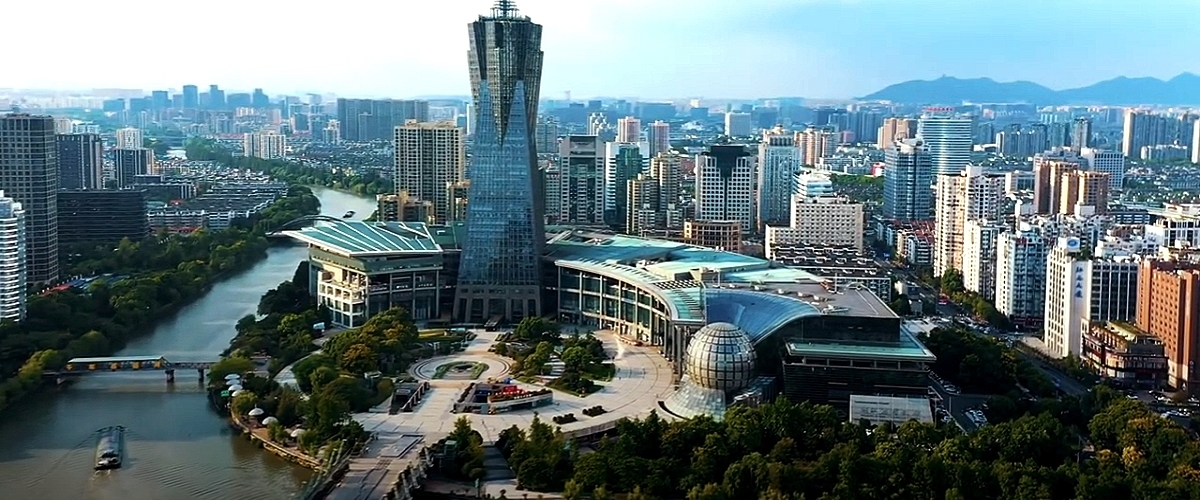
Hangzhou 10,360,000
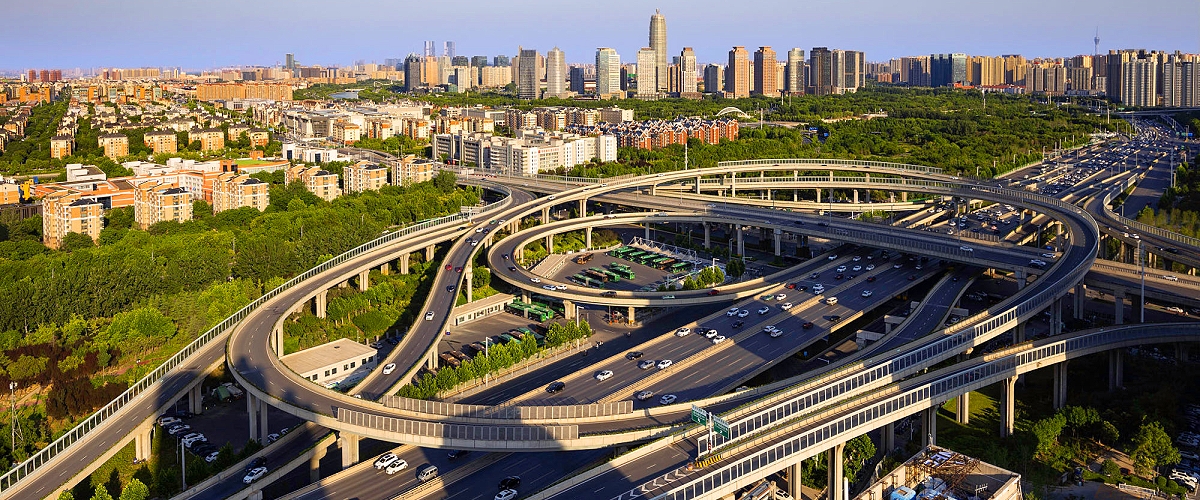
Zhengzhou 10,350,000
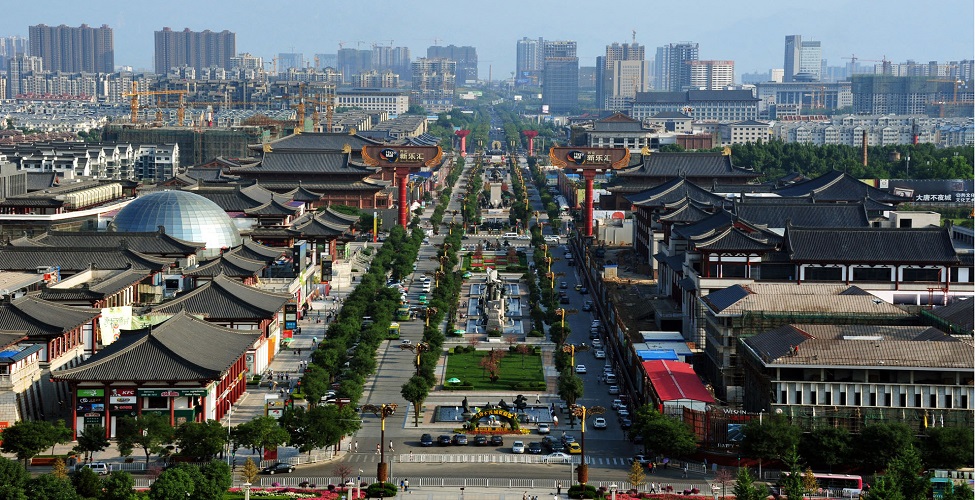
Xi'an 10,200,000
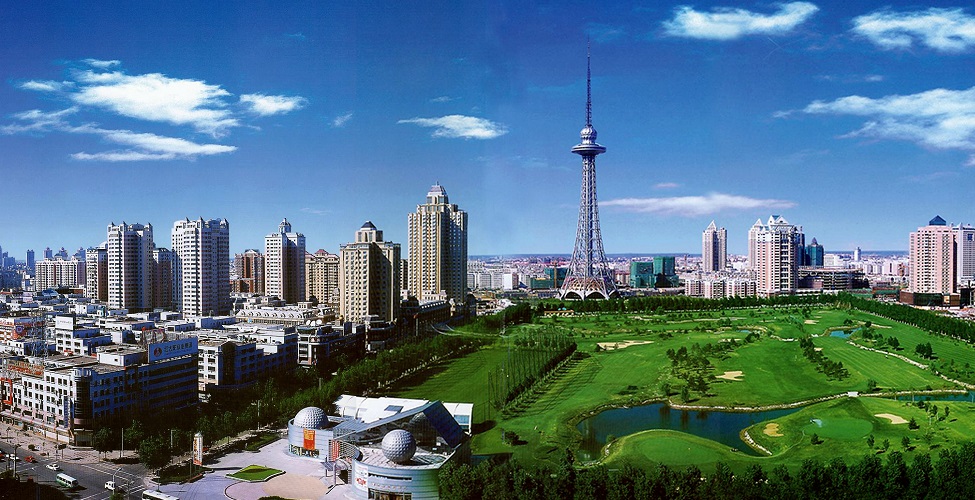
Harbin 10,100,000
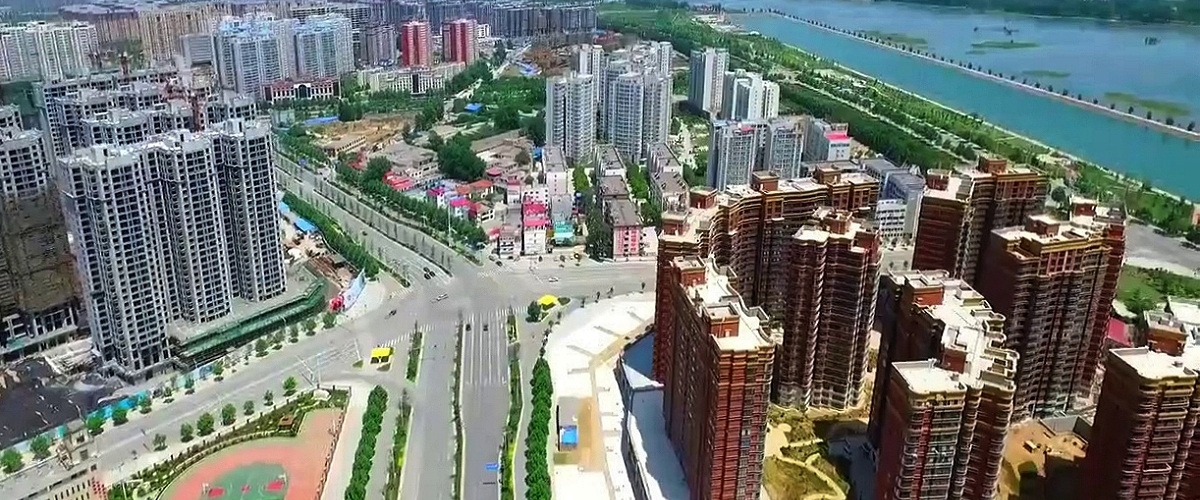
Nanyang 10,100,000
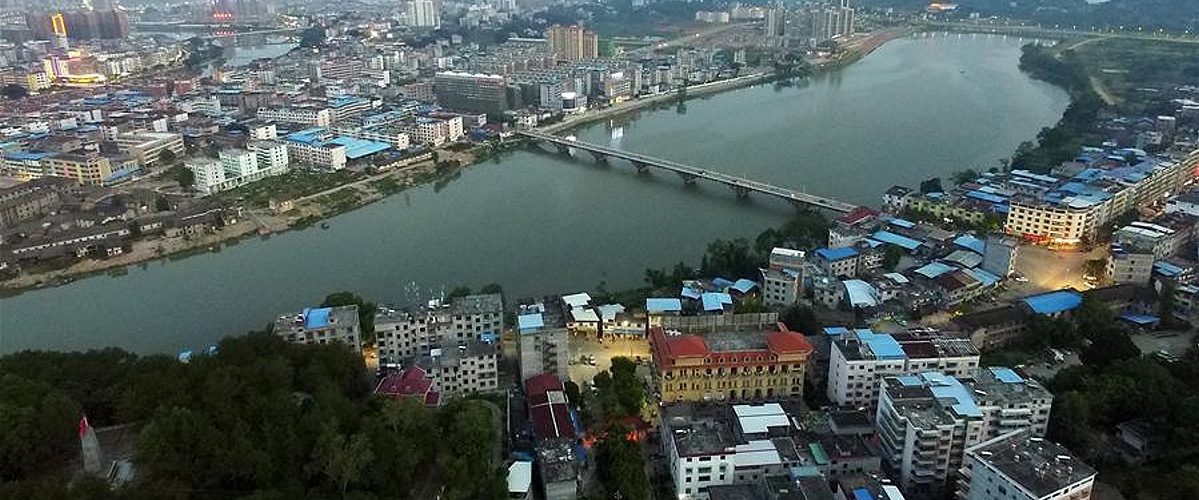
Ganzhou 9,830,000
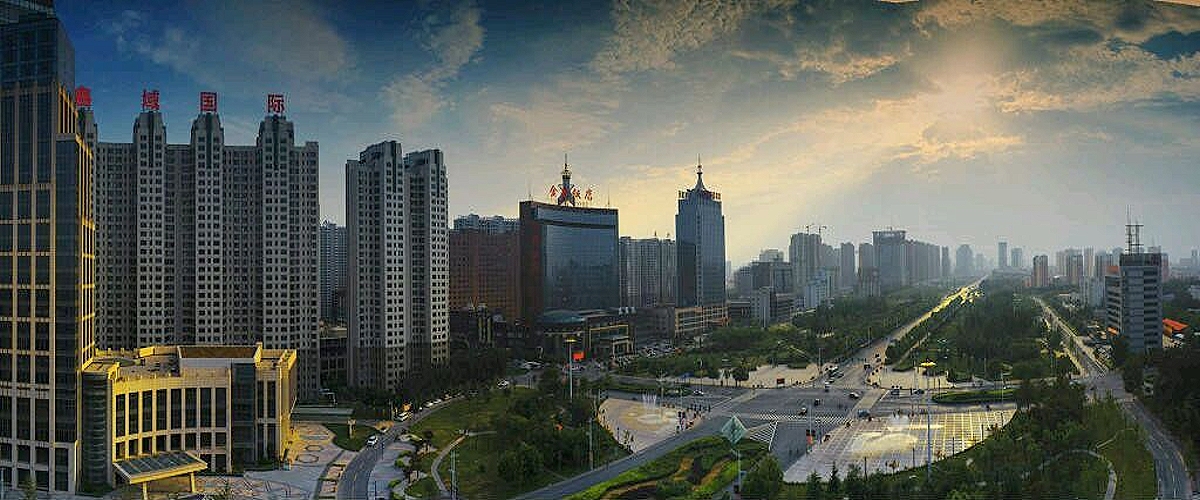
Handan 9,550,000
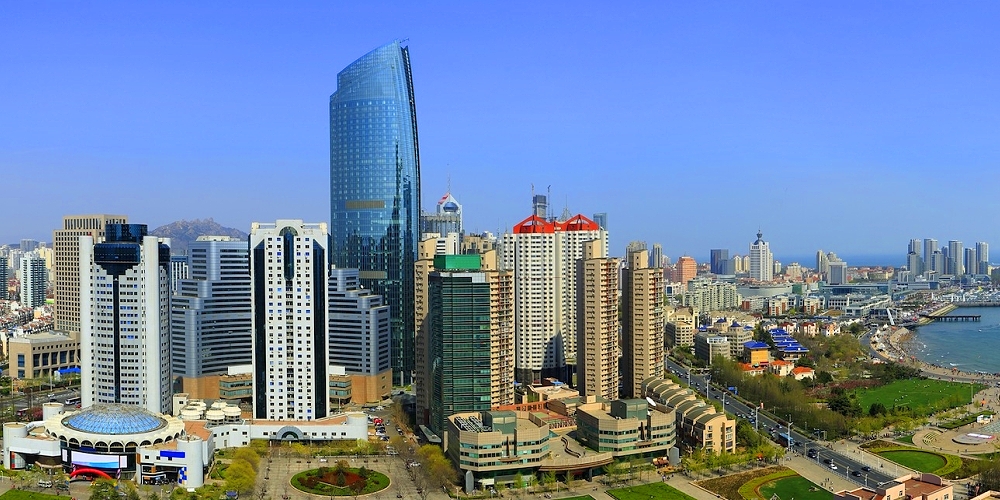
Qingdao 9,500,000
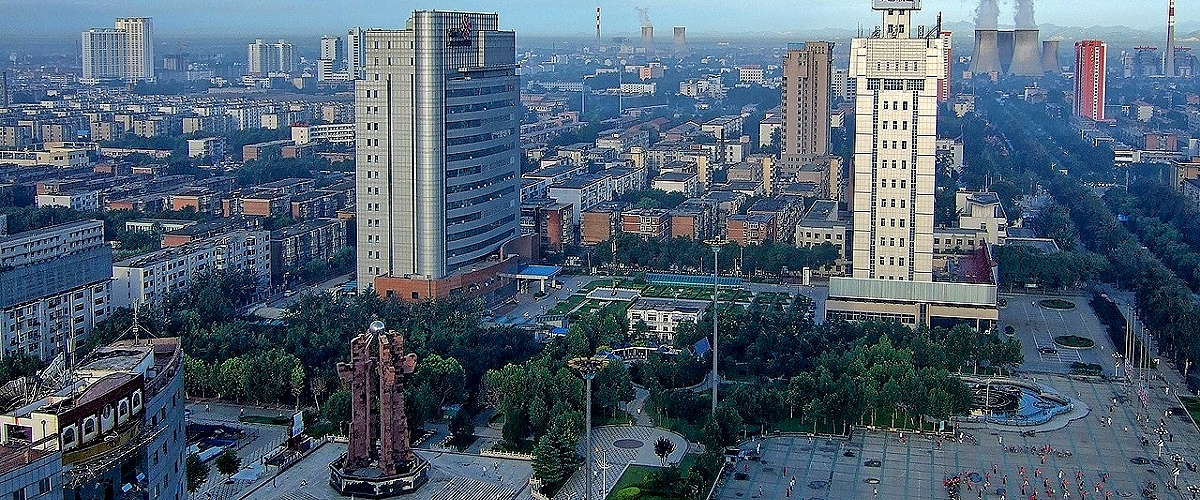
Baoding 9,400,000
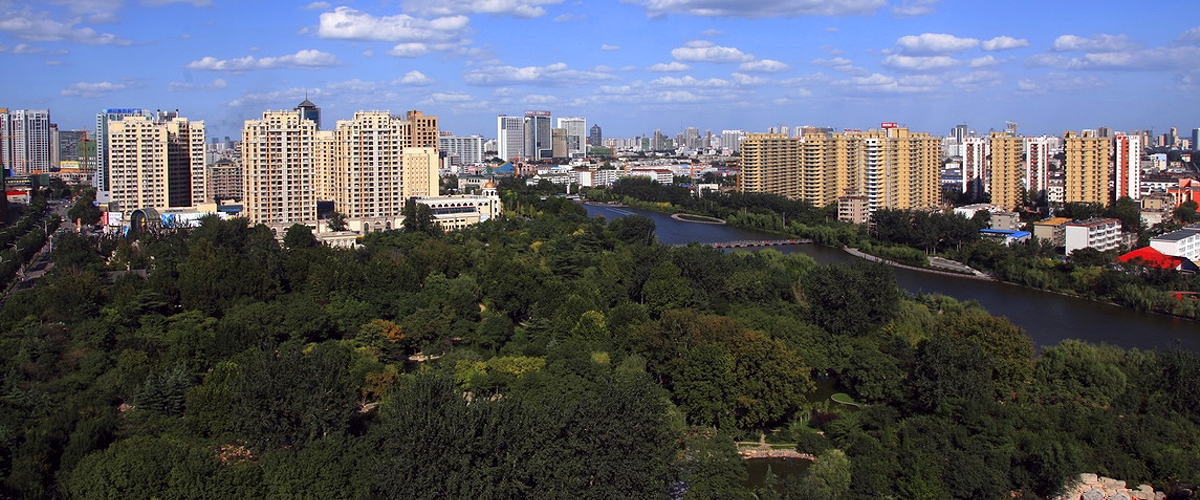
Weifang 9,350,000
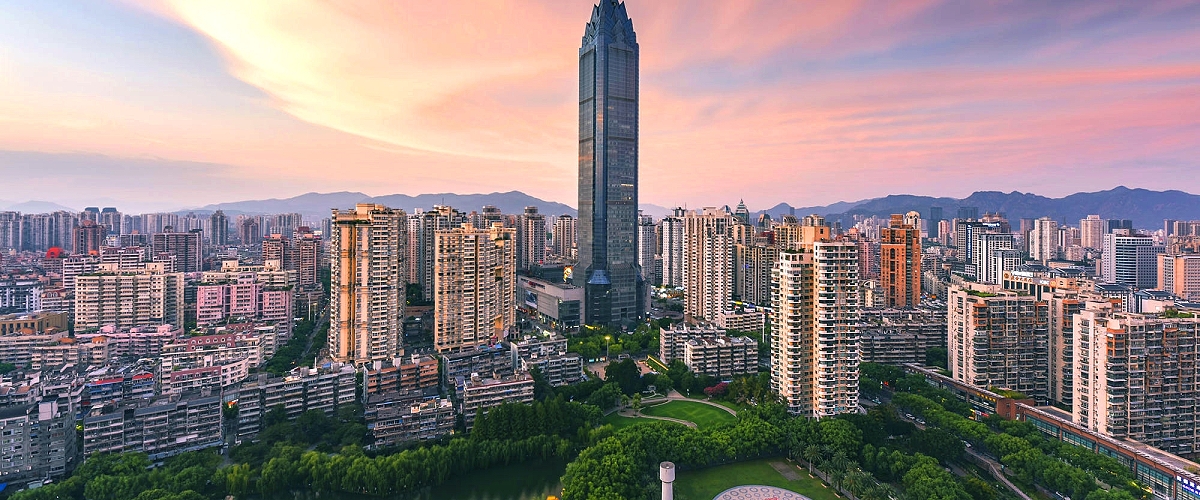
Wenzhou 9,300,000
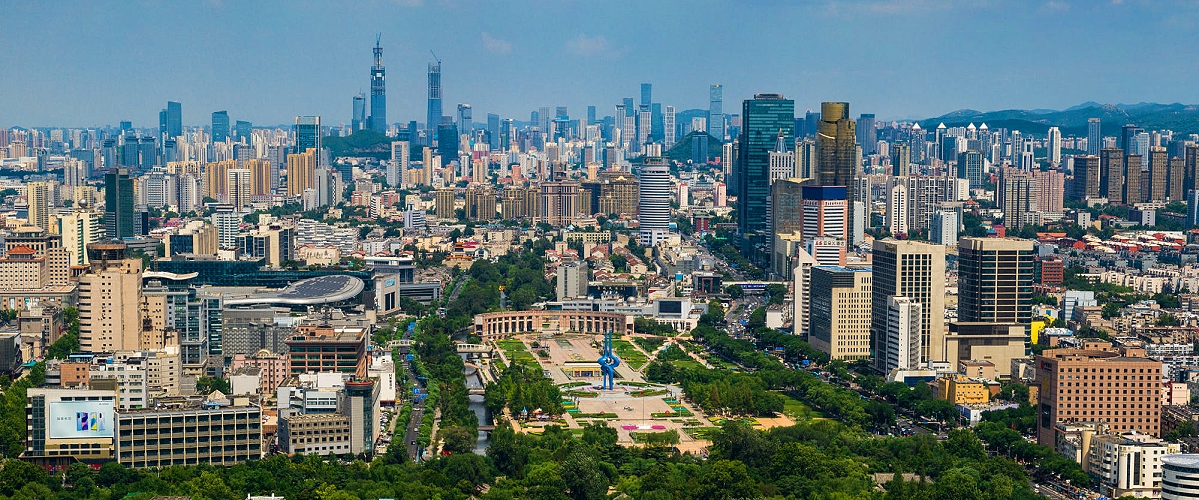
Jinan 8,910,000
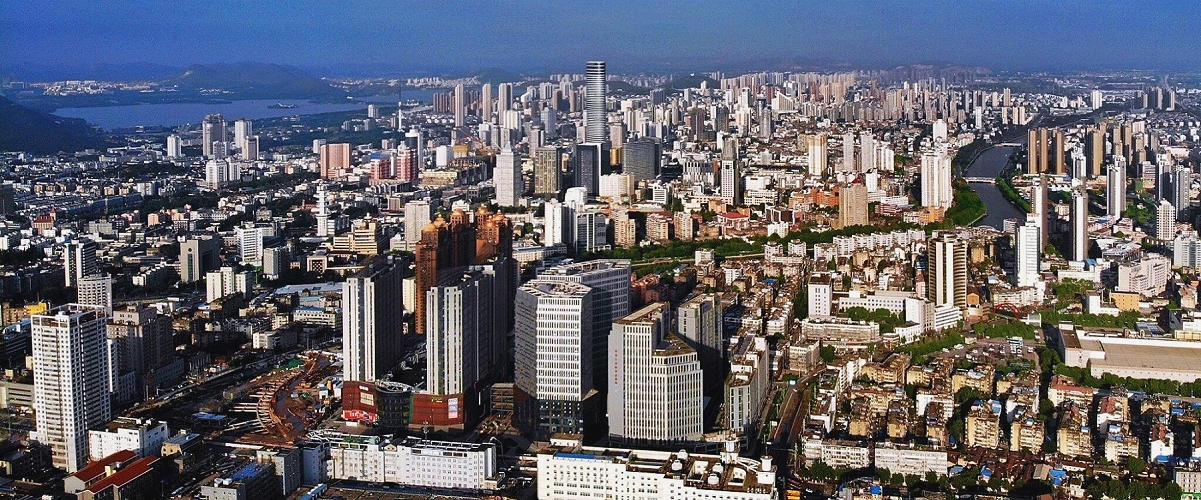
Xuzhou 8,830,000
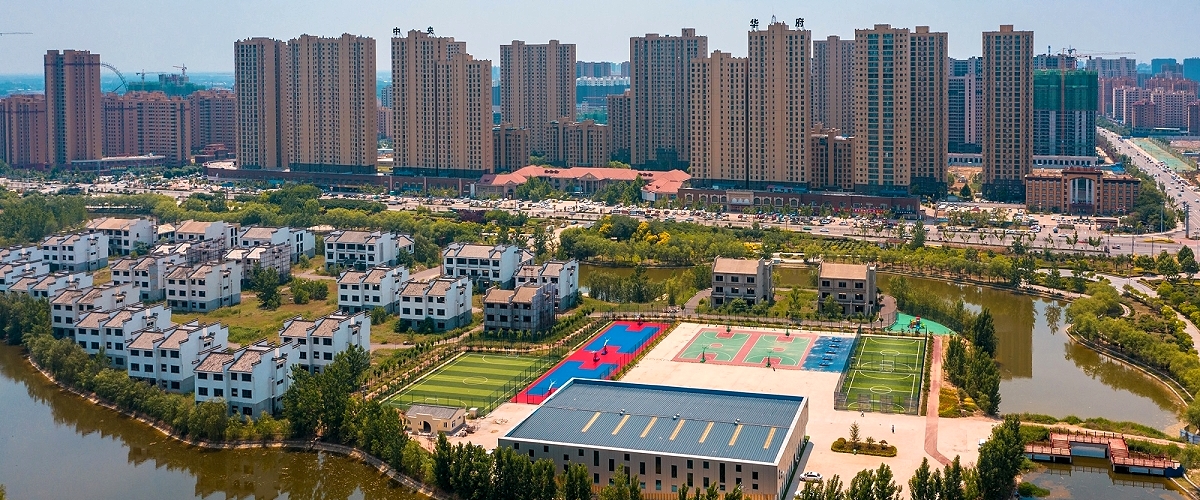
Heze 8,780,000
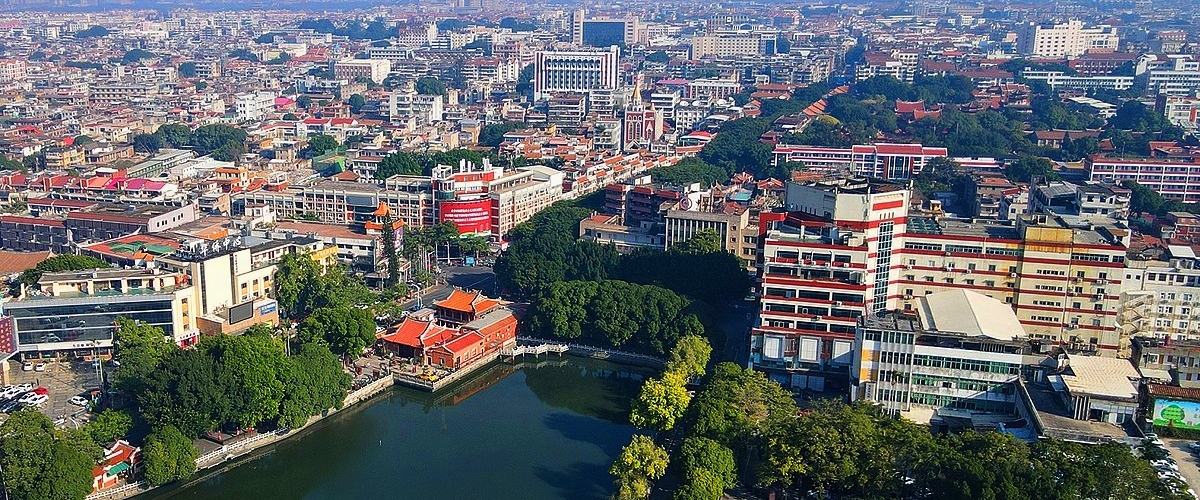
Quanzhou 8,740,000
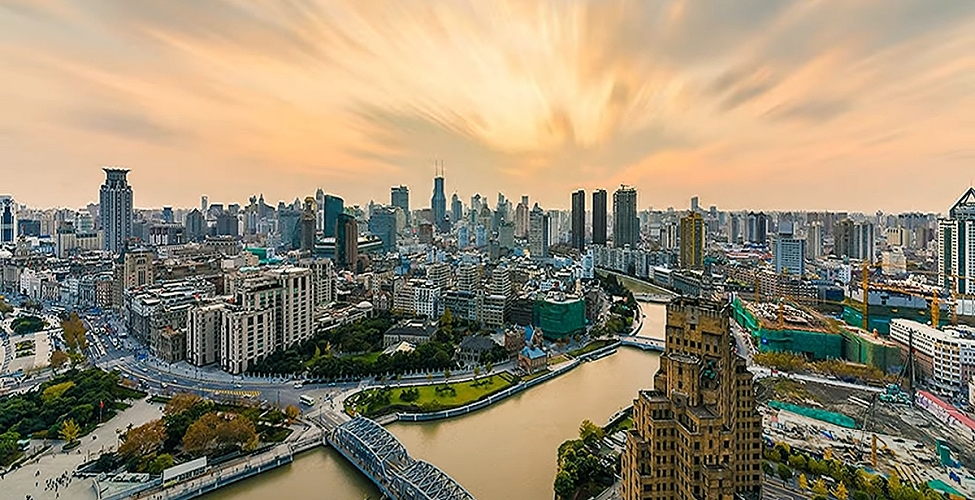
Zhoukou 8,660,000
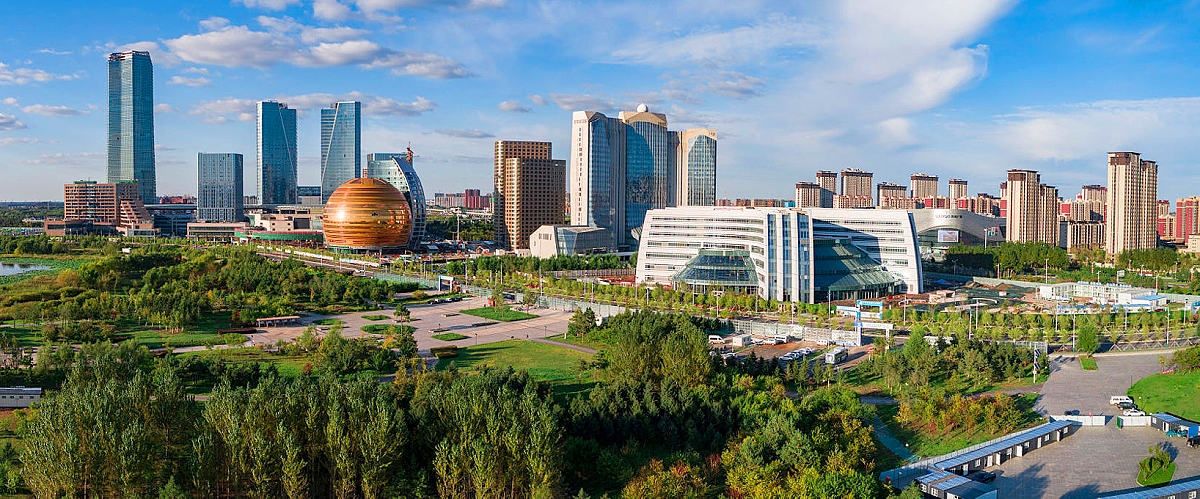
Changchun 8,540,000
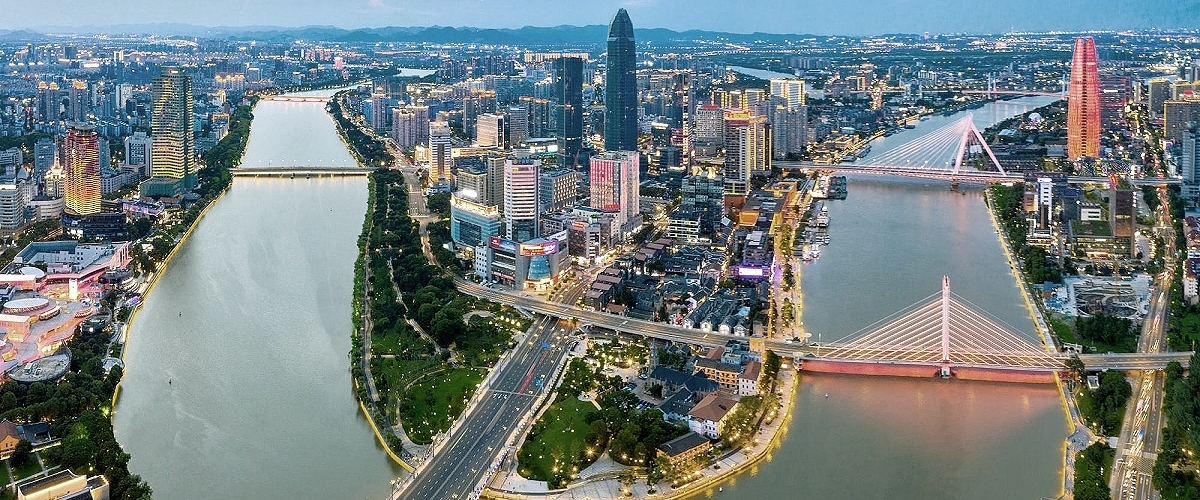
Ningbo 8,540,000
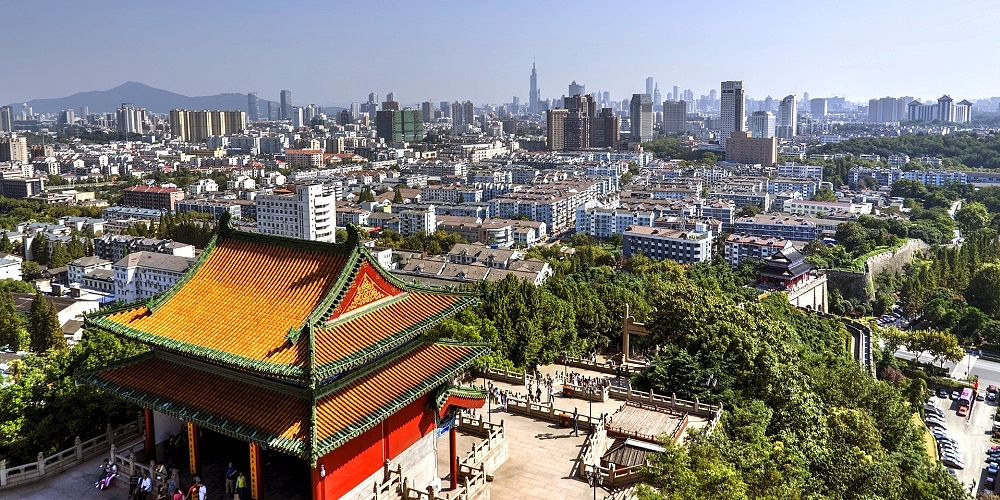
Nanjing 8,500,000
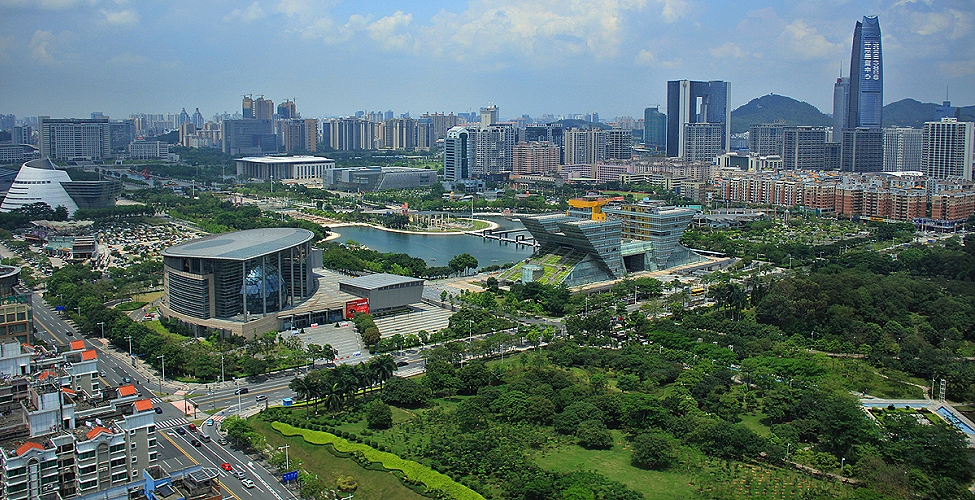
Donguan 8,460,000
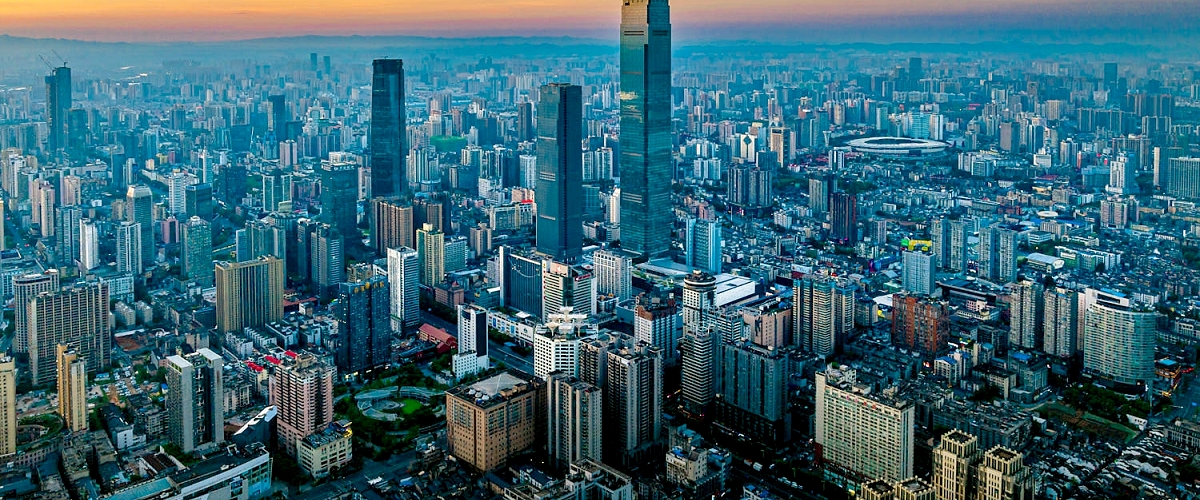
Changsha 8,390,000
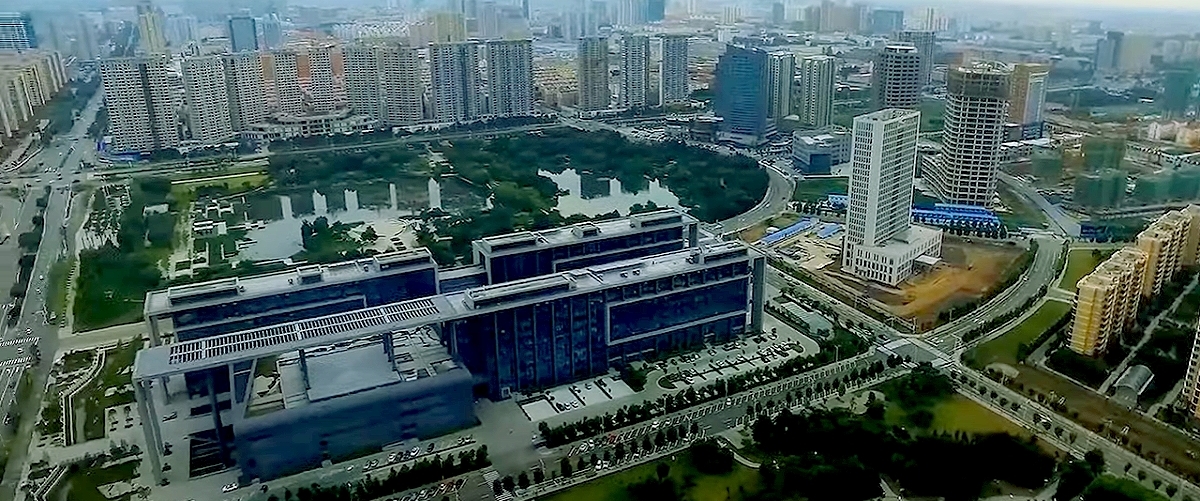
Jining 8,370,000

Shenyang 8,320,000
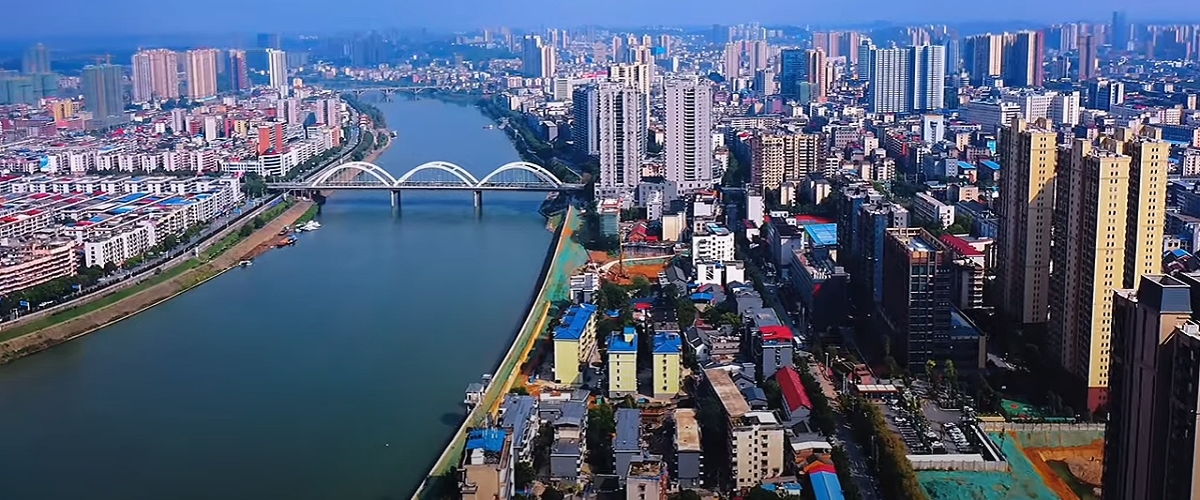
Shaoyang 8,280,000
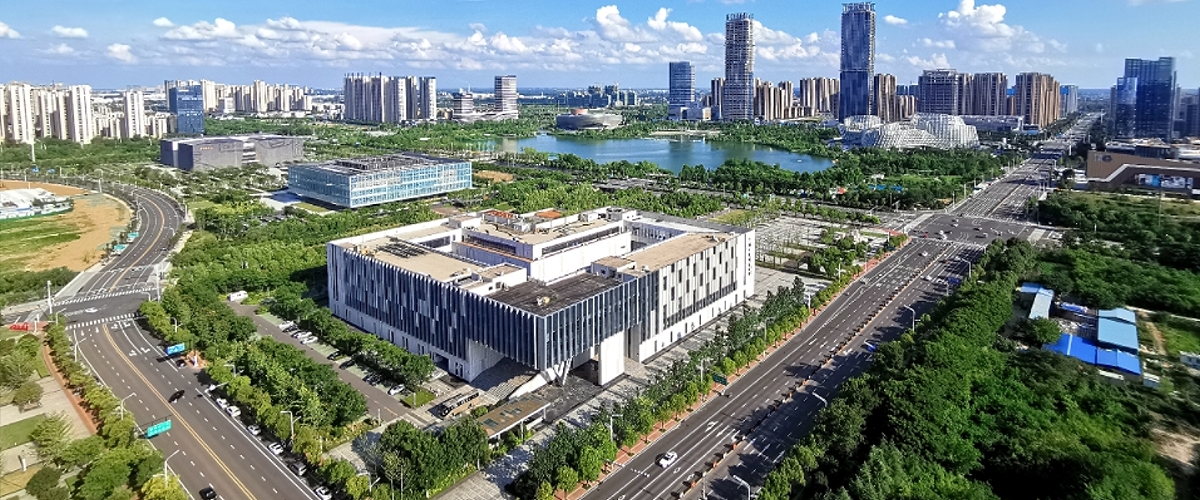
Fuyang 8,260,000
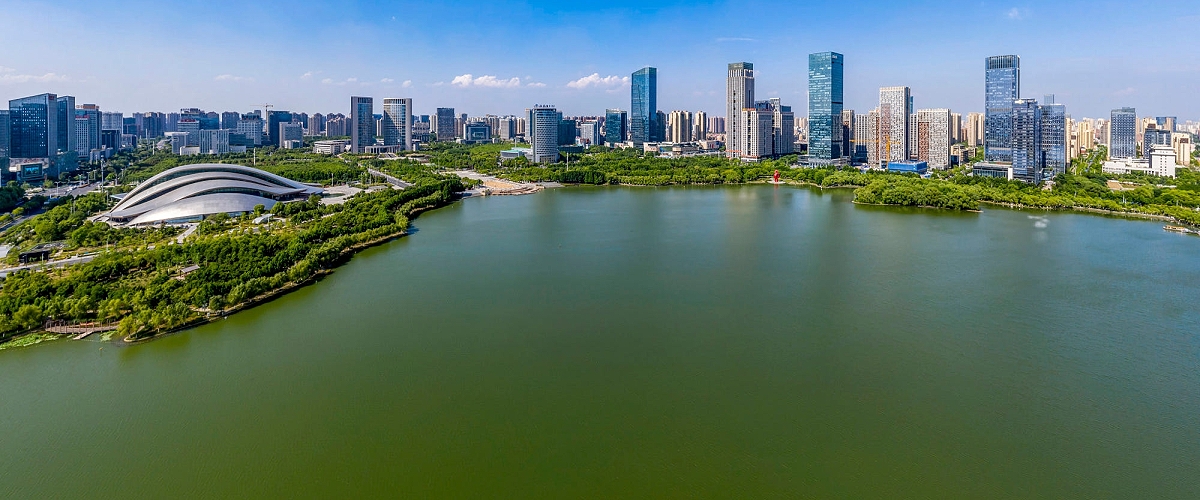
Hefei 8,190,000
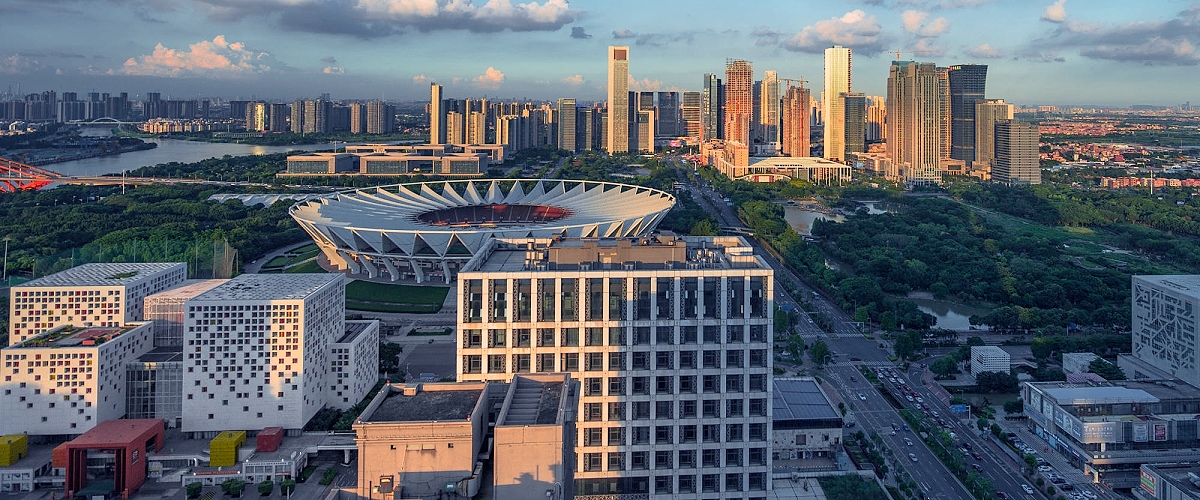
Foshan 8,160,000
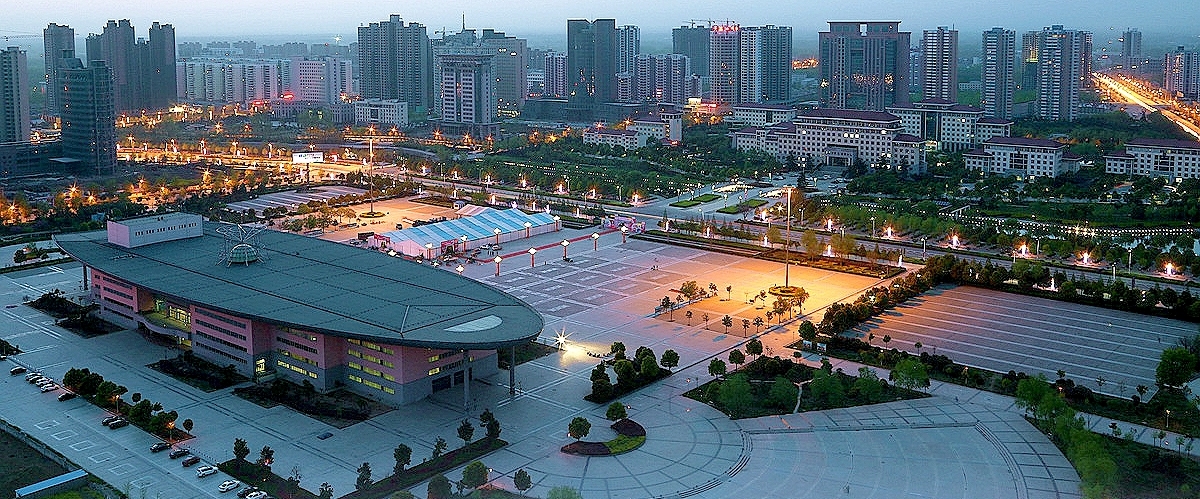
Zhumadian 8,050,000
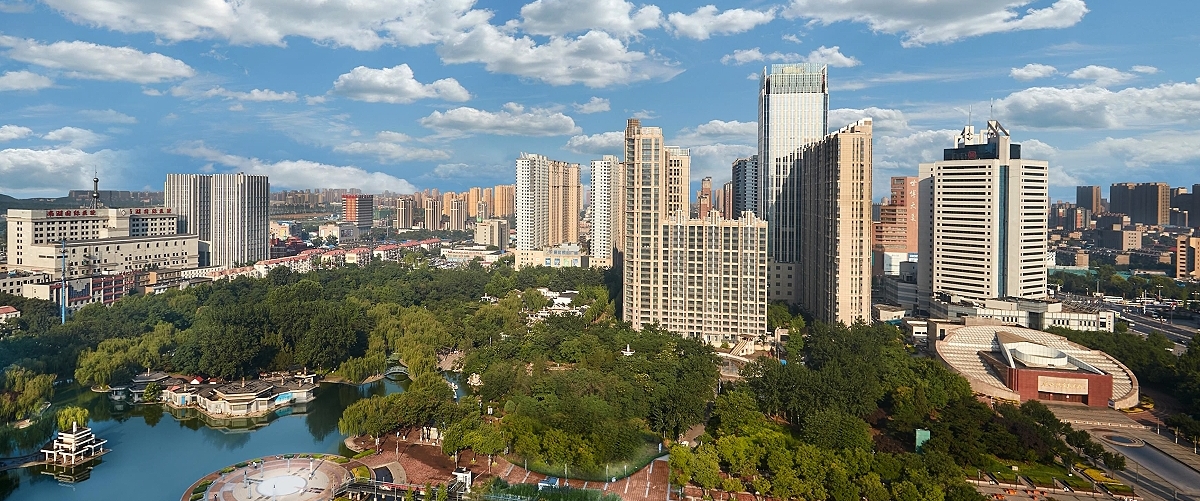
Tangshan 7,960,000
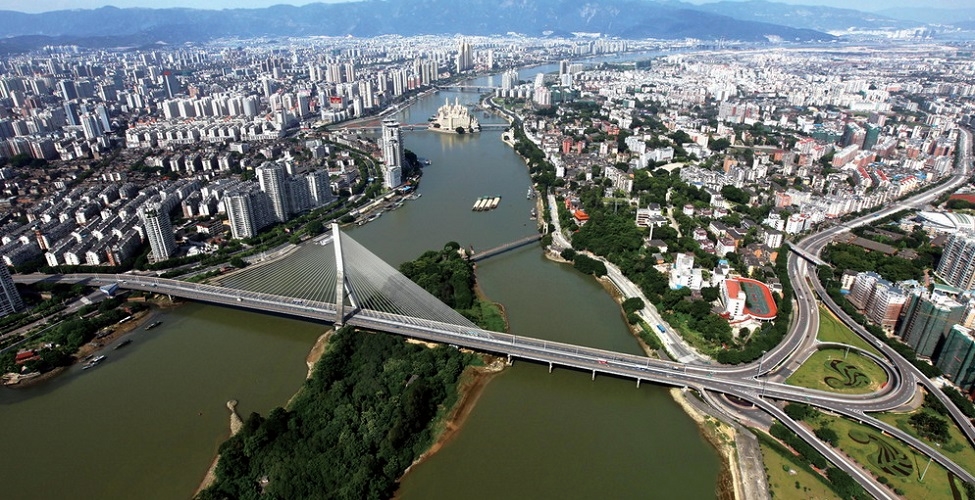
Fuzhou 7,800,000
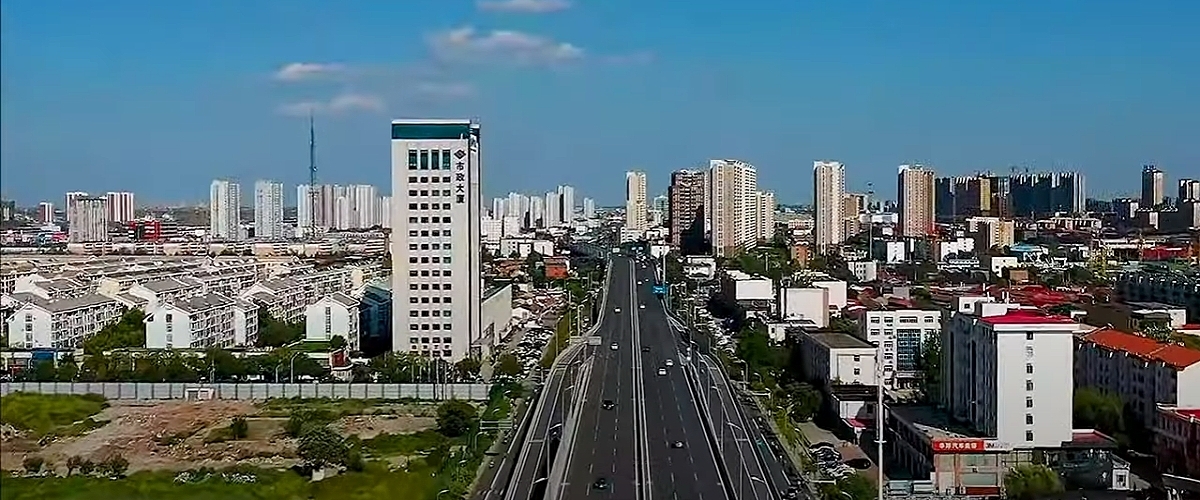
Cangzhou 7,540,000
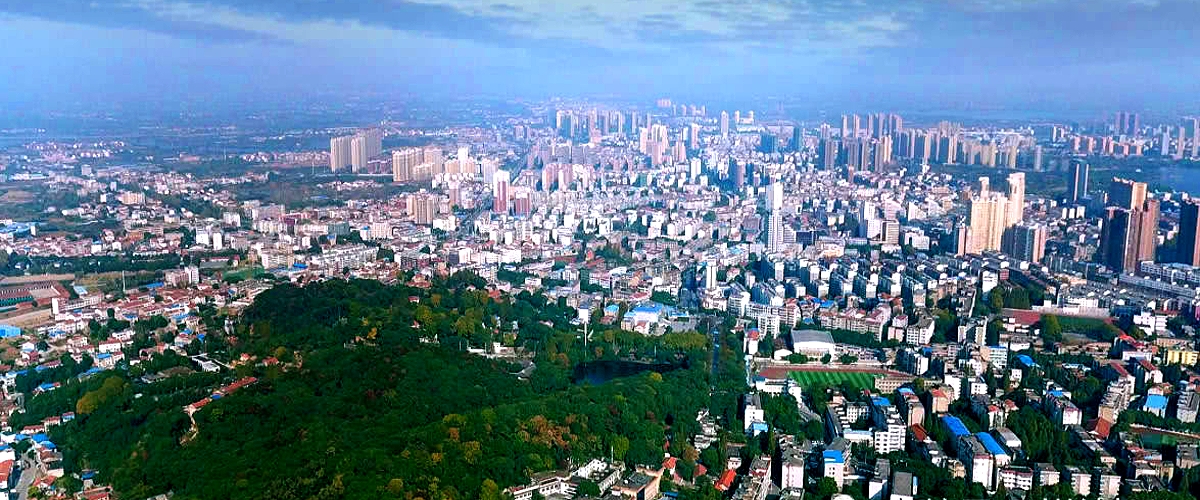
Huanggang 7,500,000
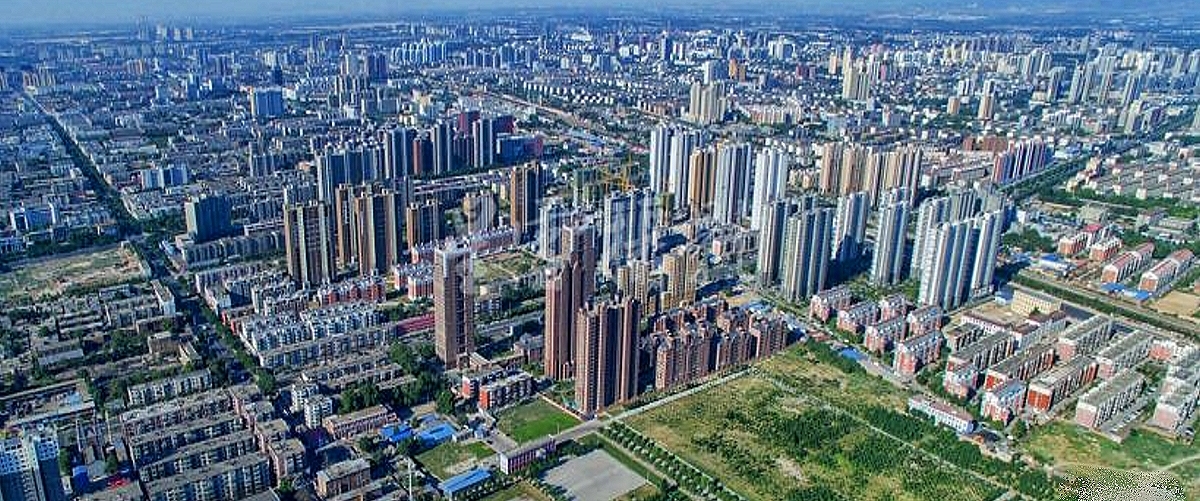
Xingtai 7,400,000
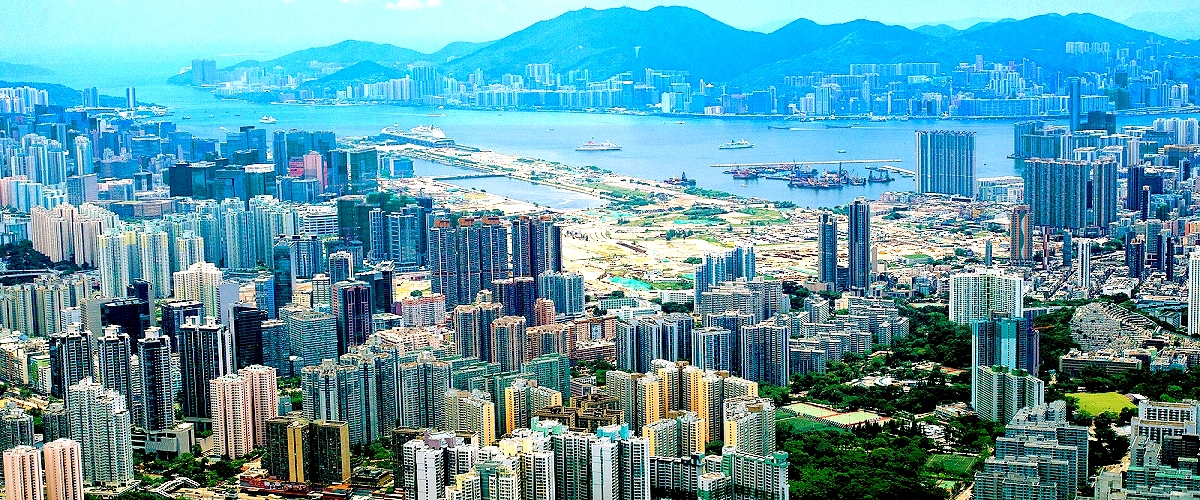
Hong Kong 7,400,000
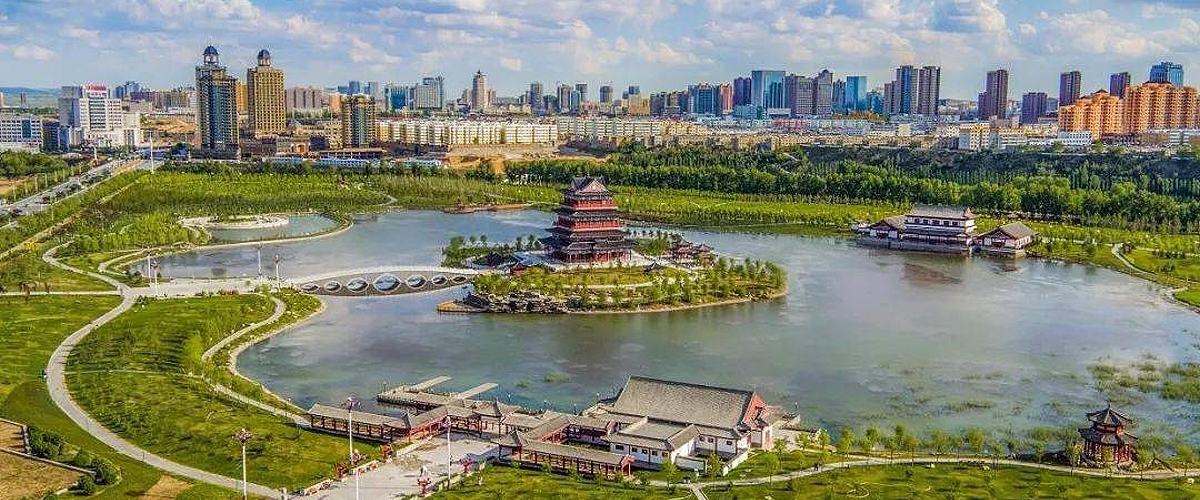
Yulin 7,370,000
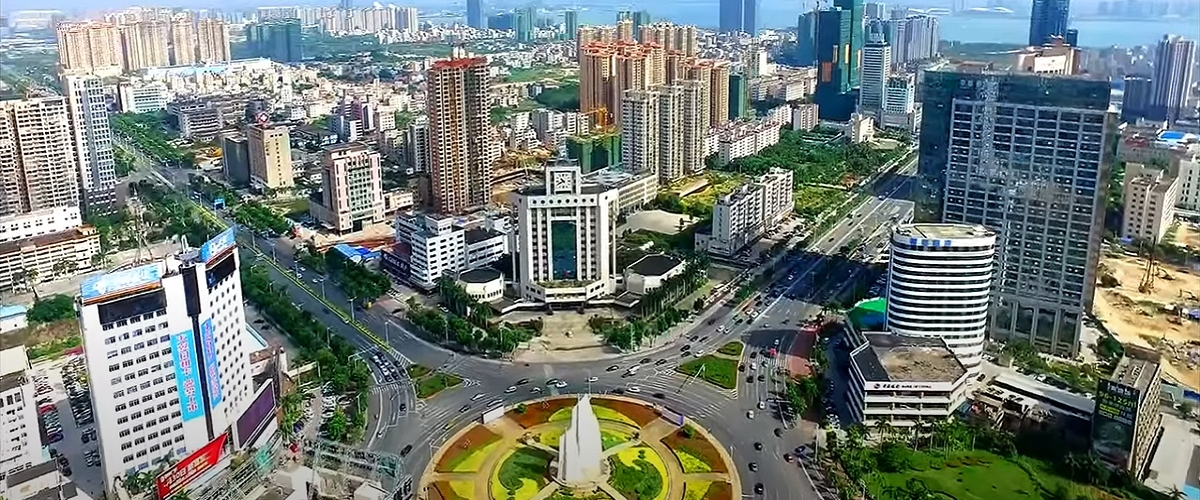
Zhanjiang 7,360,000
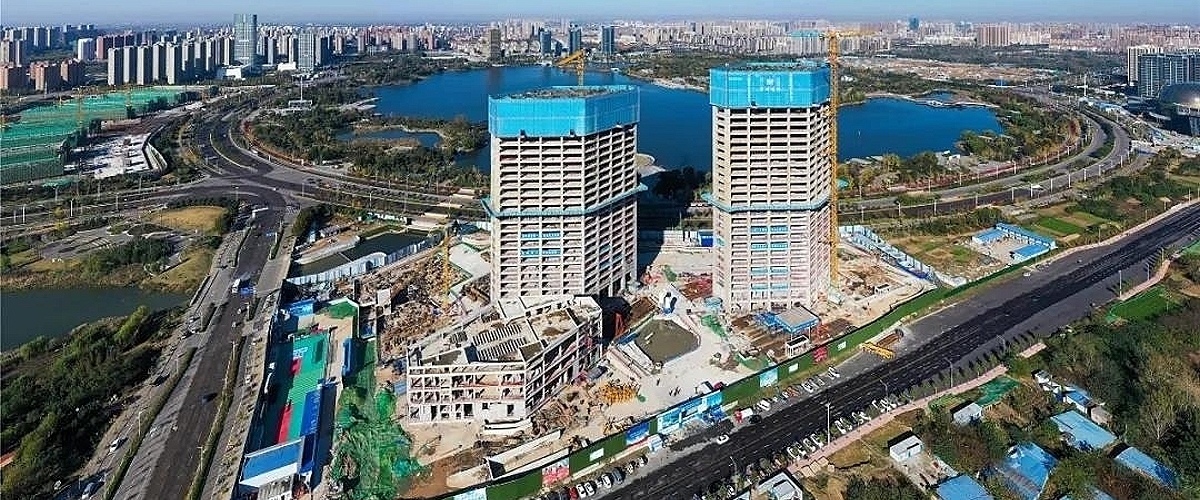
Shangqiu 7,330,000
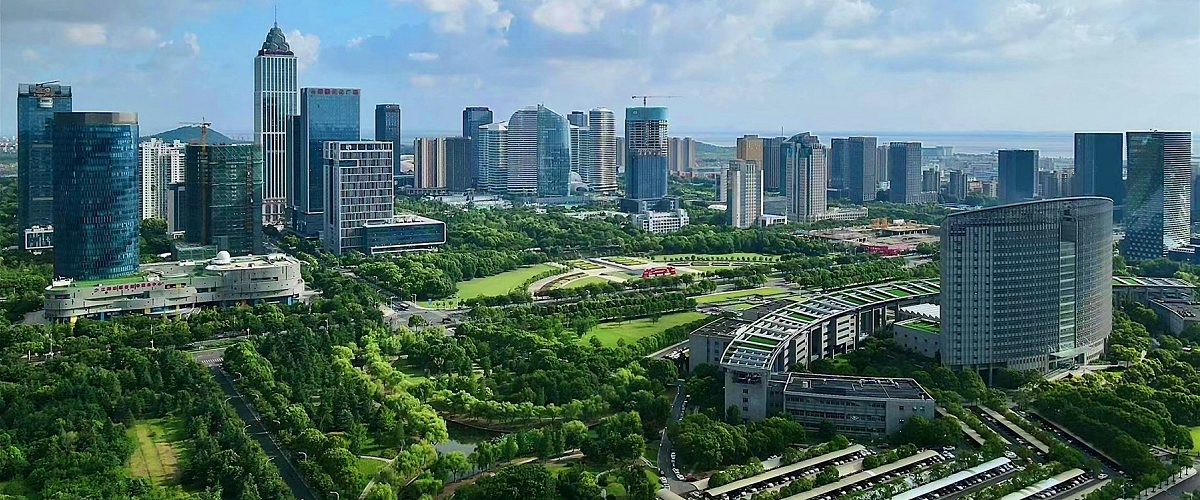
Nantong 7,320,000
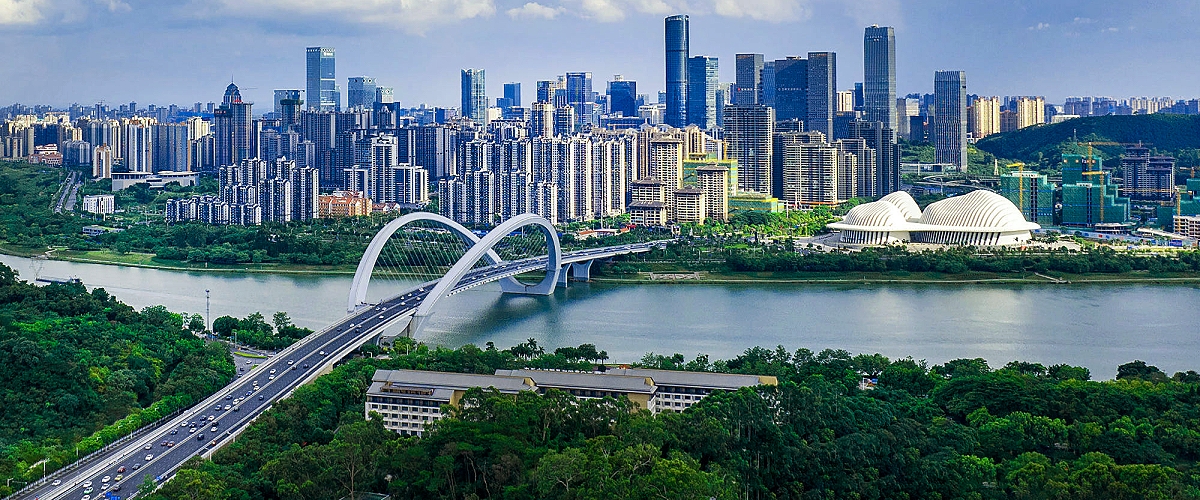
Nanning 7,250,000
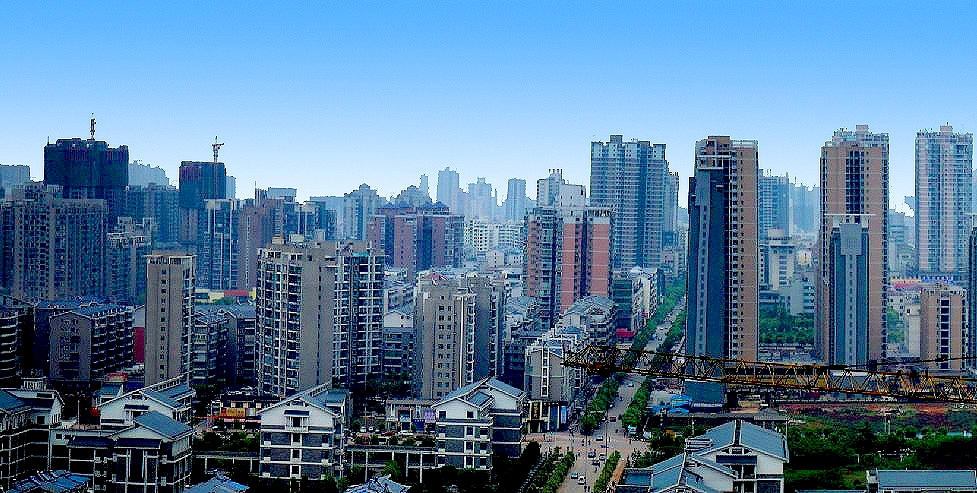
Hengyang 7,240,000
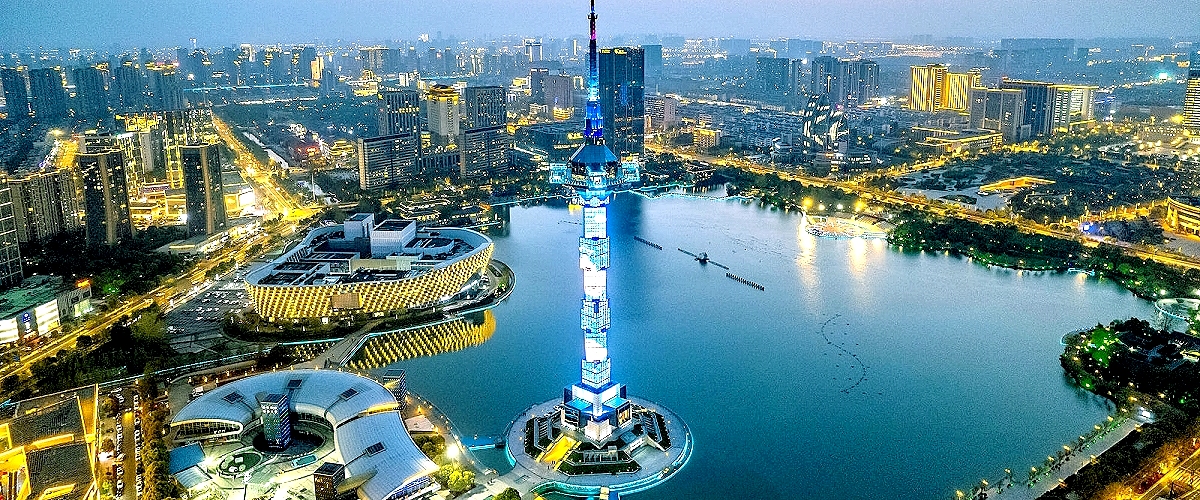
Yancheng 7,200,000
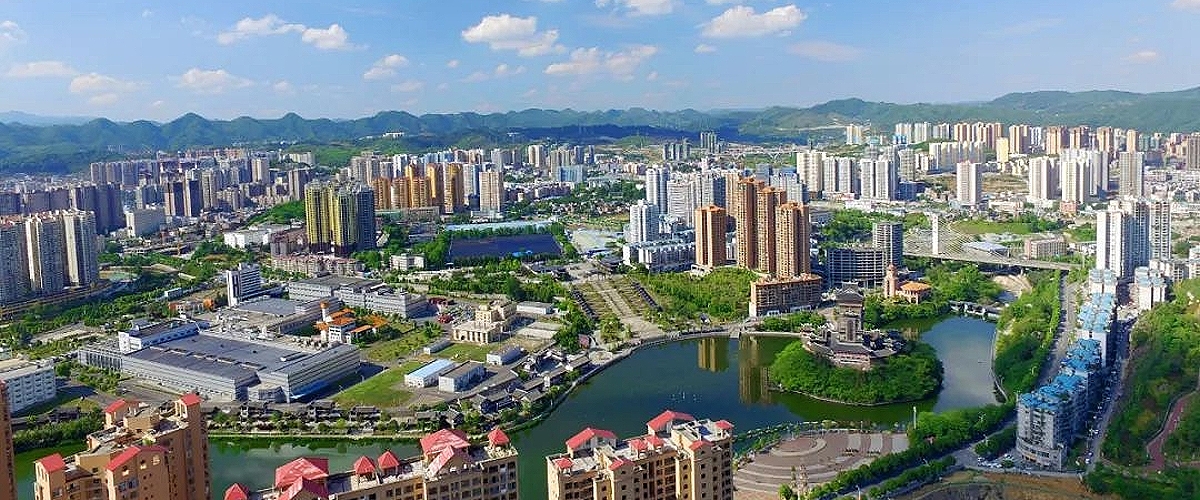
Bijie 6,900,000
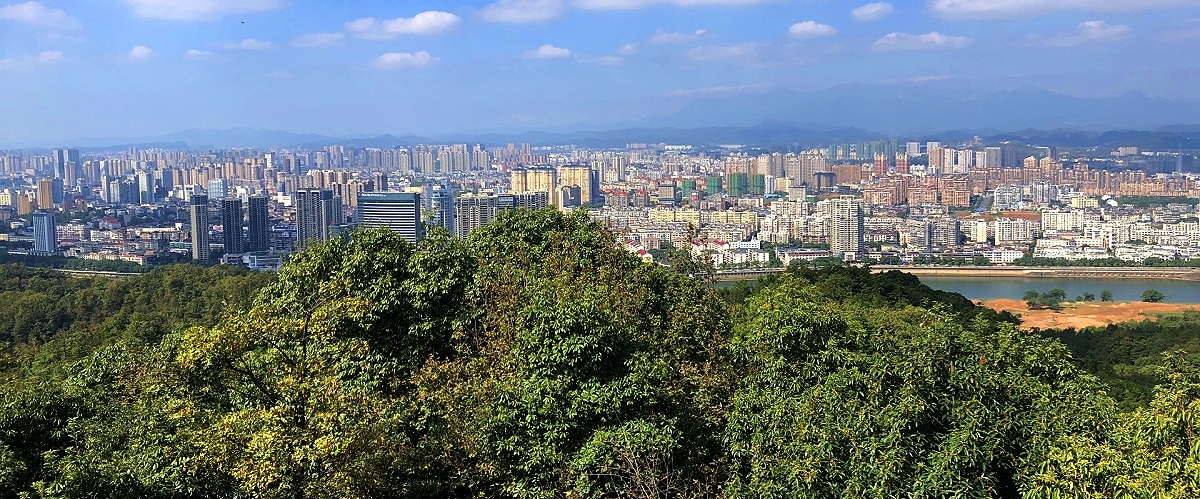
Shangrao 6,811,000
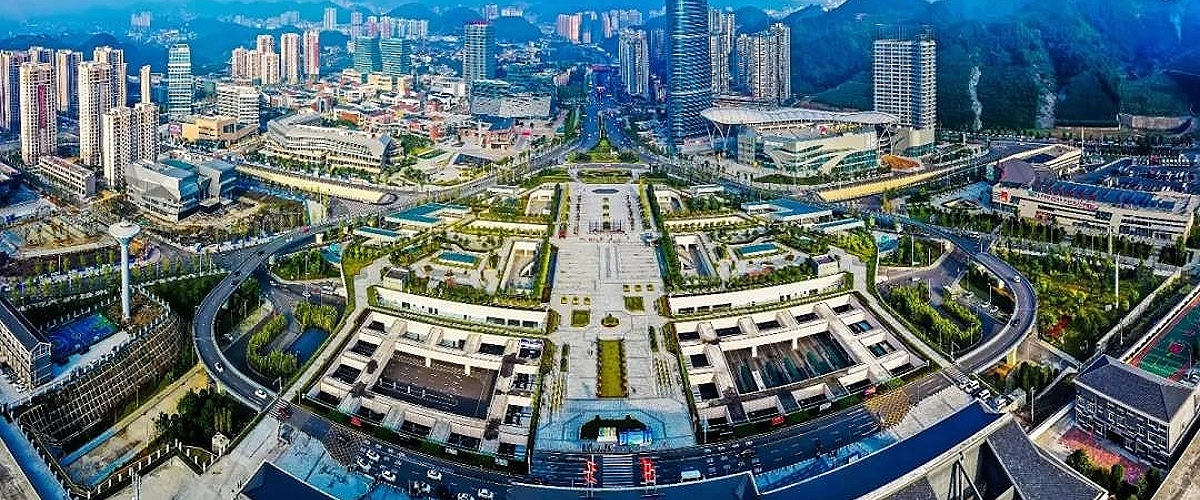
Zunyi 6,607,000
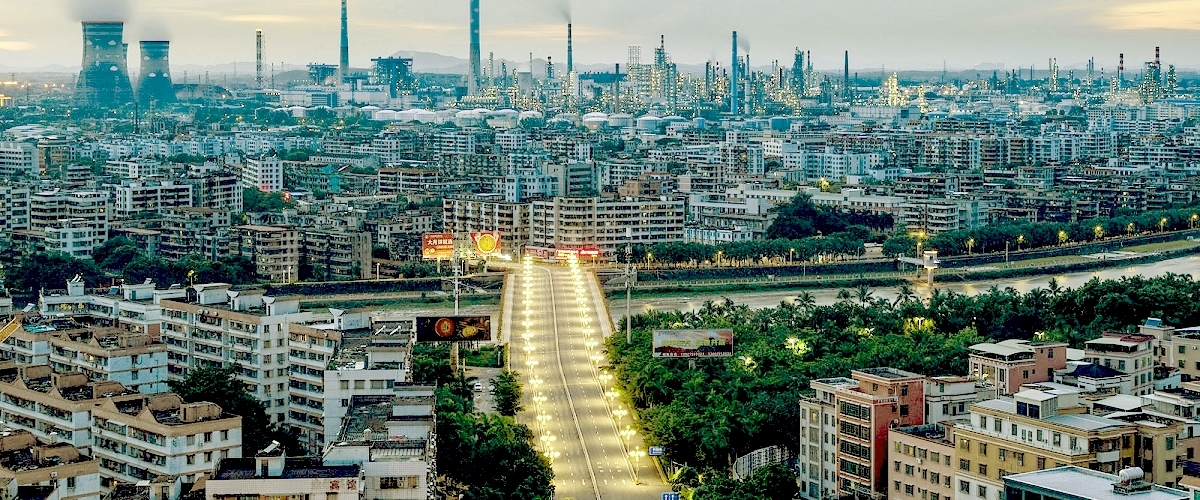
Maoming 6,313,000
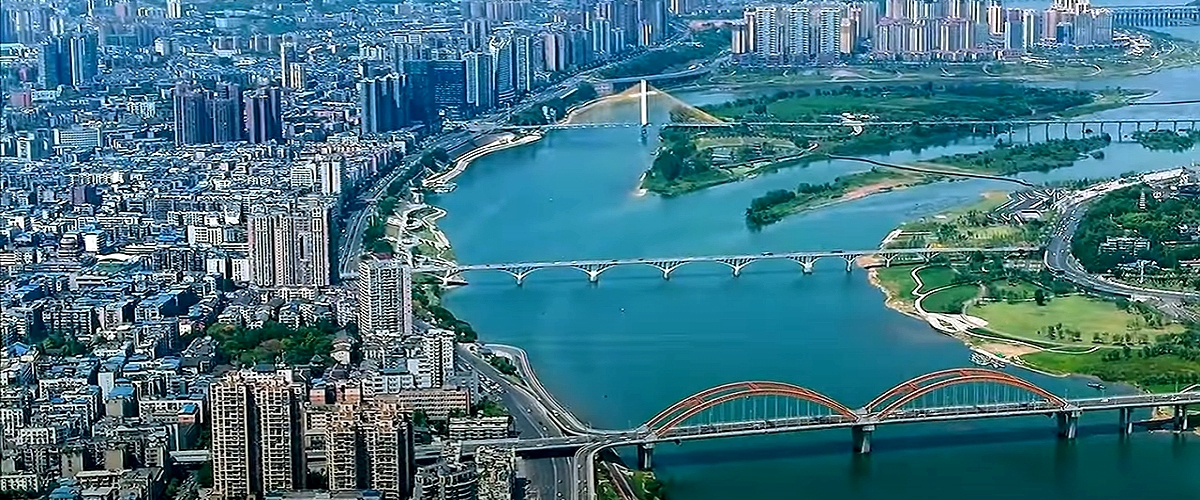
Nanchong 6,279,000
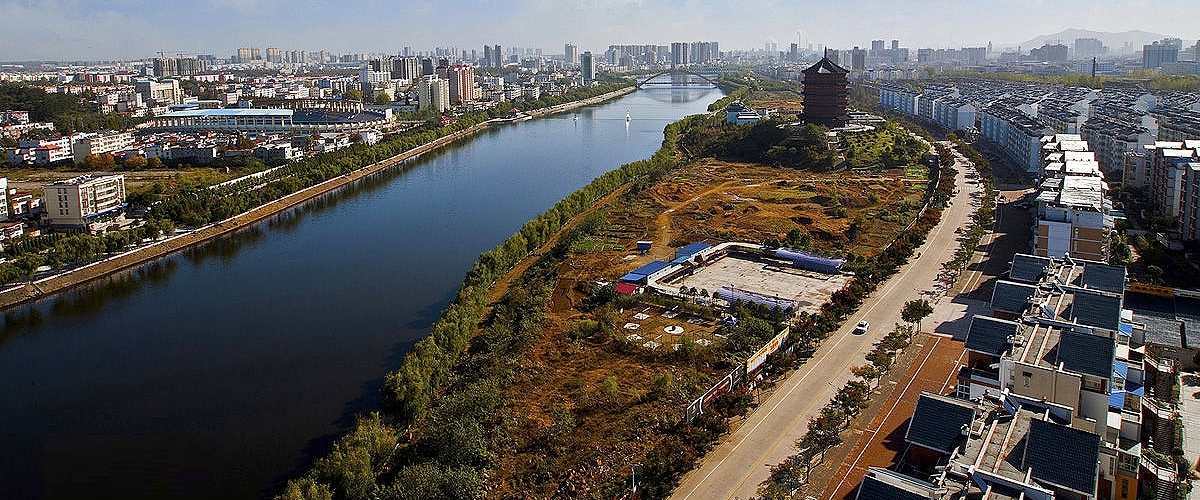
Xinyang 6,234,000
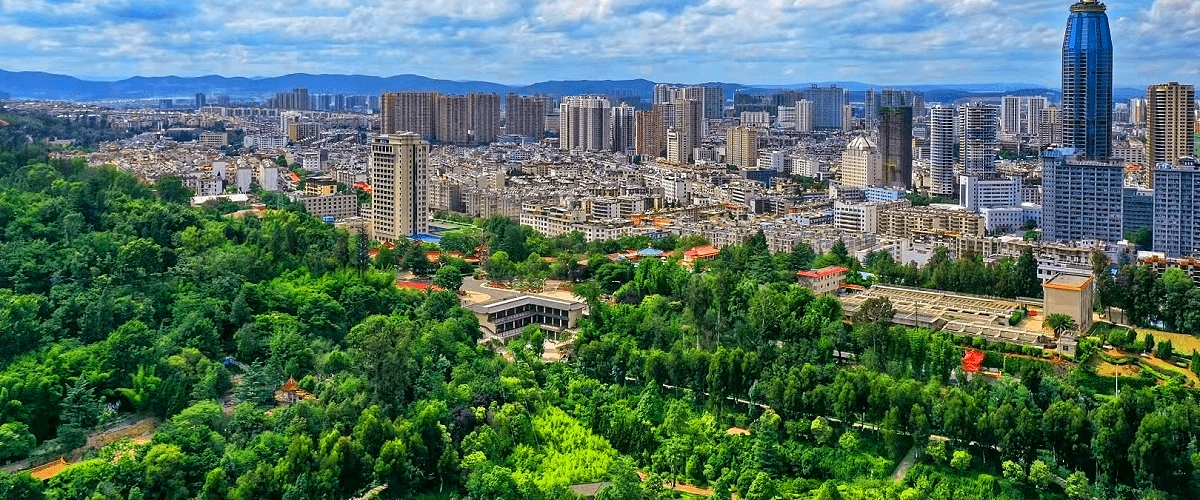
Qujing 6,155,000
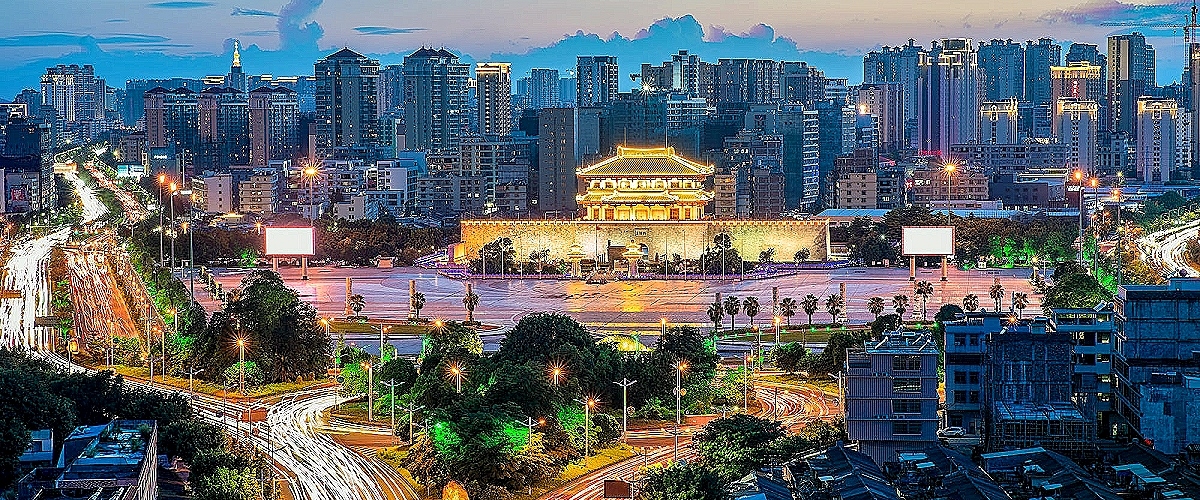
Jieyang 6,089,000
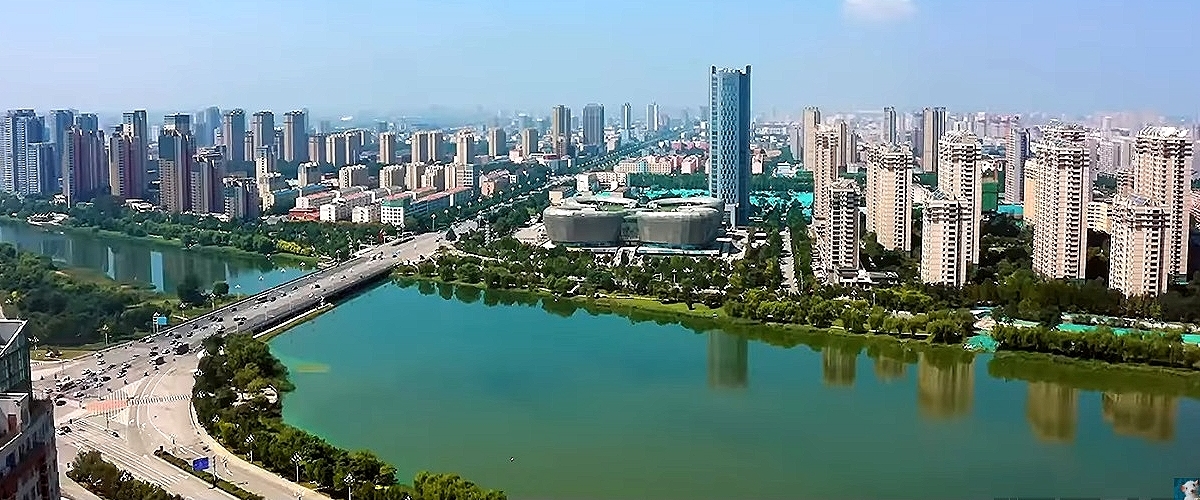
Liaocheng 5,952,000
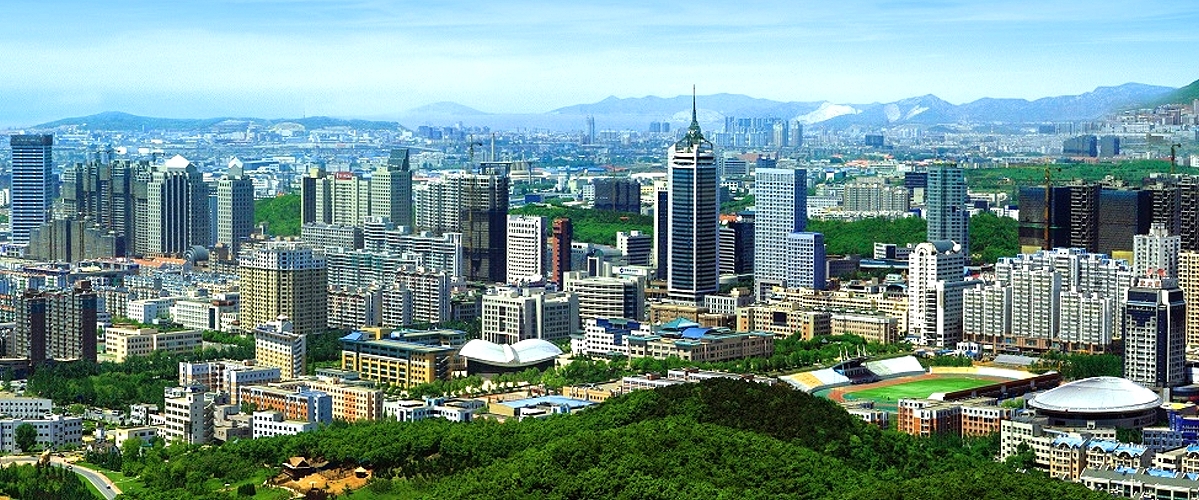
Dalian 5,871,000
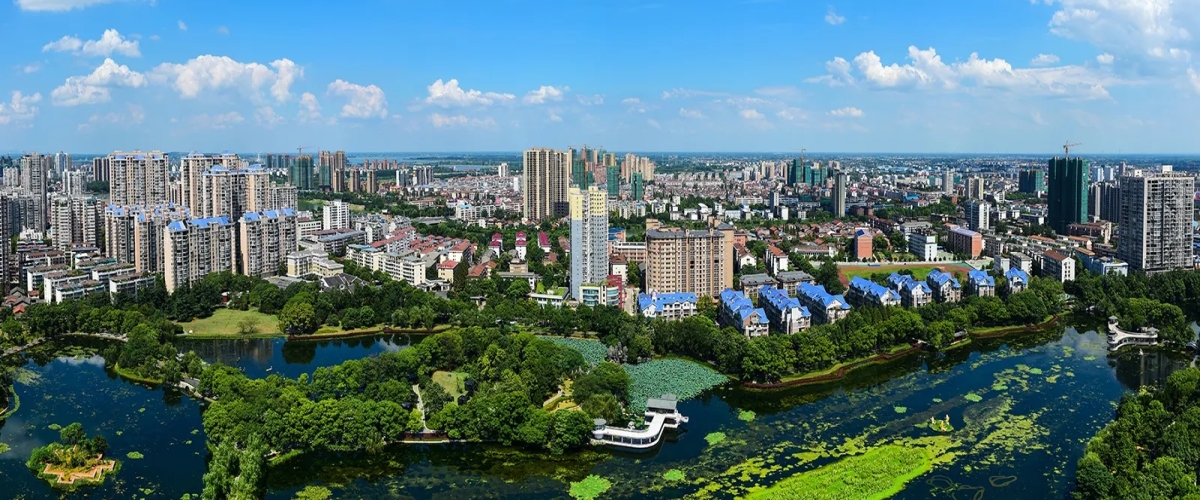
Changde 5,827,000
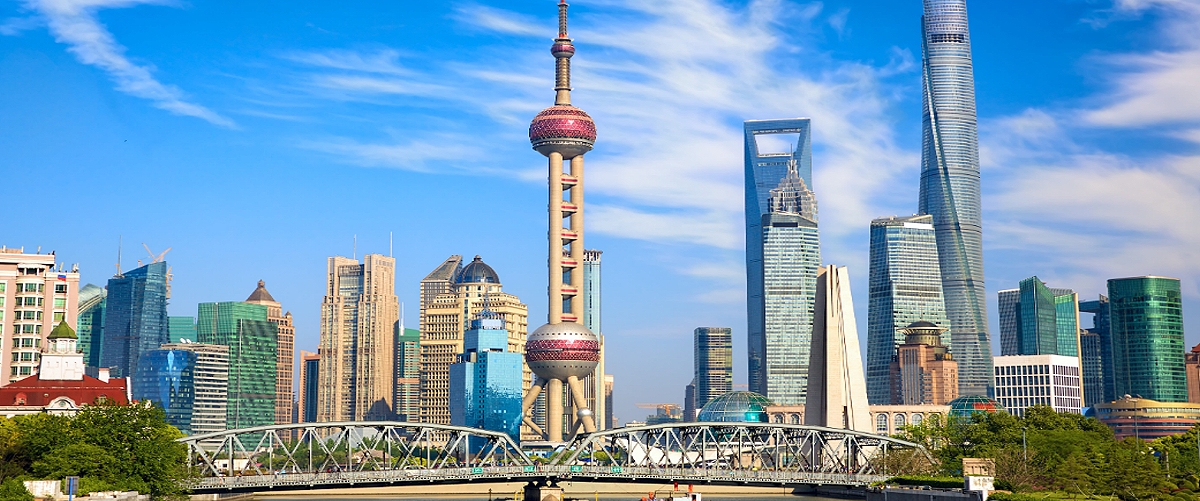
Pudong 5,681,000
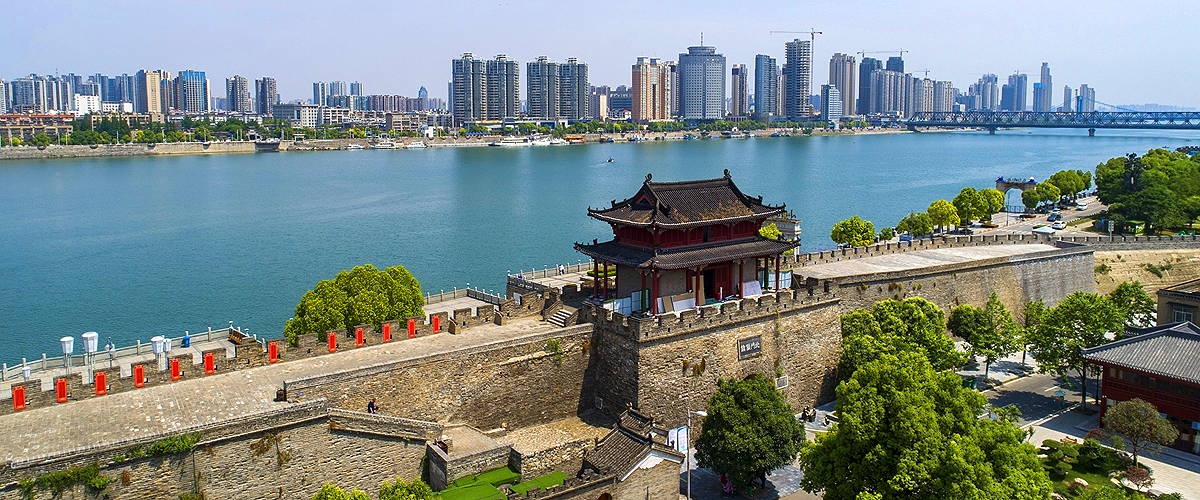
Xiangyang 5,680,000
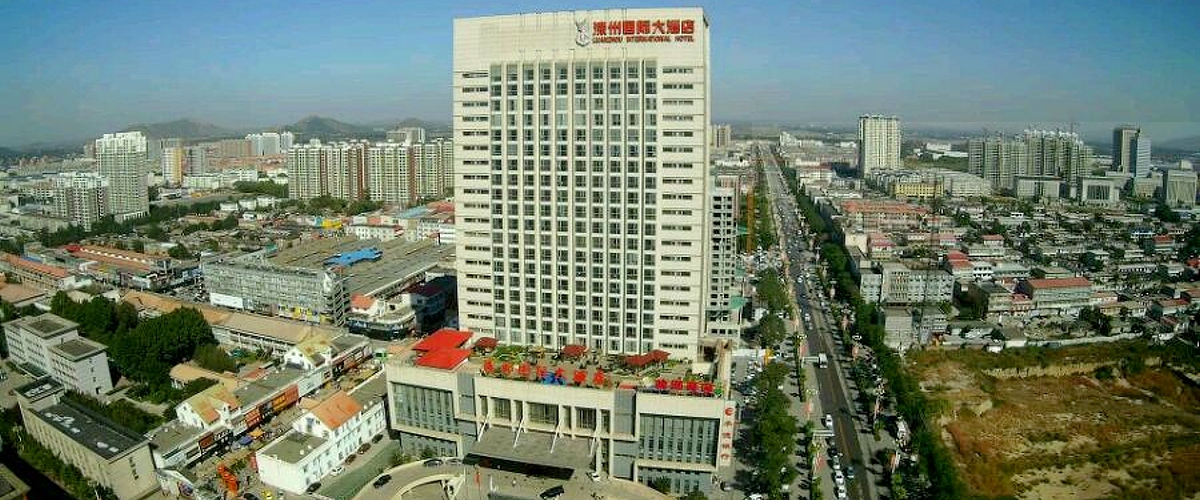
Luan 5,612,000
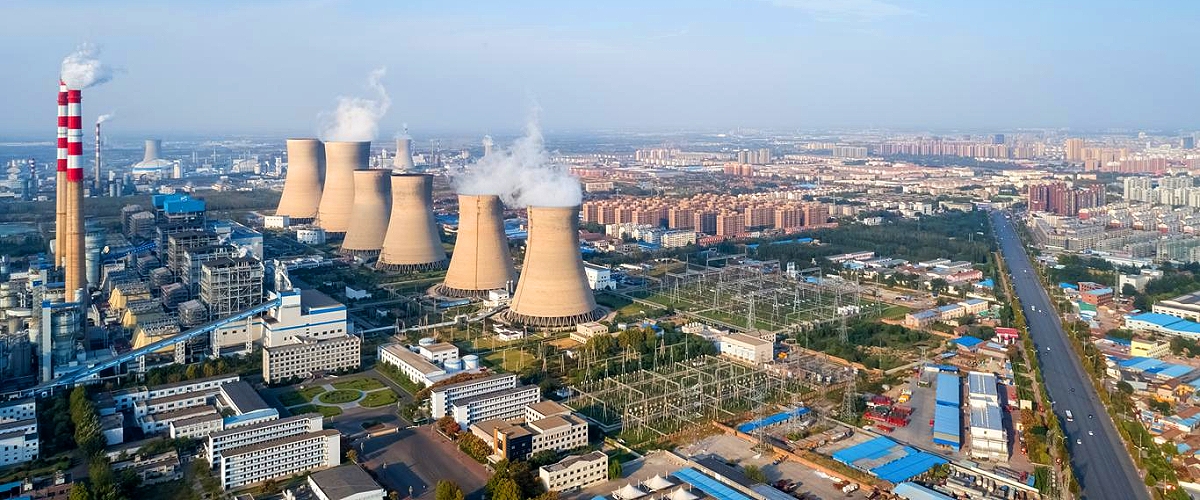
Dezhou 5,611,000
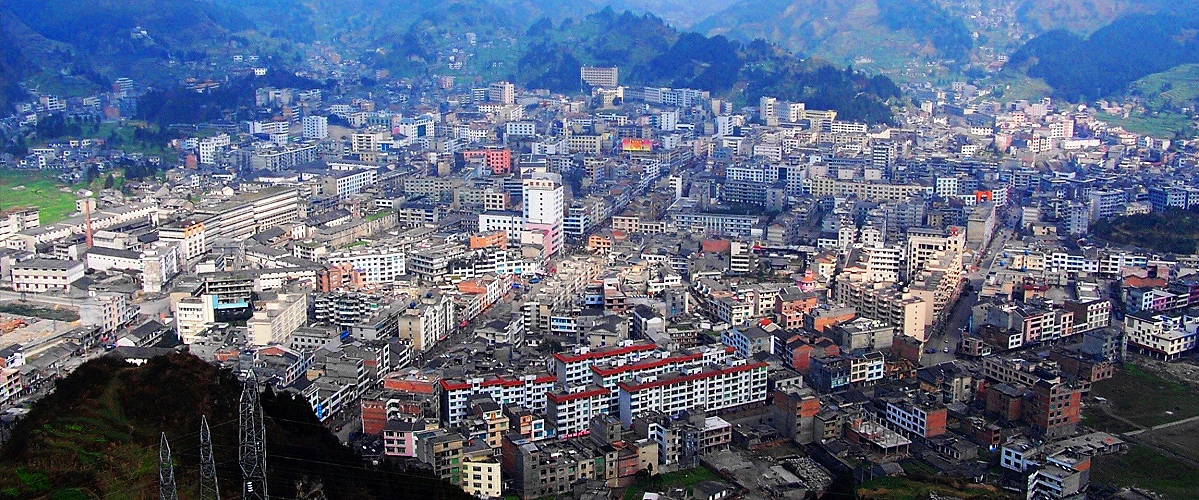
Zhaotong 5,591,000
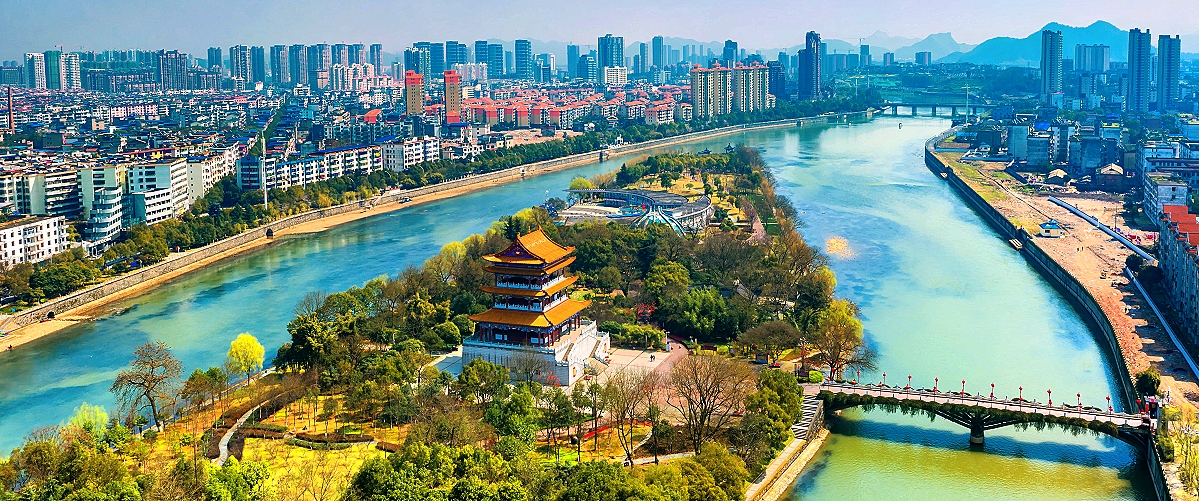
Yichun 5,573,000
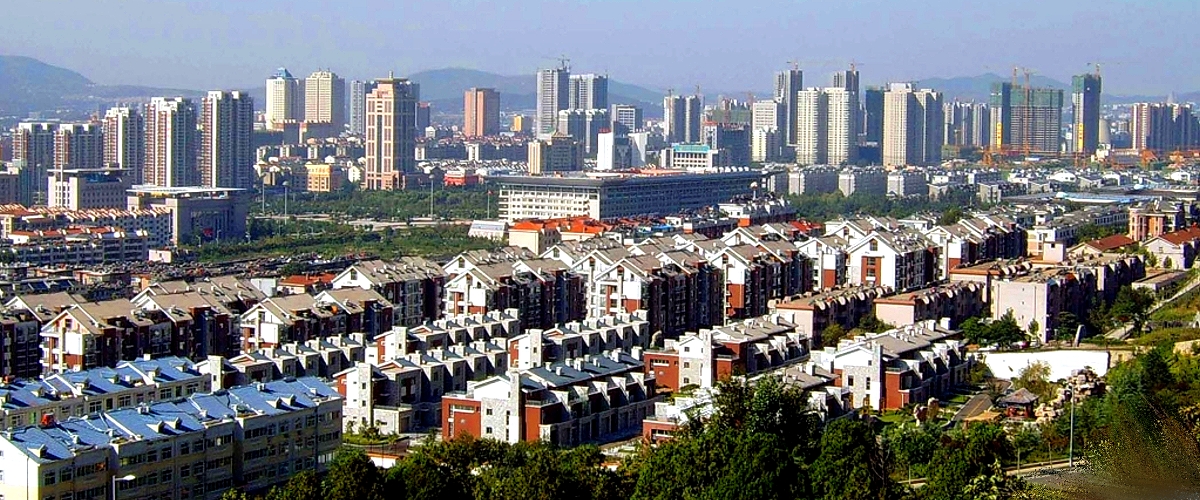
Taian 5,494,000
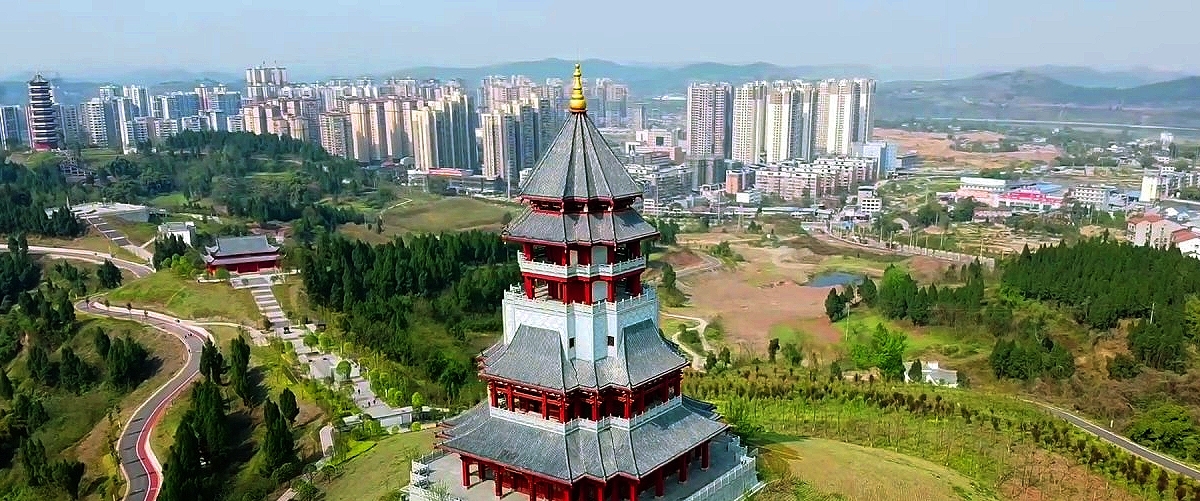
Dazhou 5,468,000
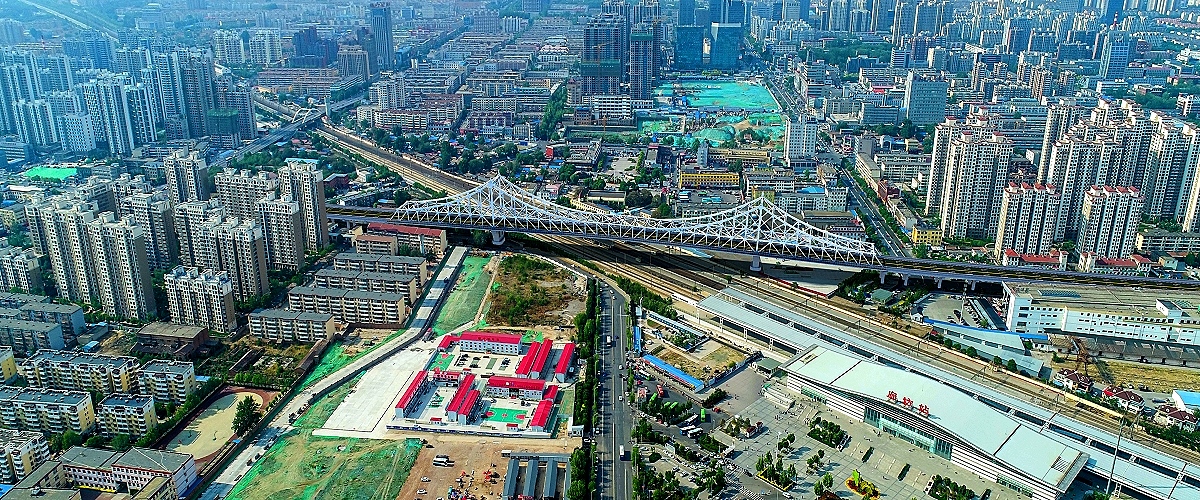
Langfang 5,464,000
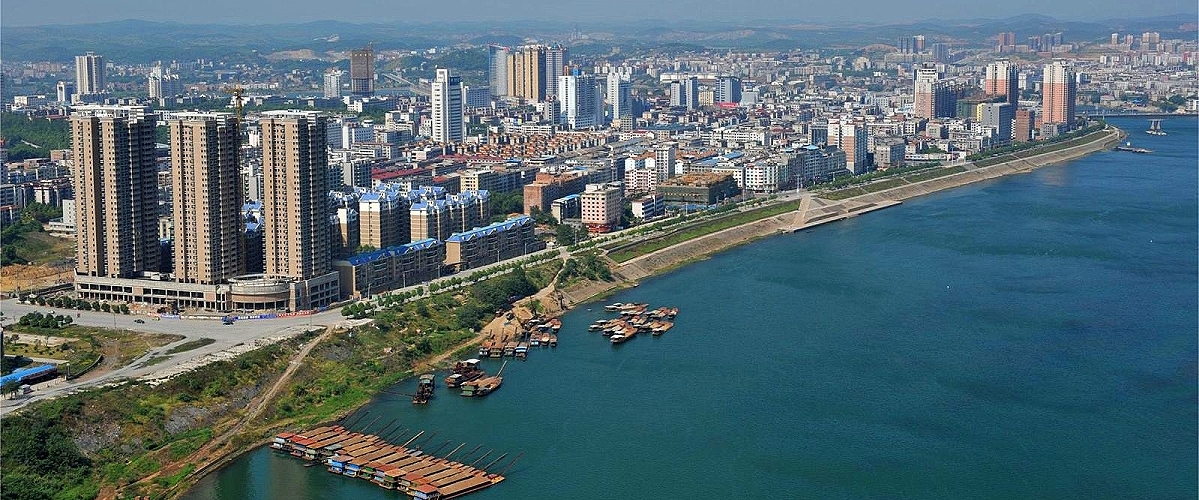
Yongzhou 5,452,000
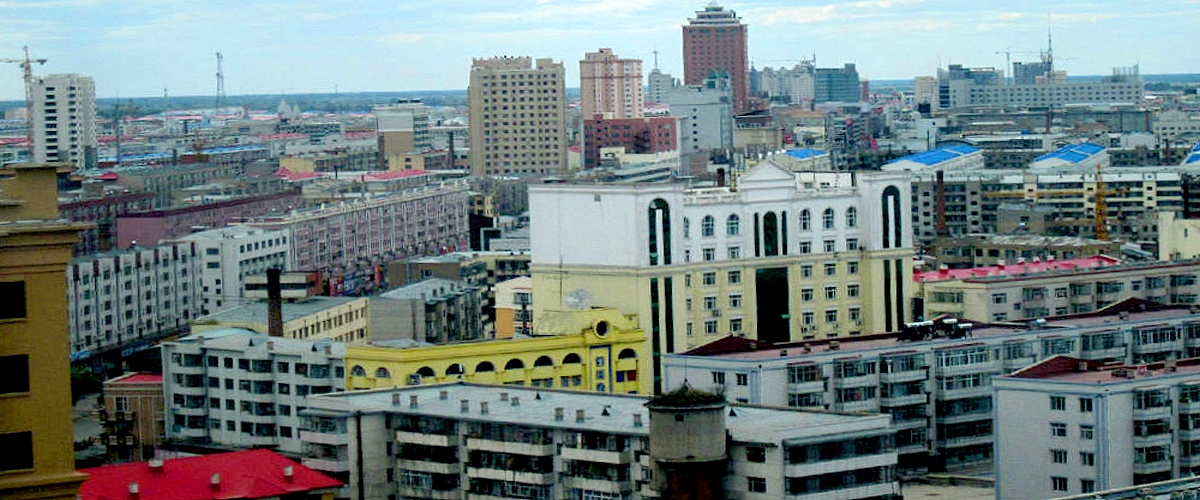
Suihua 5,418,000
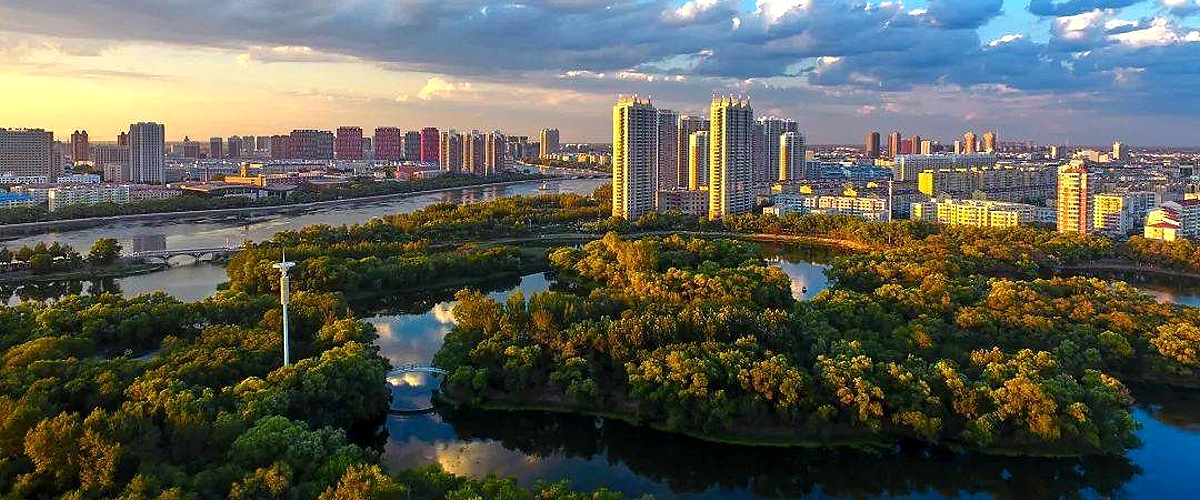
Qiqihar 5,367,000
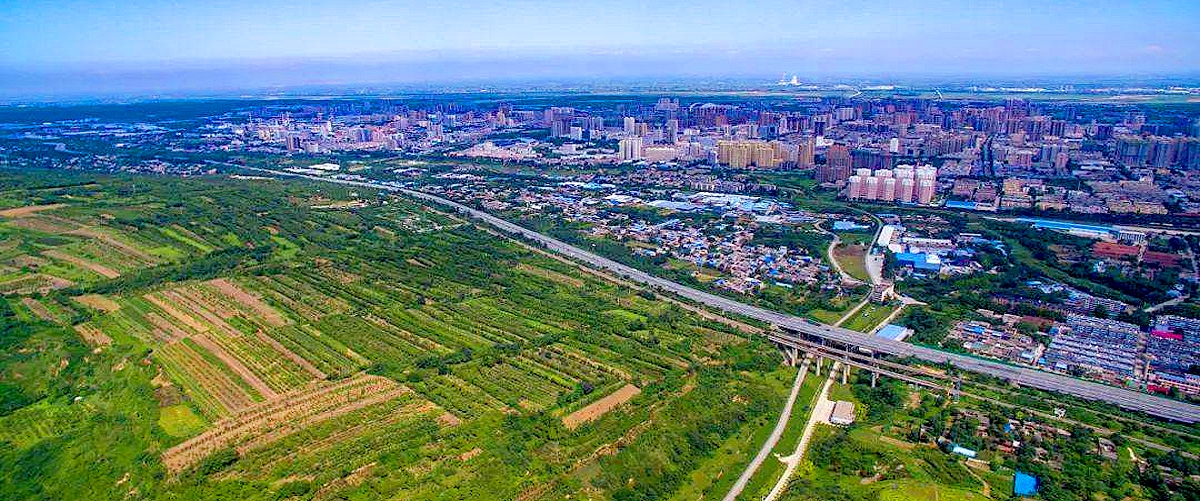
Weinan 5,286,000
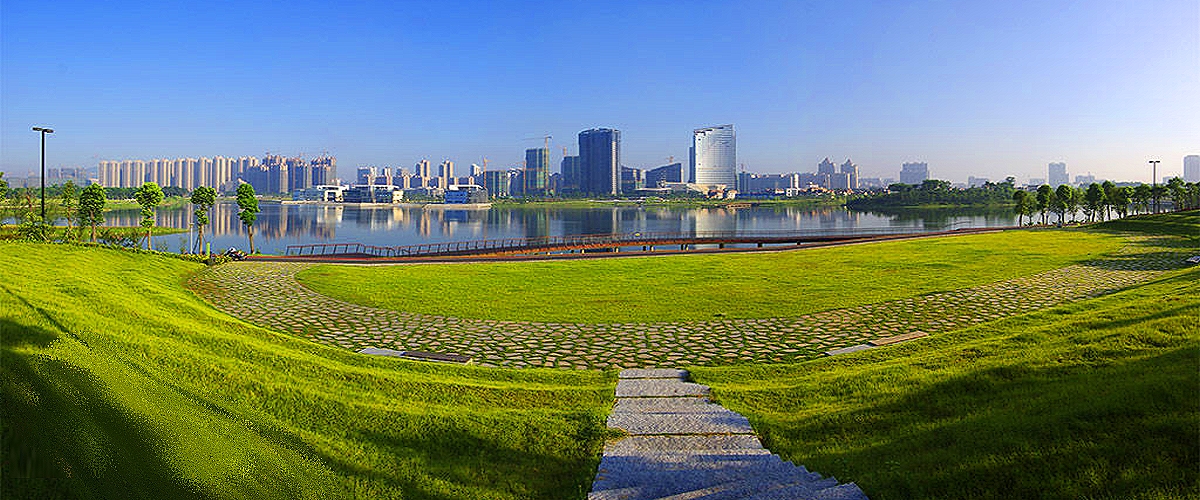
Zhangzhou 5,140,000
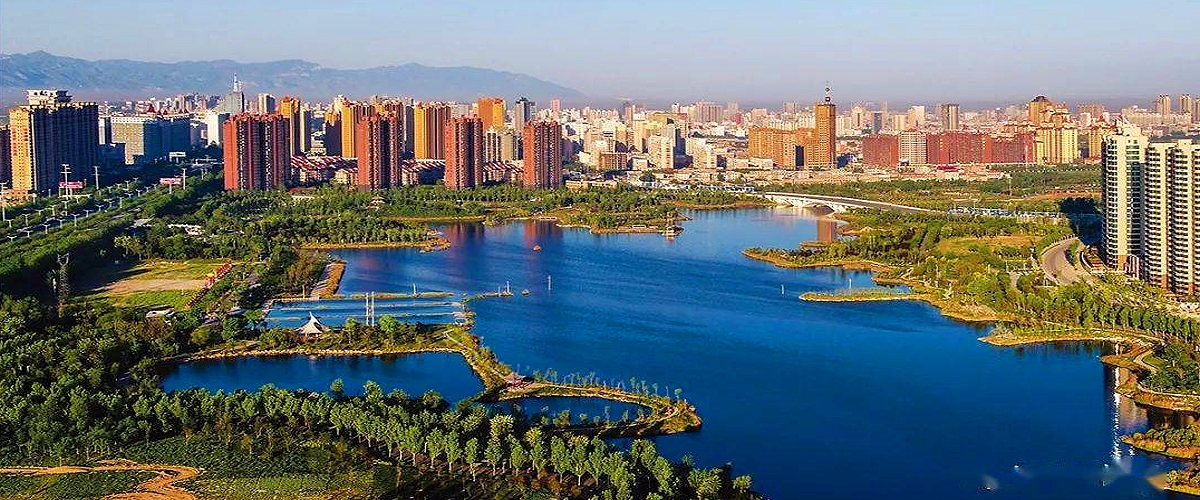
Yuncheng 5,135,000
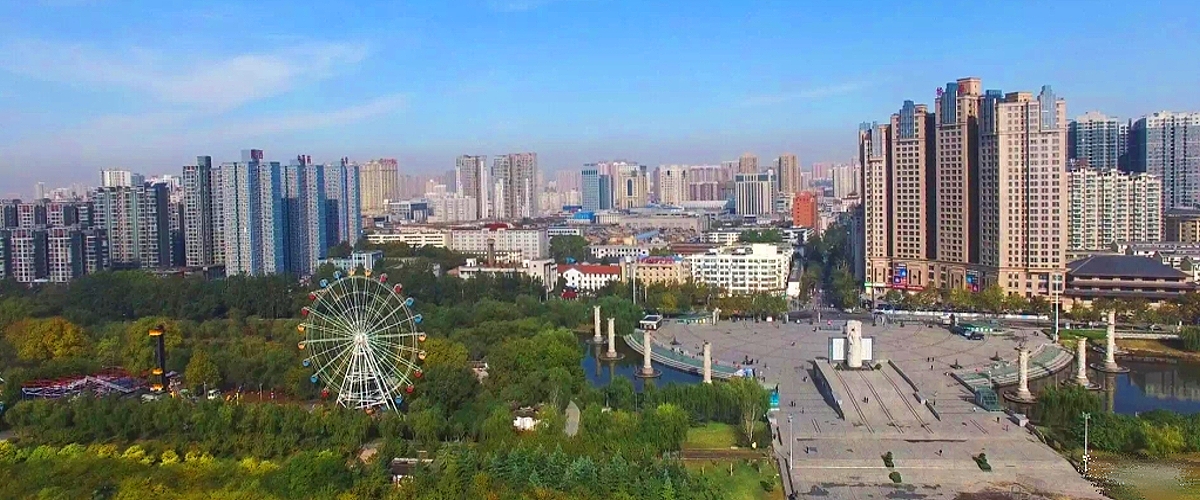
Xianyang 5,096,000
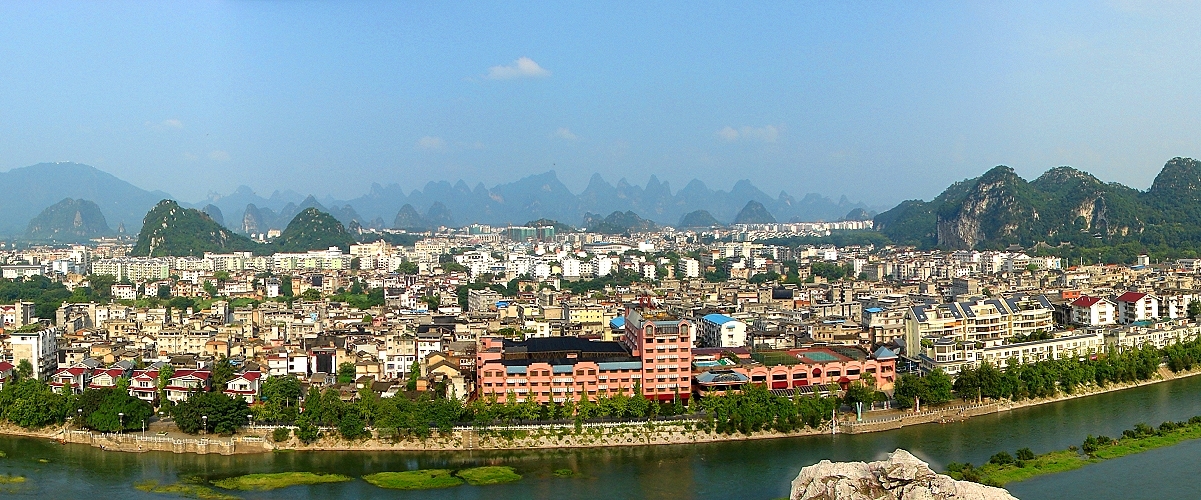
Guilin 5,085,000
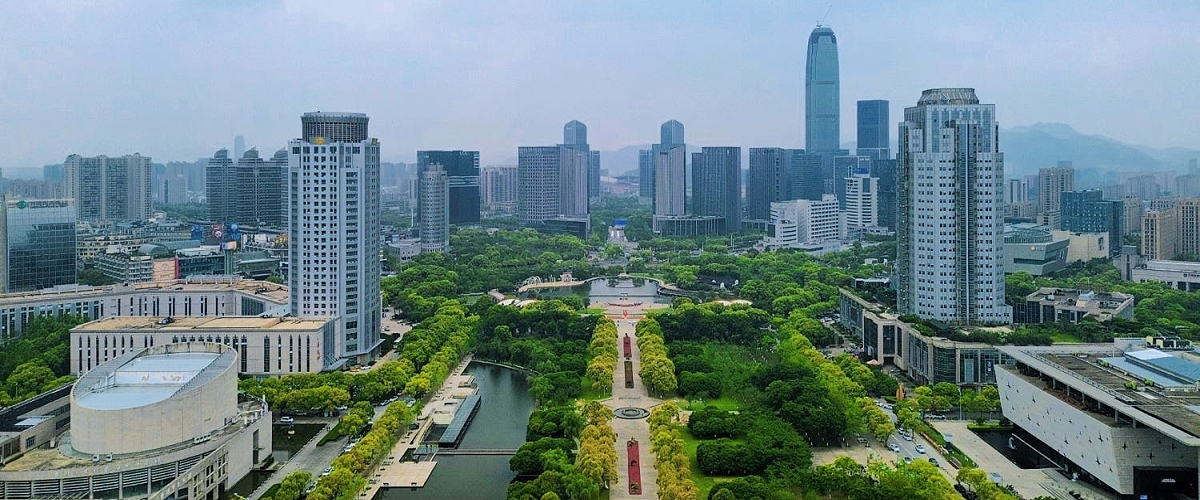
Taizhou 5,031,000
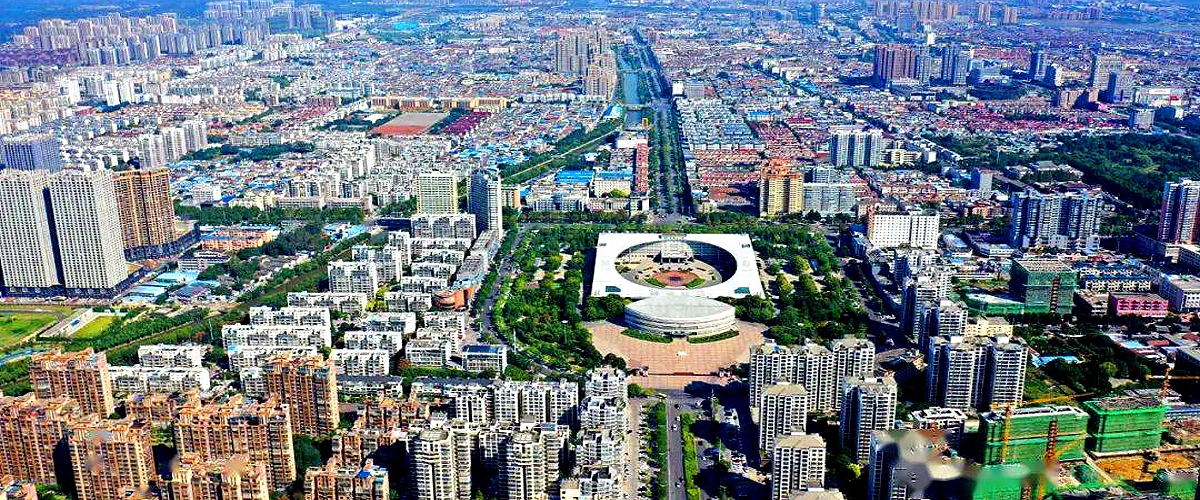
Bozhou 4,996,800
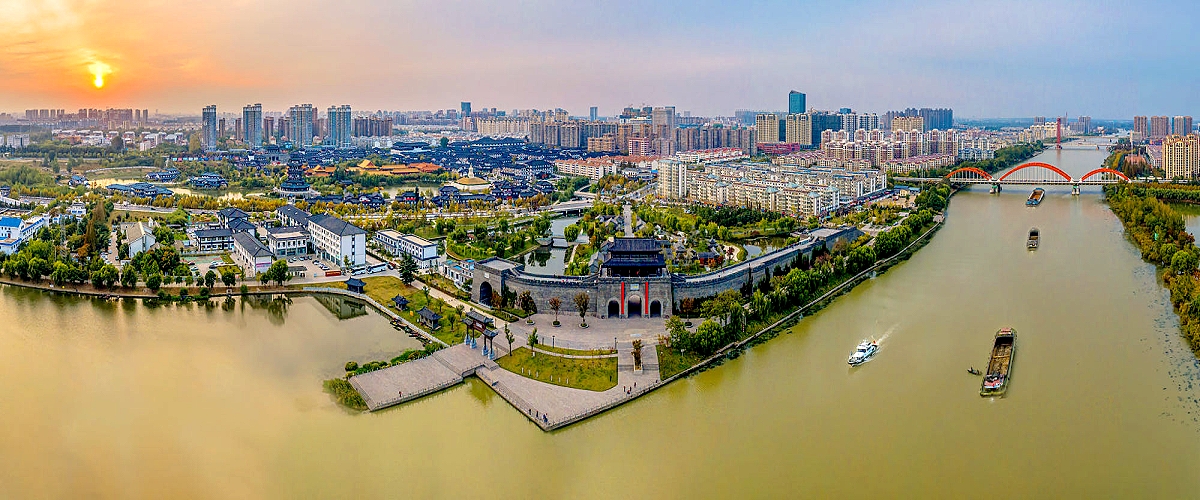
Suqian 4,986,100
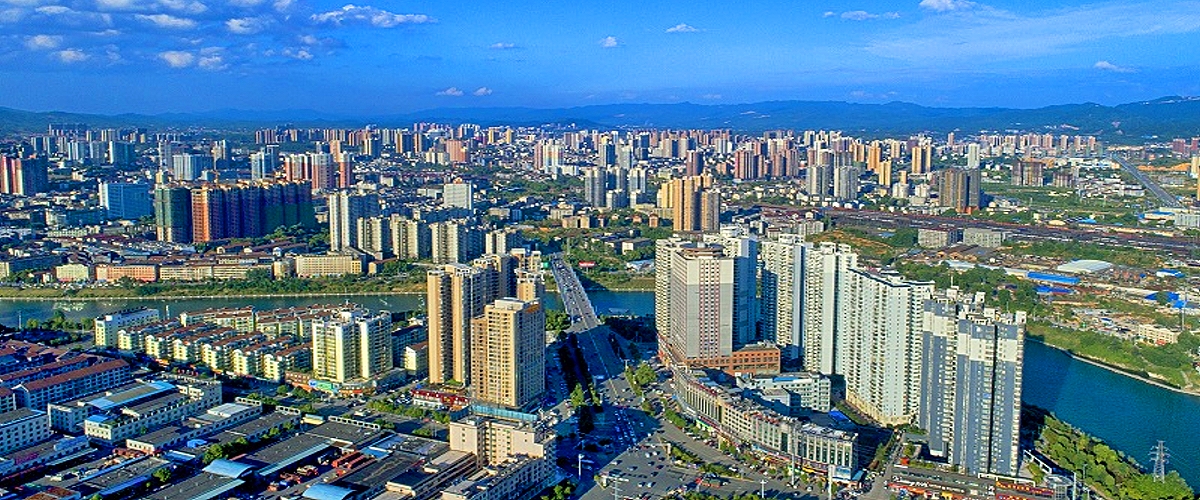
Huaihua 4,979,600
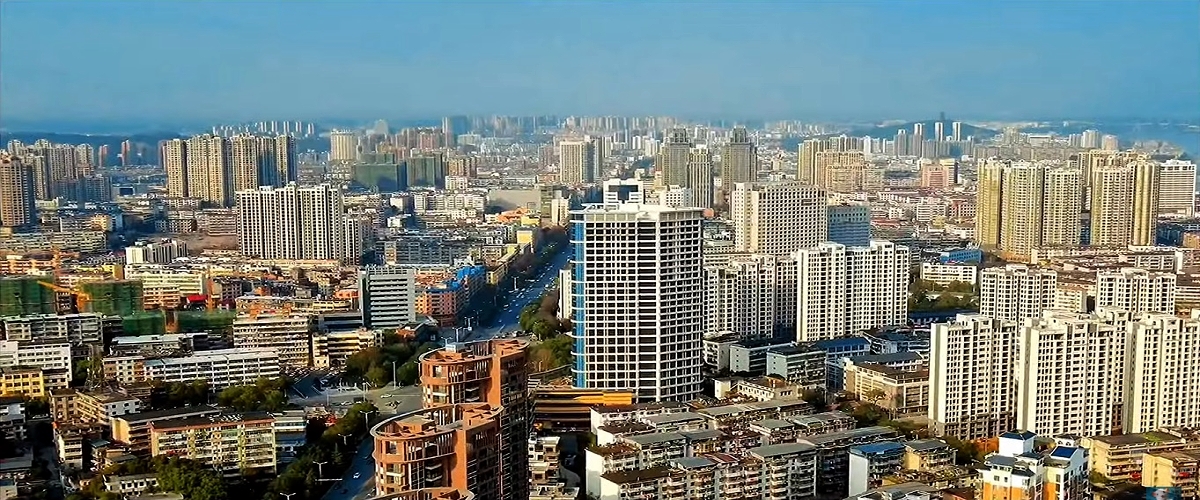
Ji'an 4,956,600
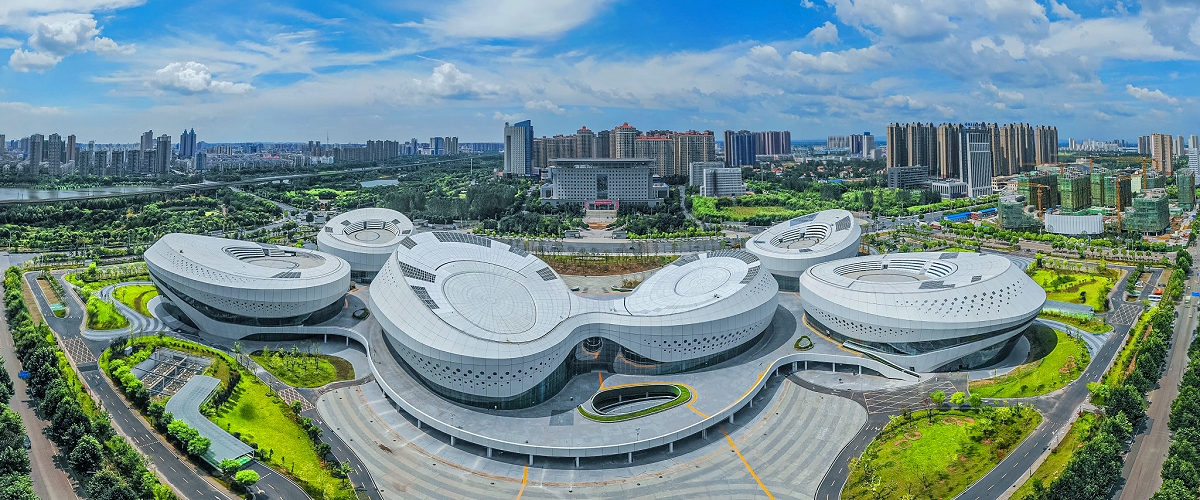
Xiaogan 4,921,000
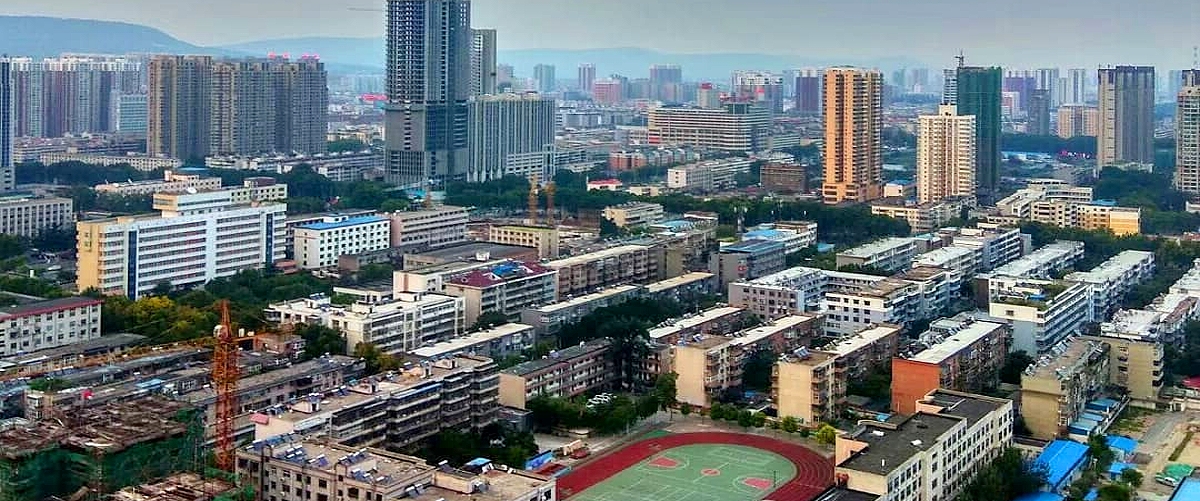
Pingdingshan 4,904,700
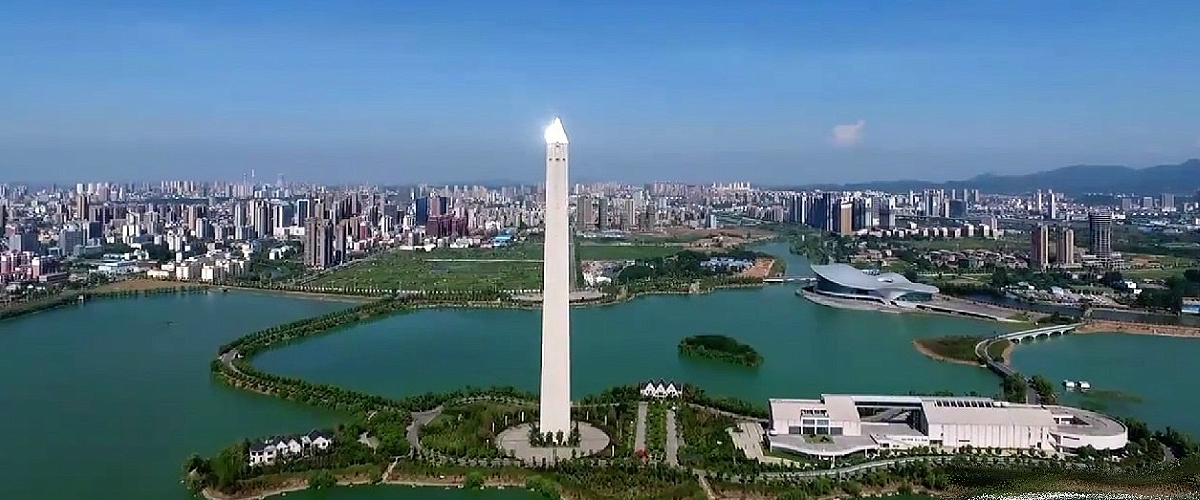
Jiujiang 4,896,800
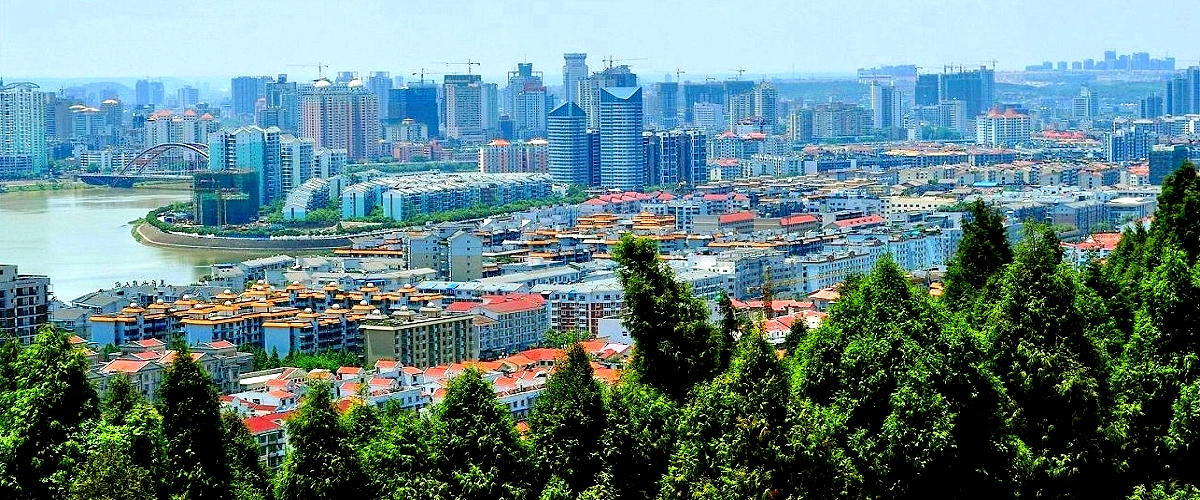
Mianyang 4,868,200
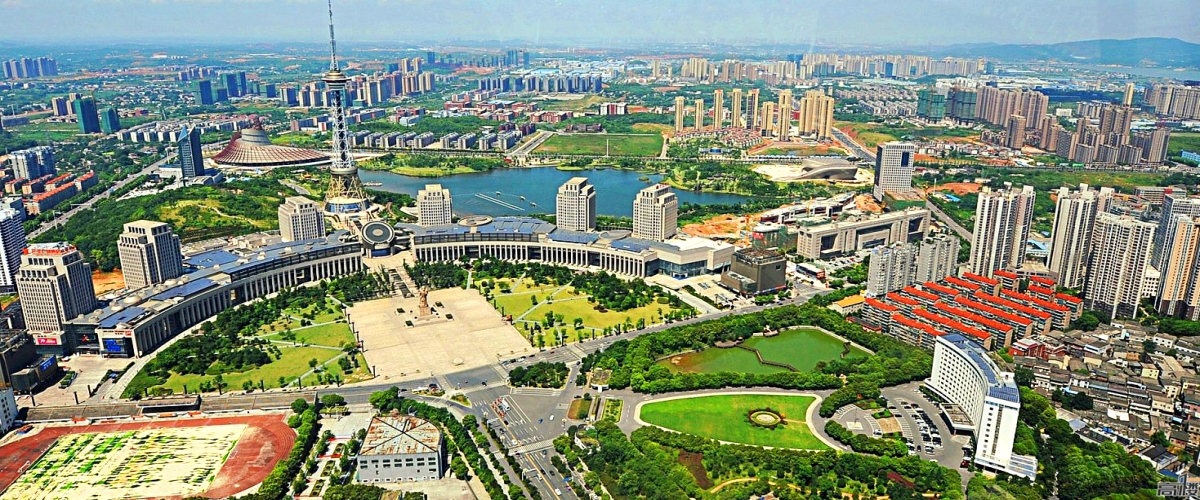
Chenzhou 4,744,500
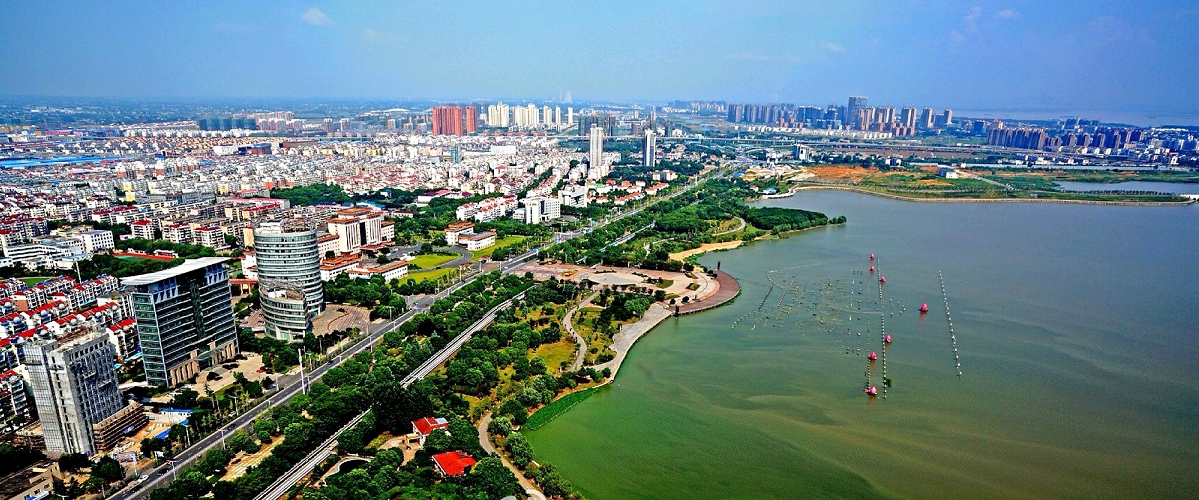
Anqing 4,723,000
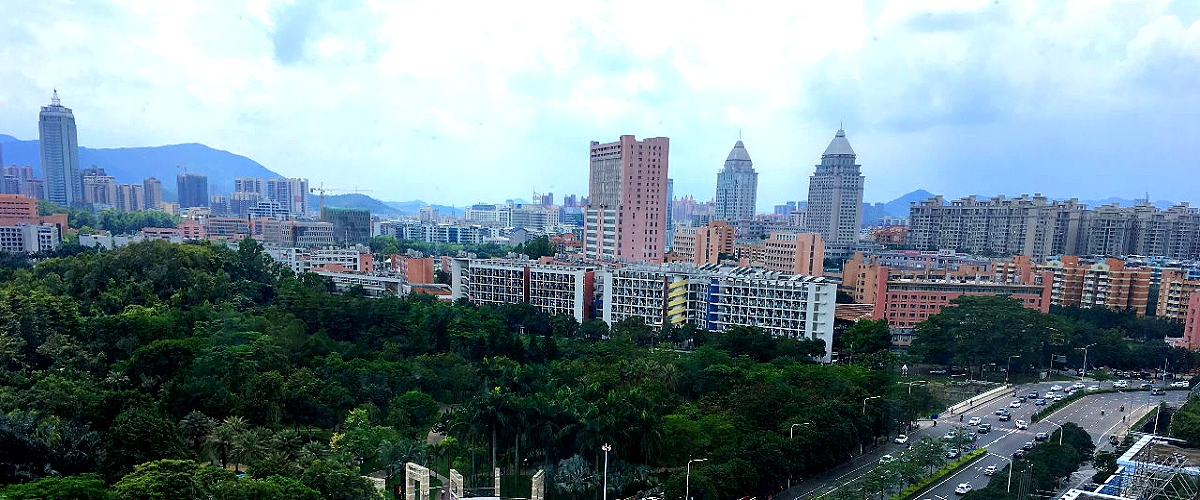
Jiangmen 4,630,300
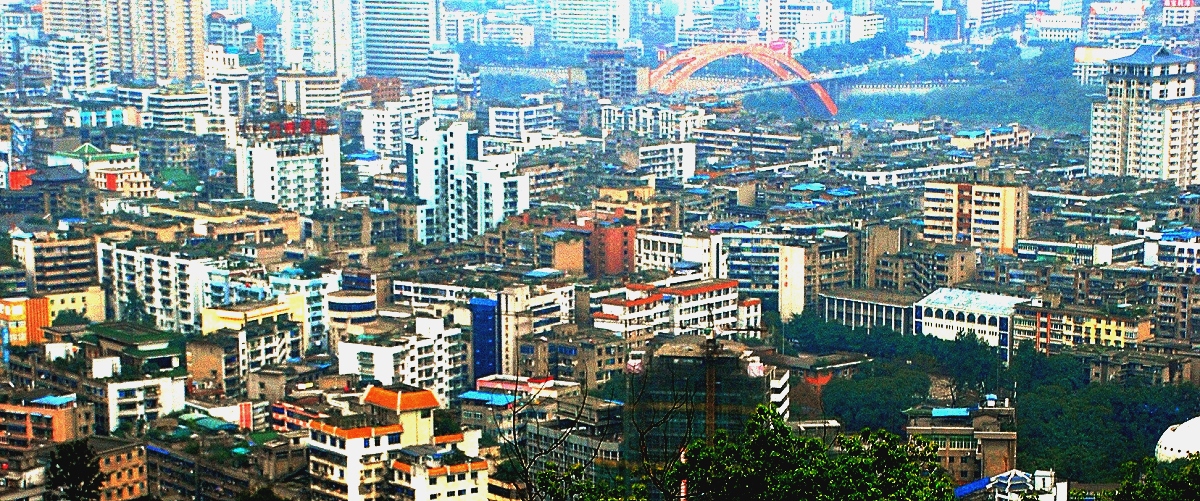
Yibin 4,588,800
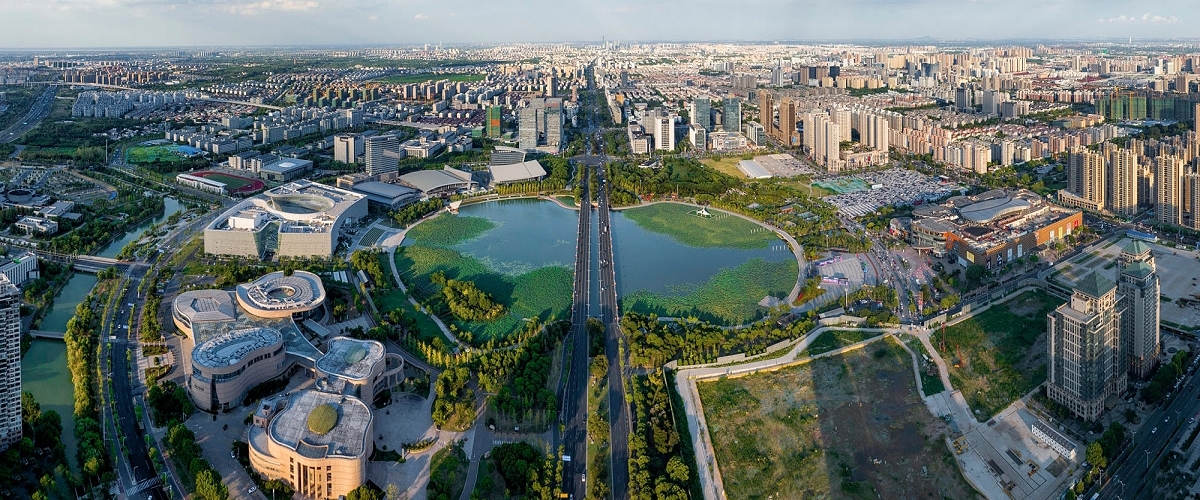
Yangzhou 4,559,700

Hengshui 4,472,000
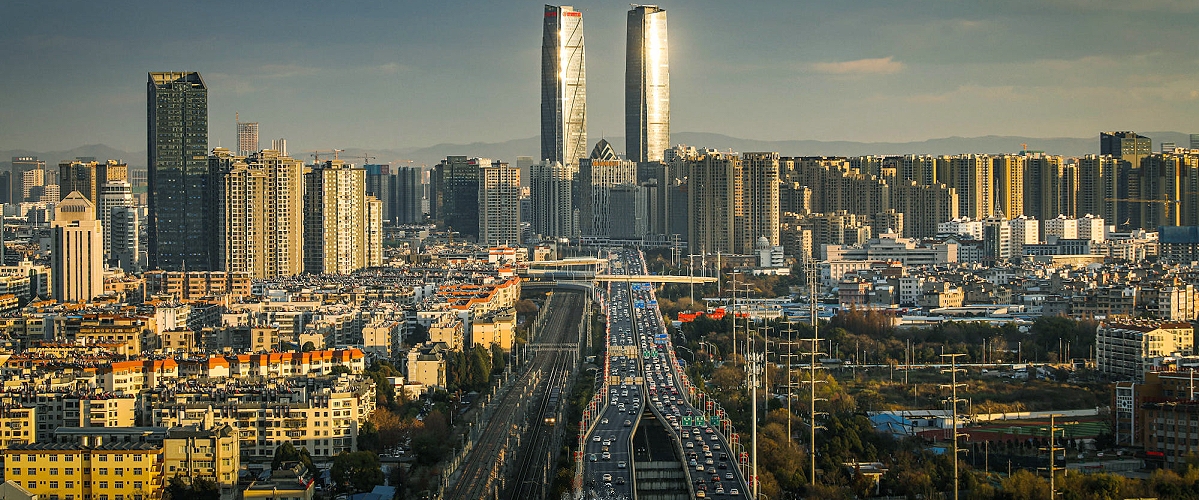
Kunming 4,423,000
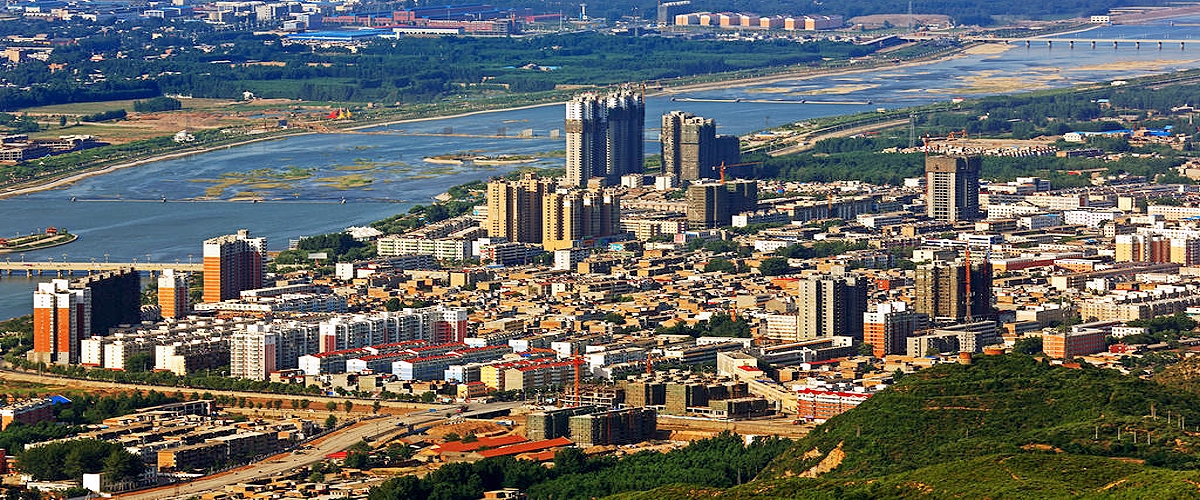
Yiyang 4,413,800
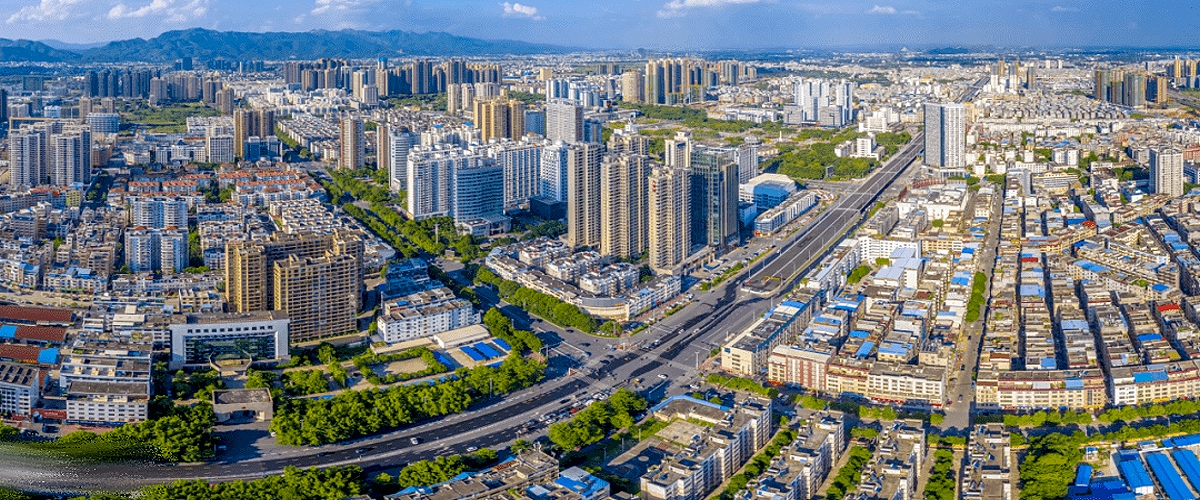
Guigang 4,409,200
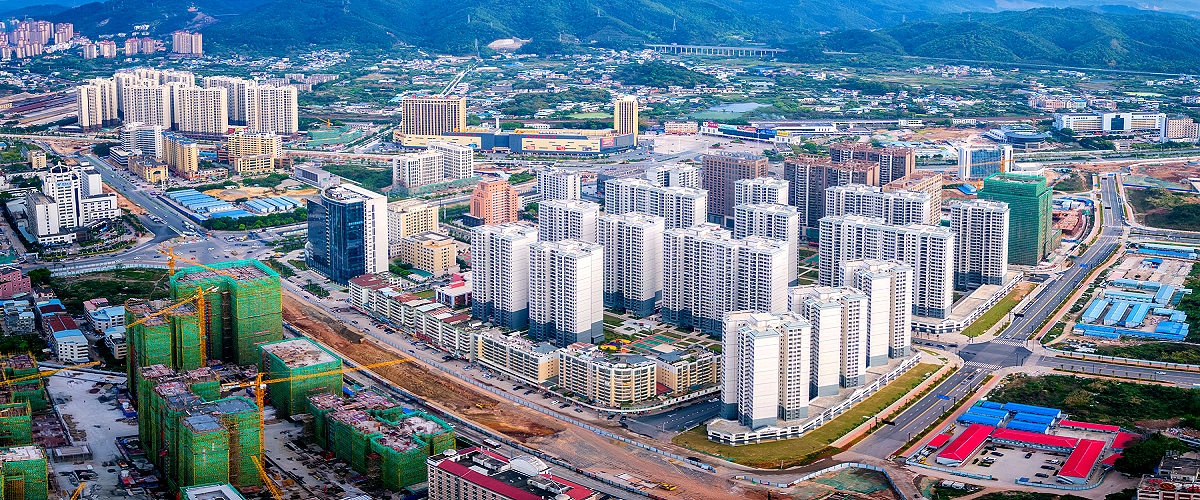
Meizhou 4,378,800
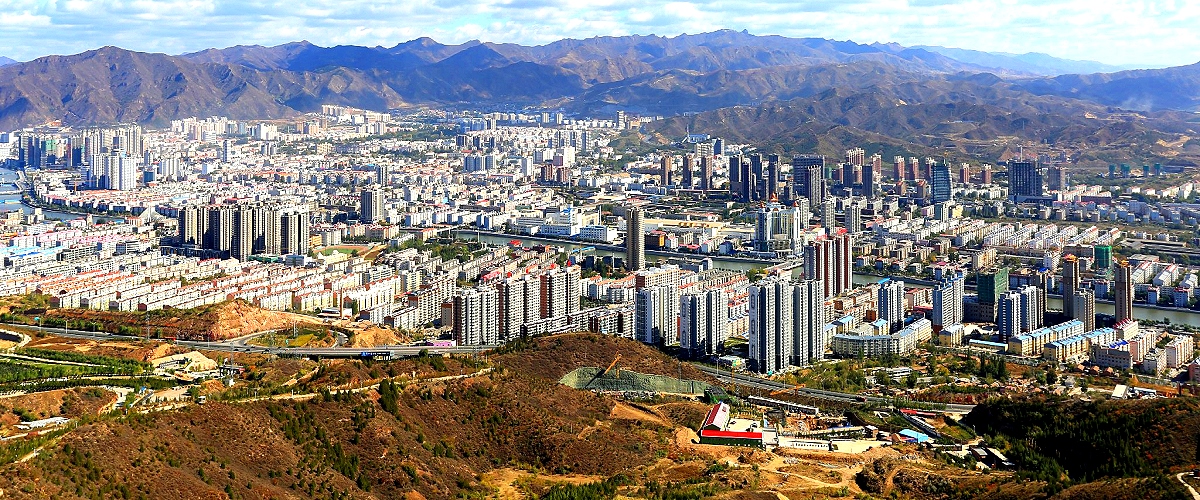
Zhangjiakou 4,345,500
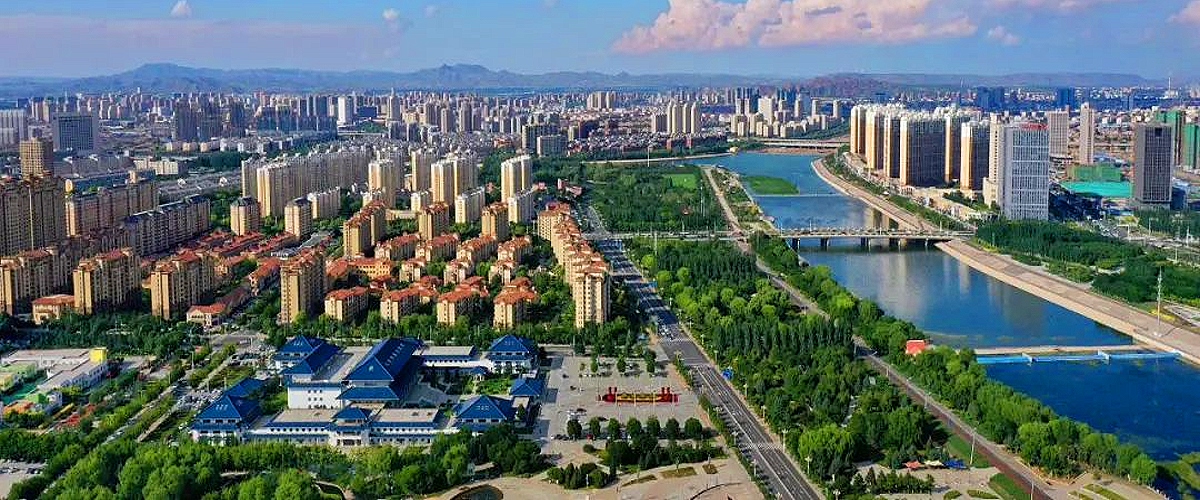
Chifeng 4,341,300
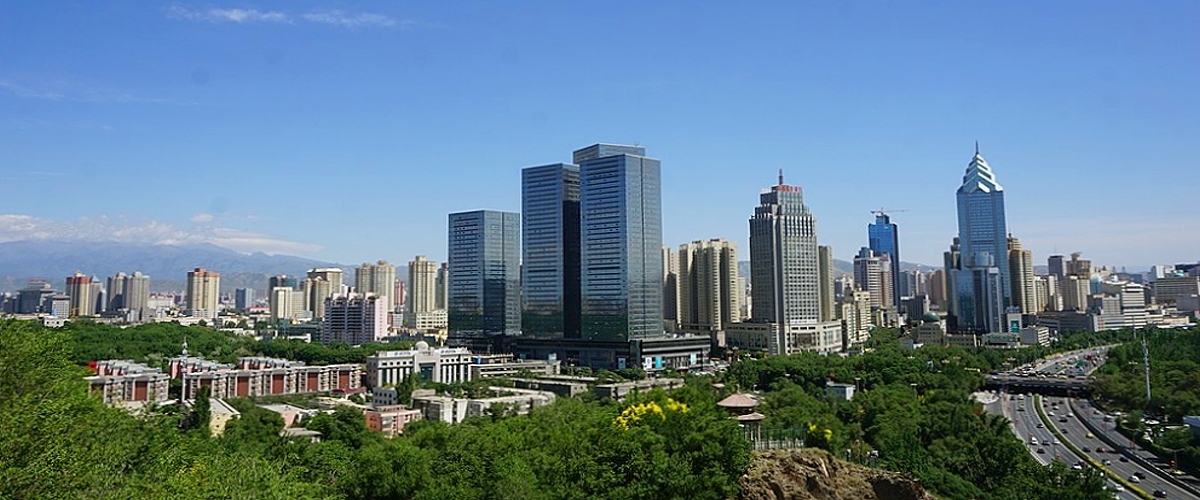
Urumqi 4,335,100
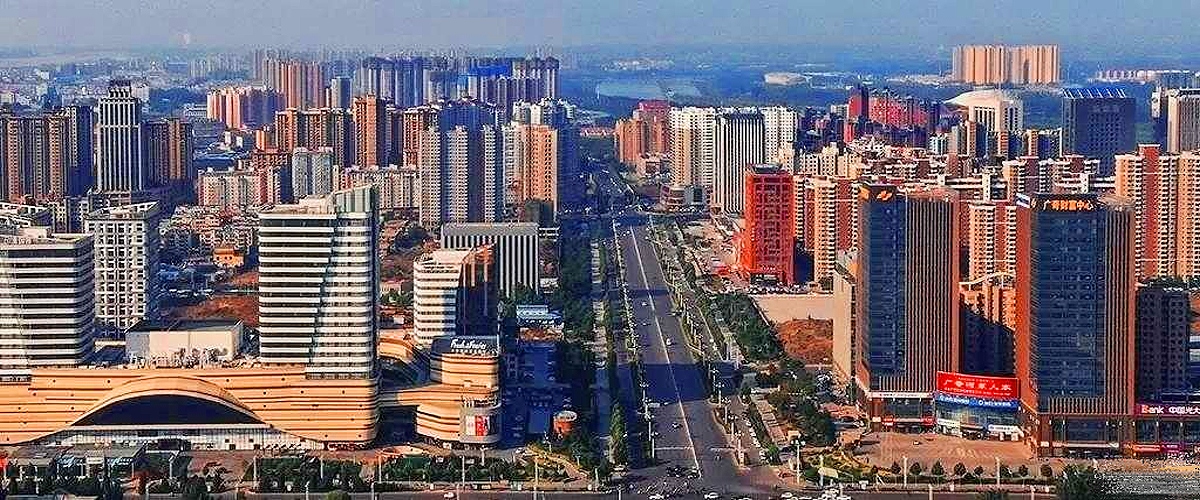
Linfen 4,316,600
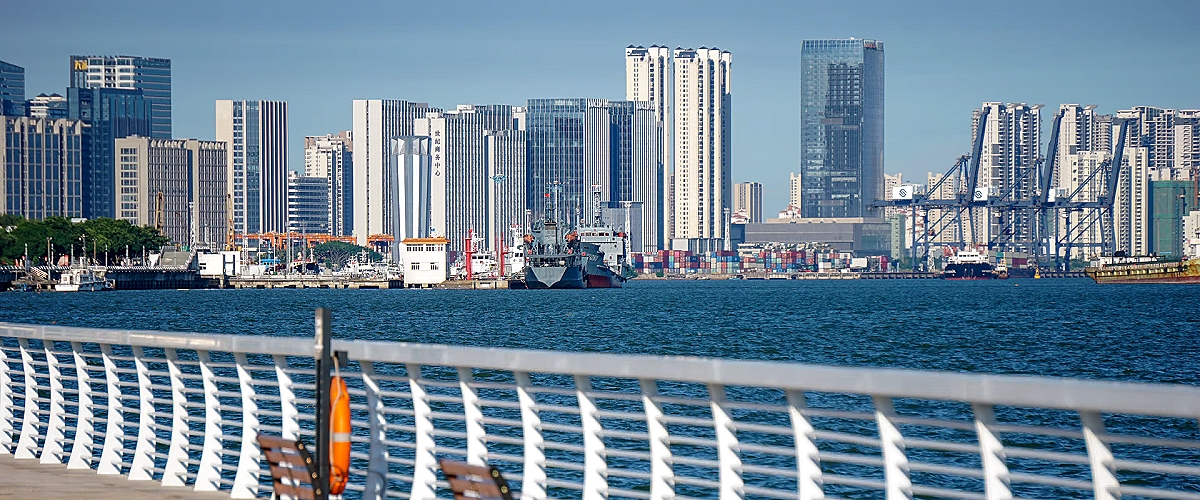
Shantou 4,312,100
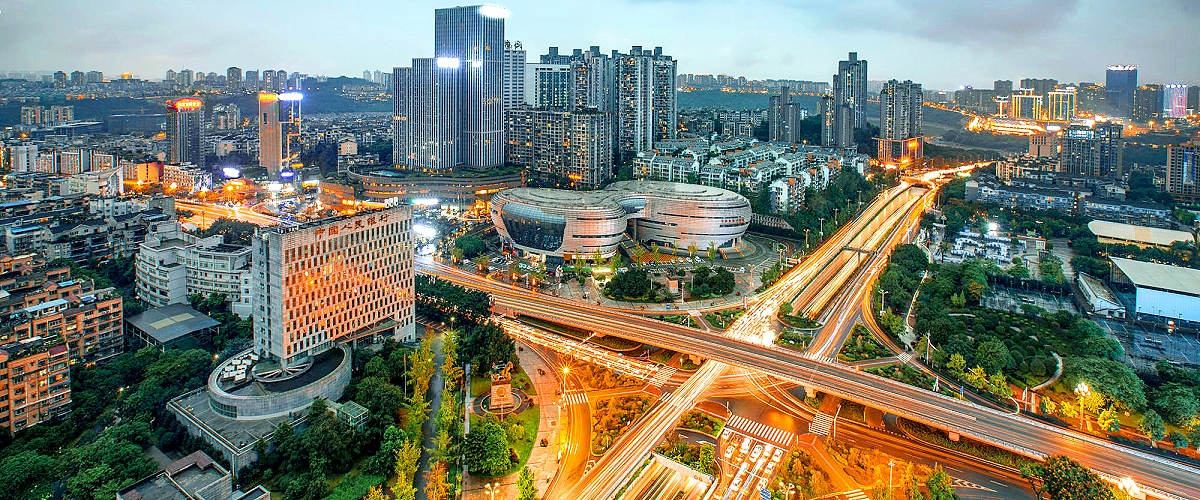
Luzhou 4,218,400
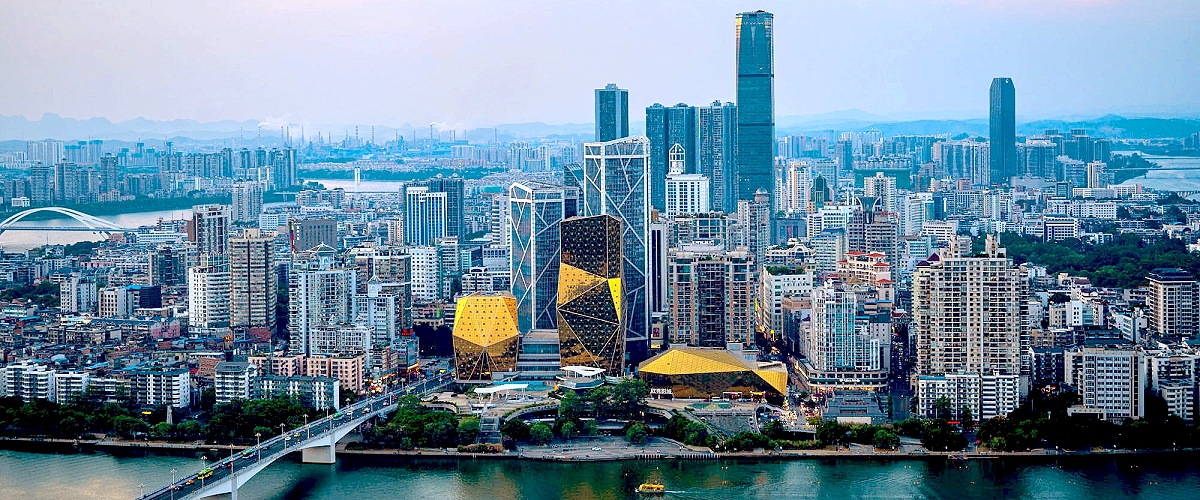
Liuzhou 4,157,900
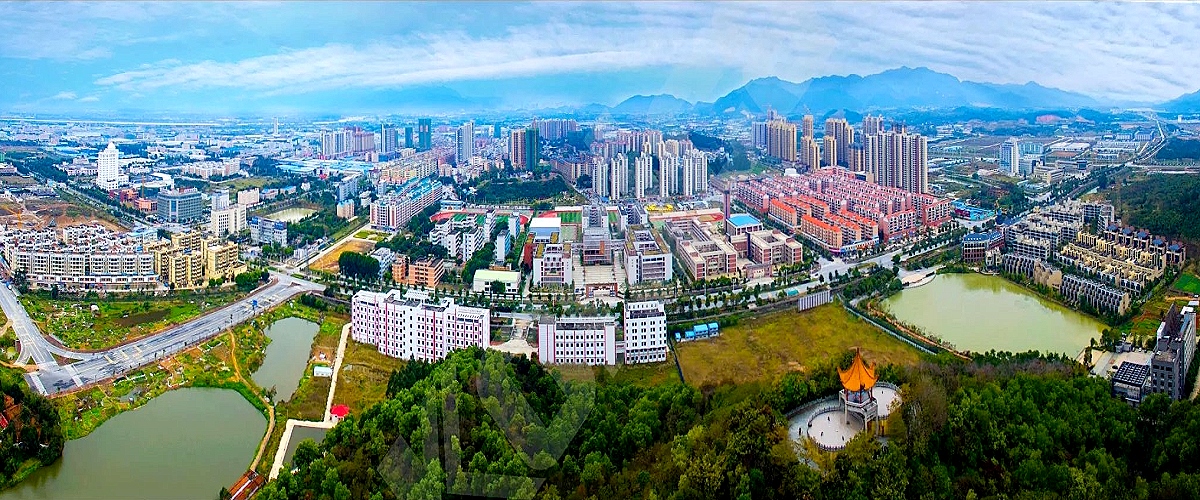
Zhaoqing 4,151,700
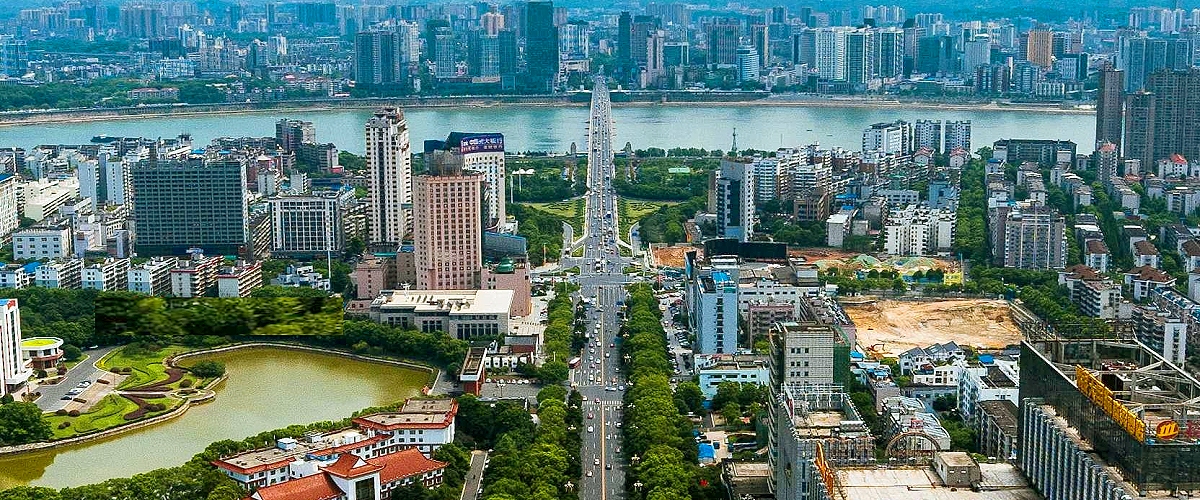
Zhuzhou 4,020,800
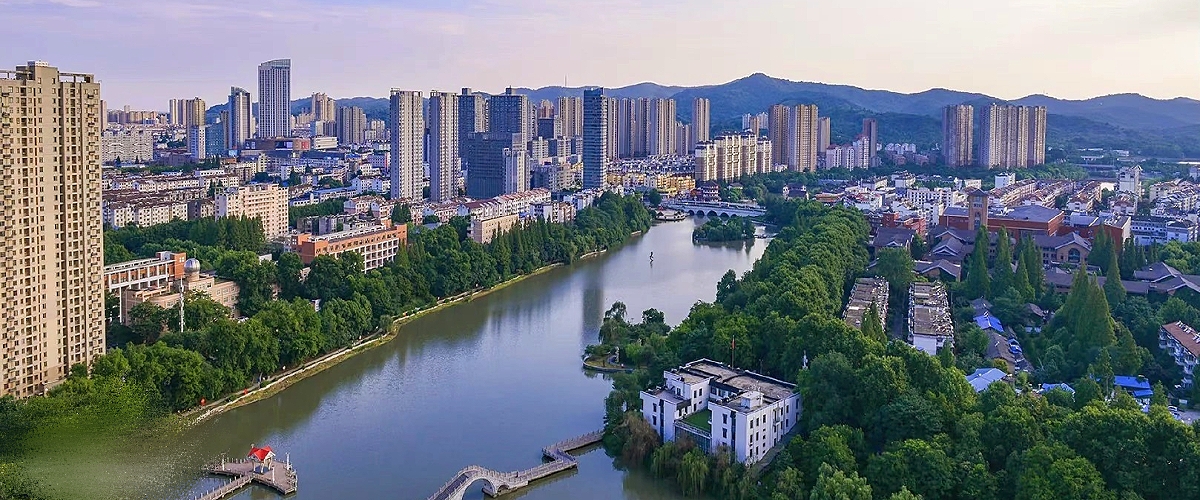
Chuzhou 3,987,000
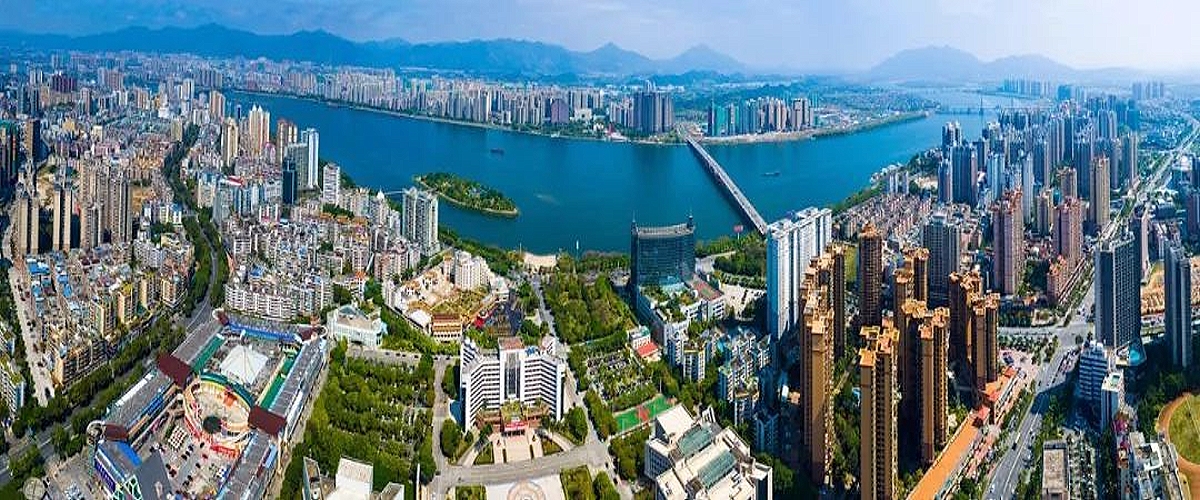
Qingyuan 3,969,400
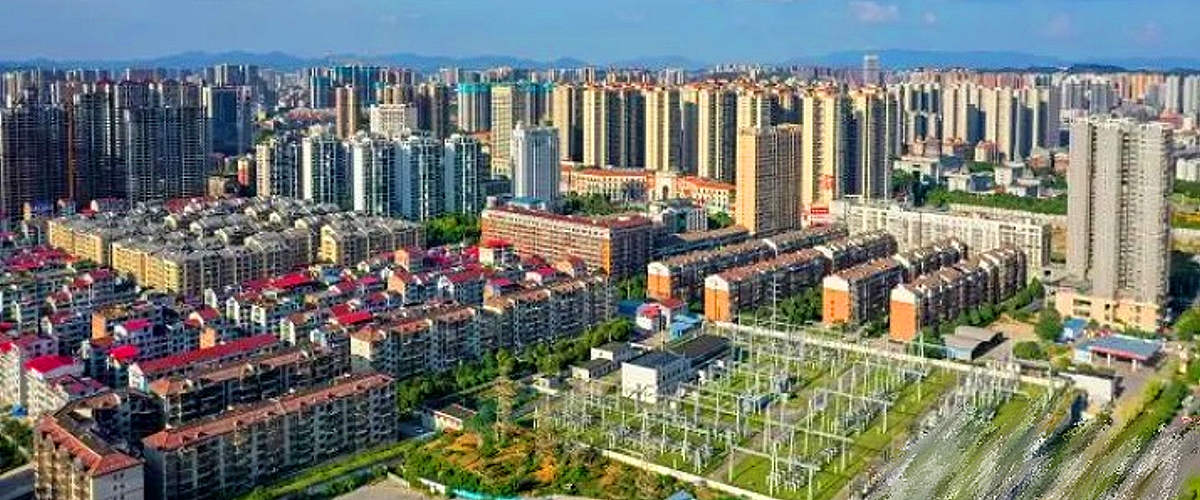
Loudi 3,931,800
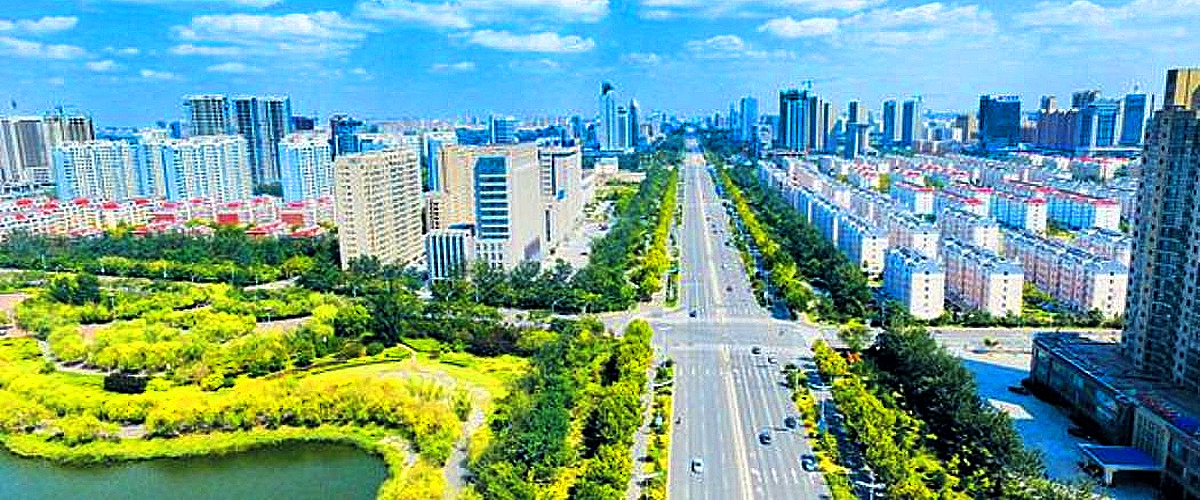
Binzhou 3,928,500
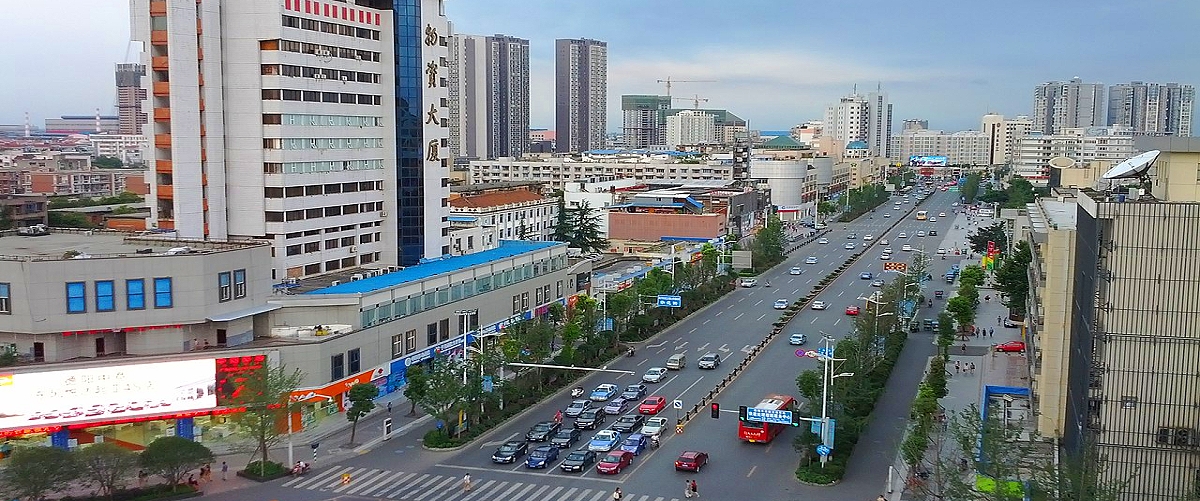
Deyang 3,877,000
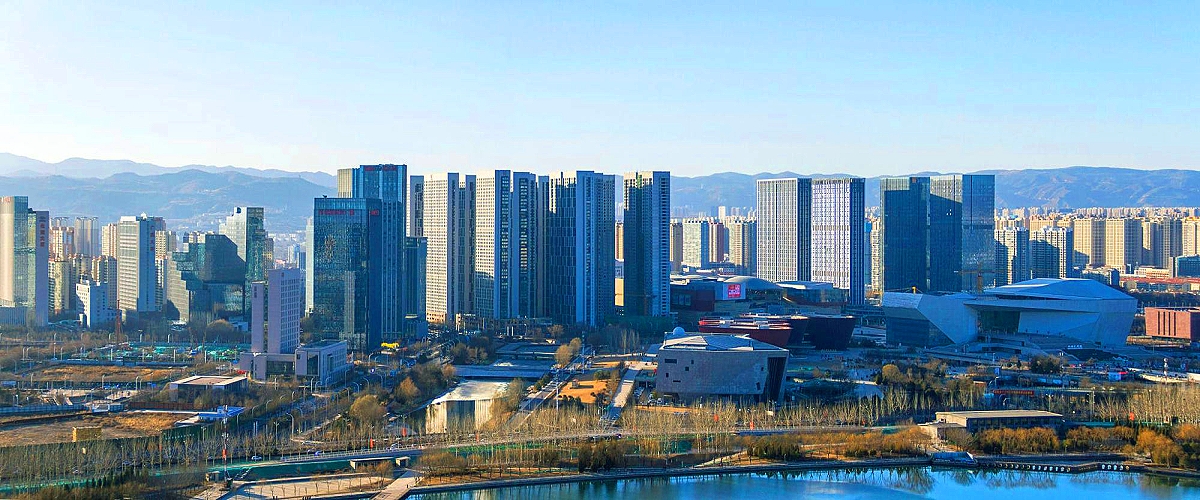
Taiyuan 3,875,000
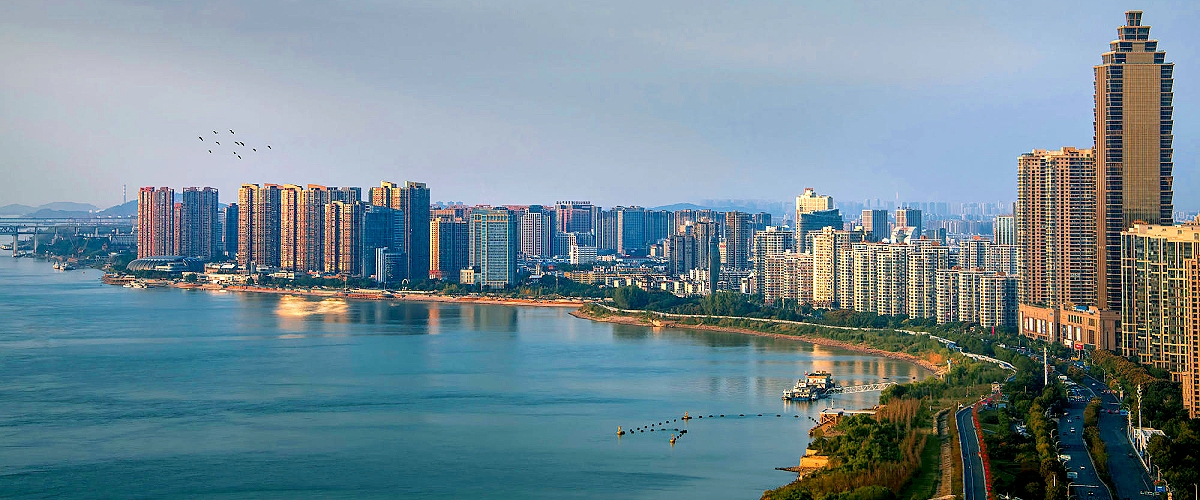
Wuhu 3,842,100
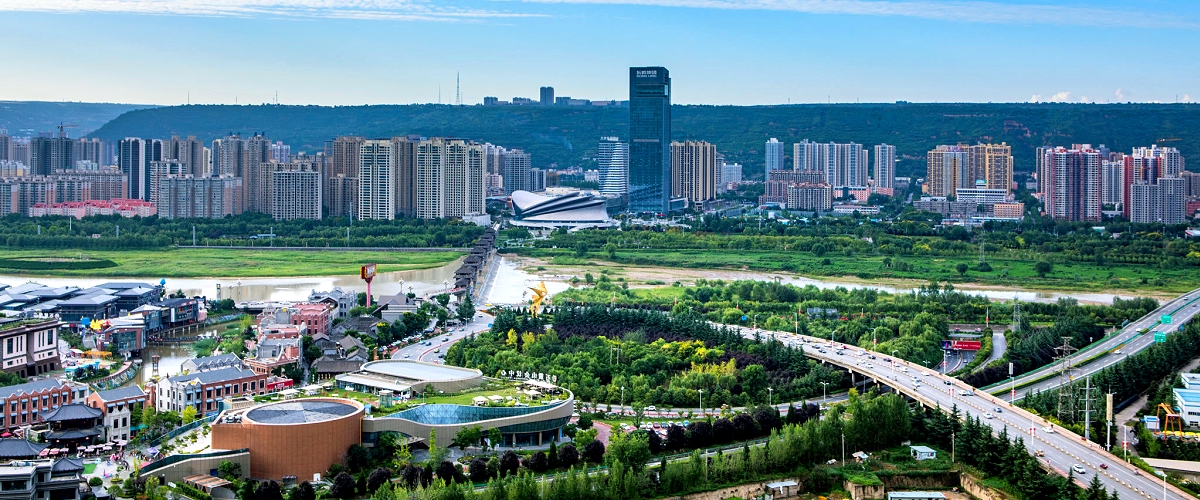
Baoji 3,738,700
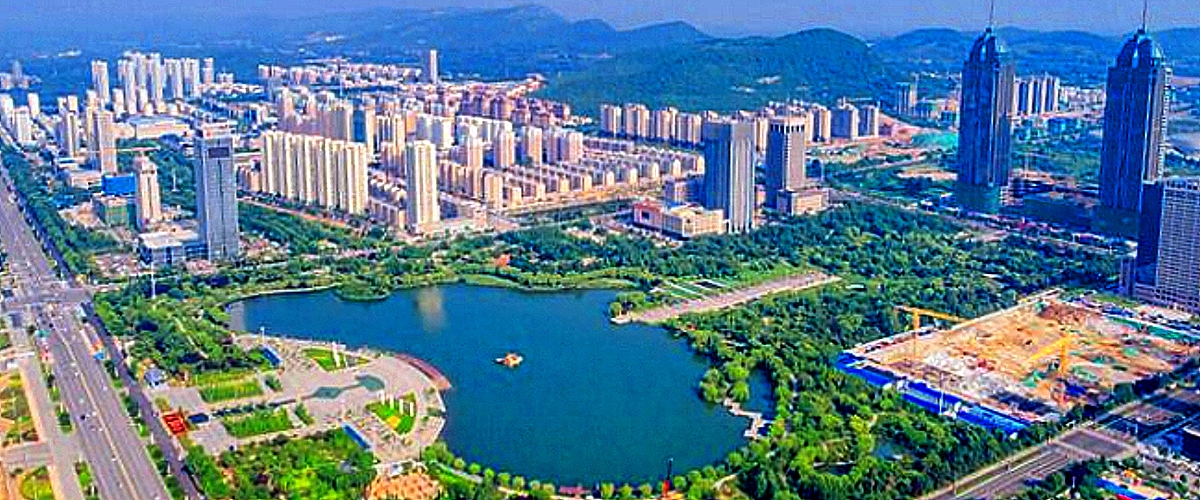
Zaozhuang 3,729,100
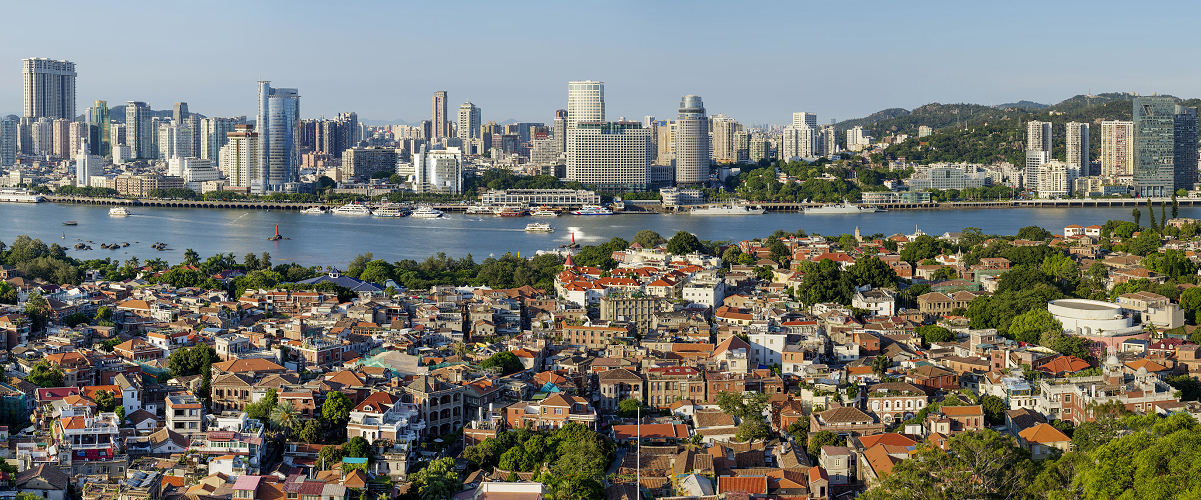
Xiamen 3,707,000
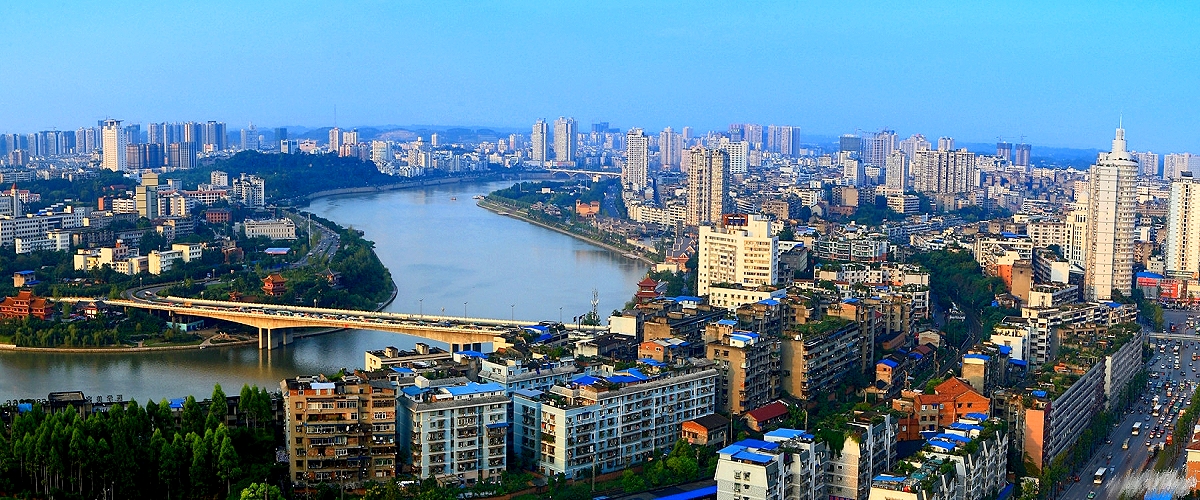
Neijiang 3,702,800
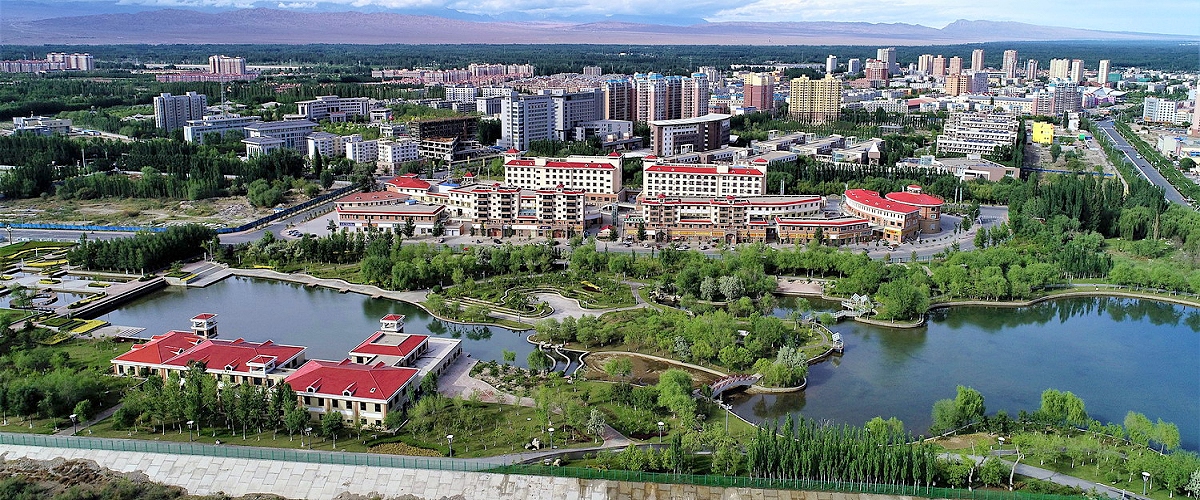
Baicheng 3,669,400
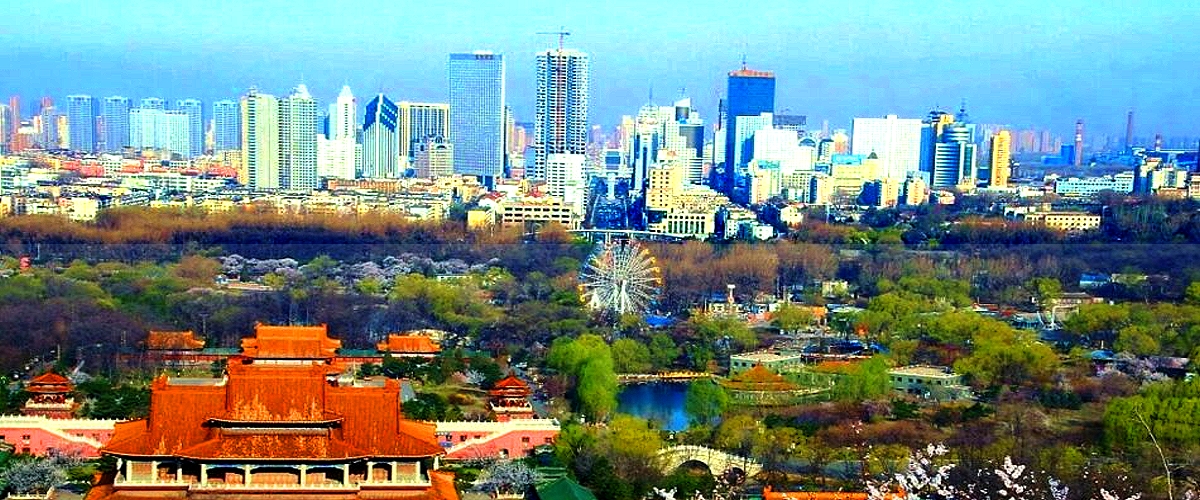
Anshan 3,645,800

Yulinshi 3,634,700
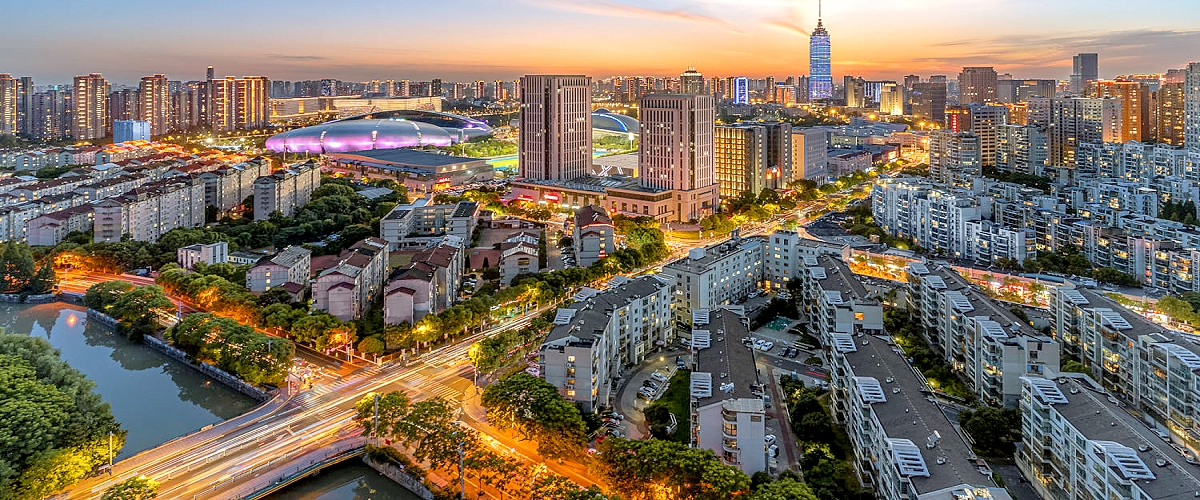
Changzhou 3,601,000
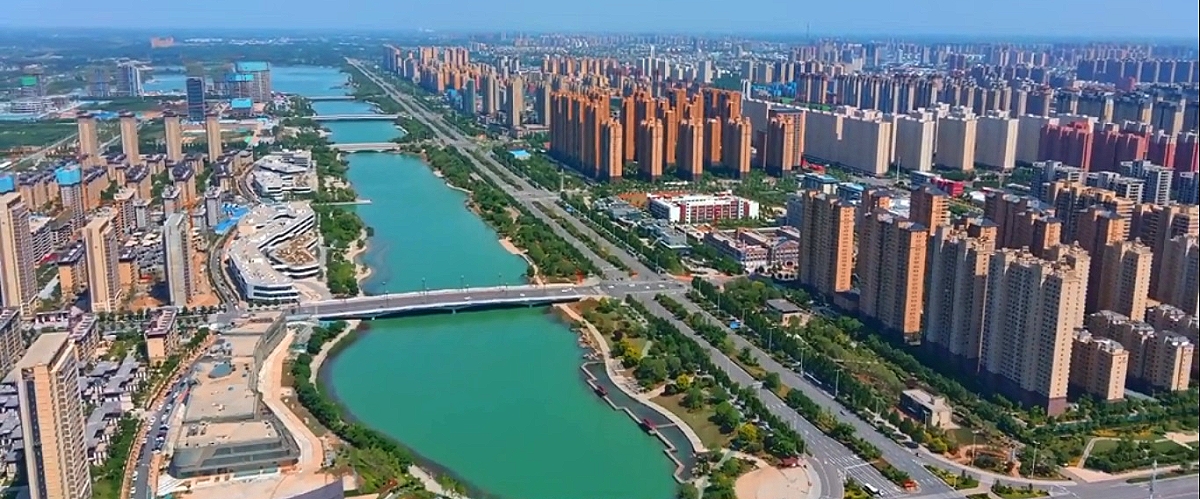
Puyang 3,598,740
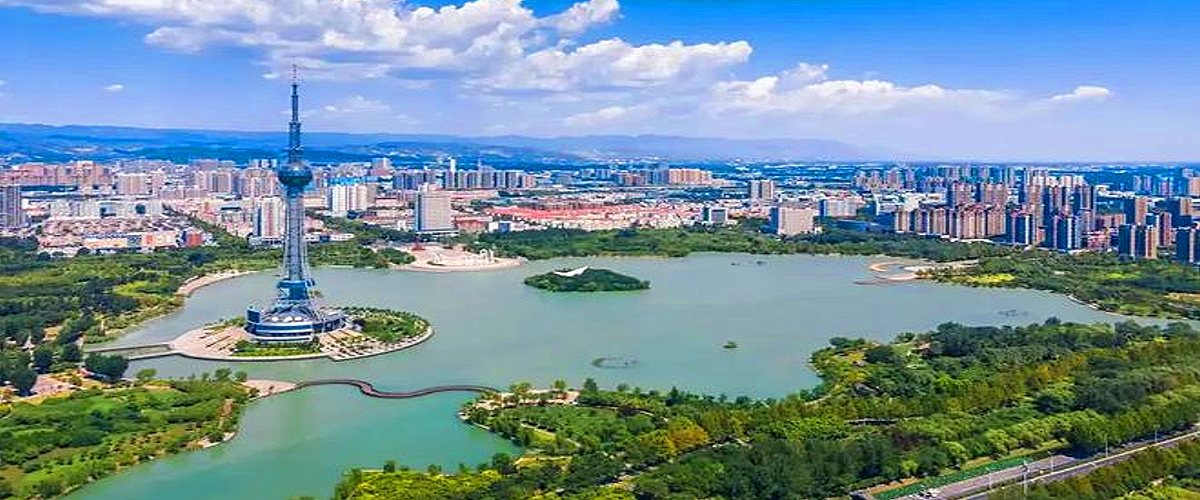
Jiaozuo 3,590,700
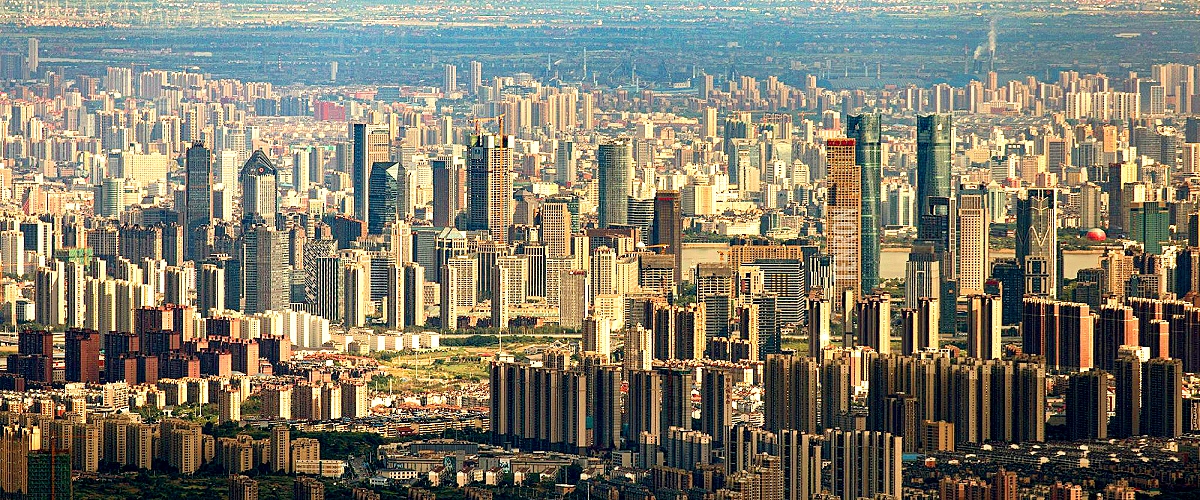
Nanchang 3,576,500
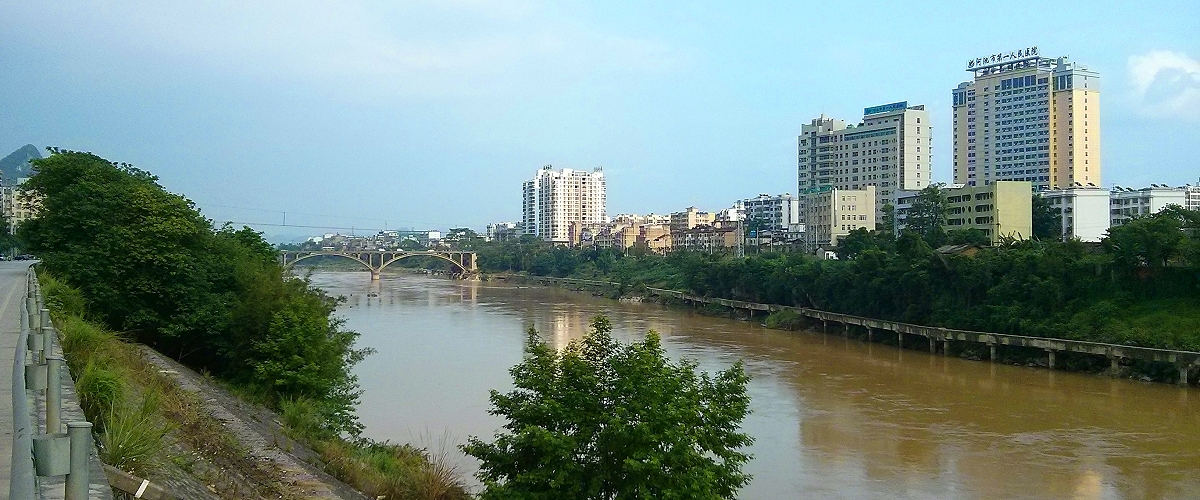
Hechi 3,545,700
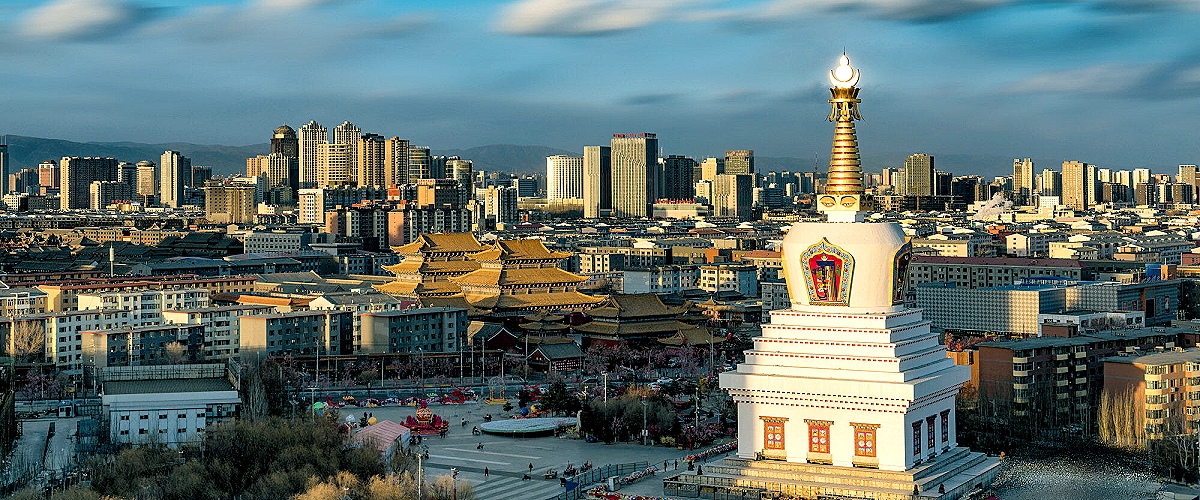
Hohhot 3,446,100
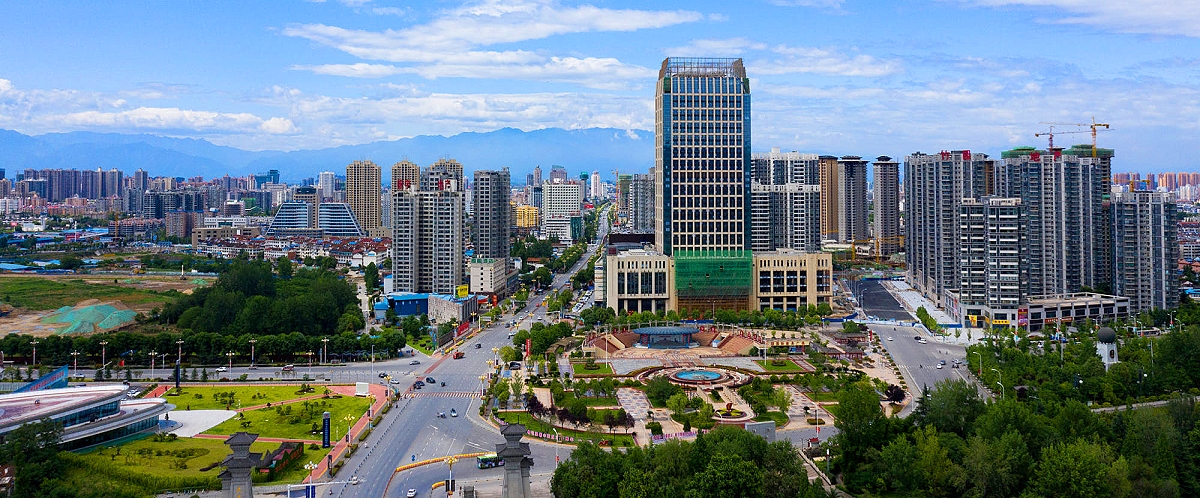
Hanzhong 3,416,100

Tangshan 3,399,200
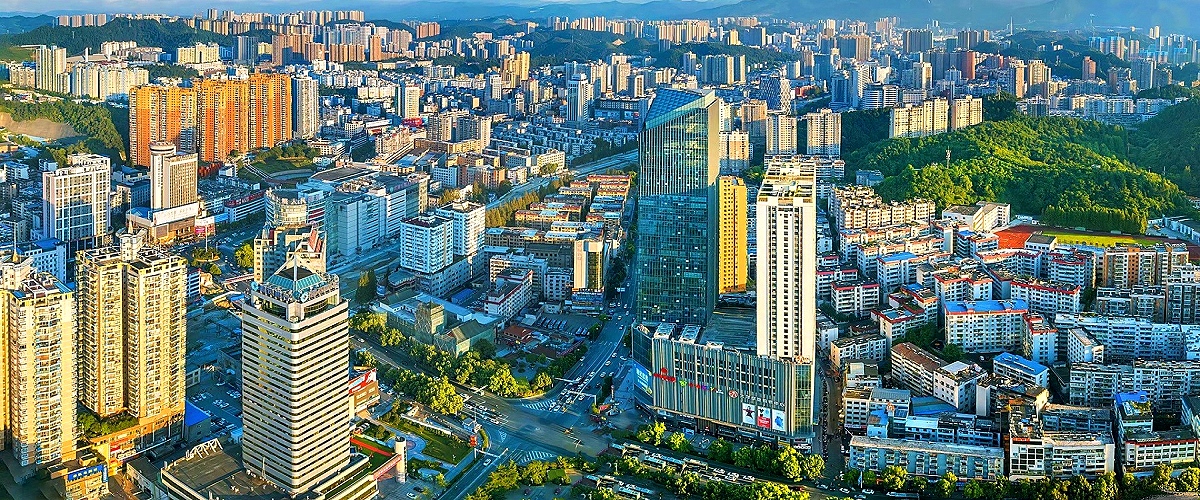
Shiyan 3,398,000
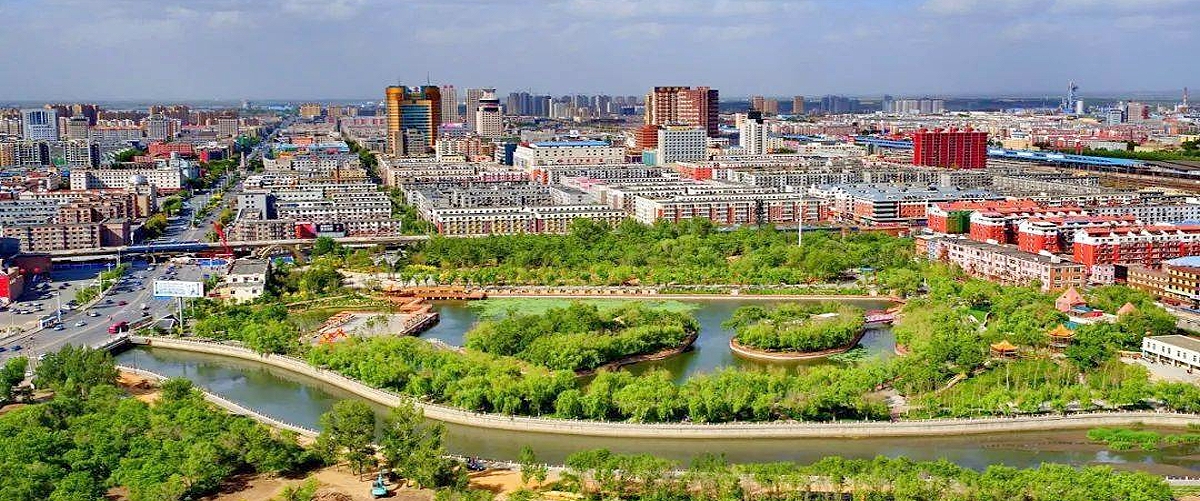
Siping 3,385,100
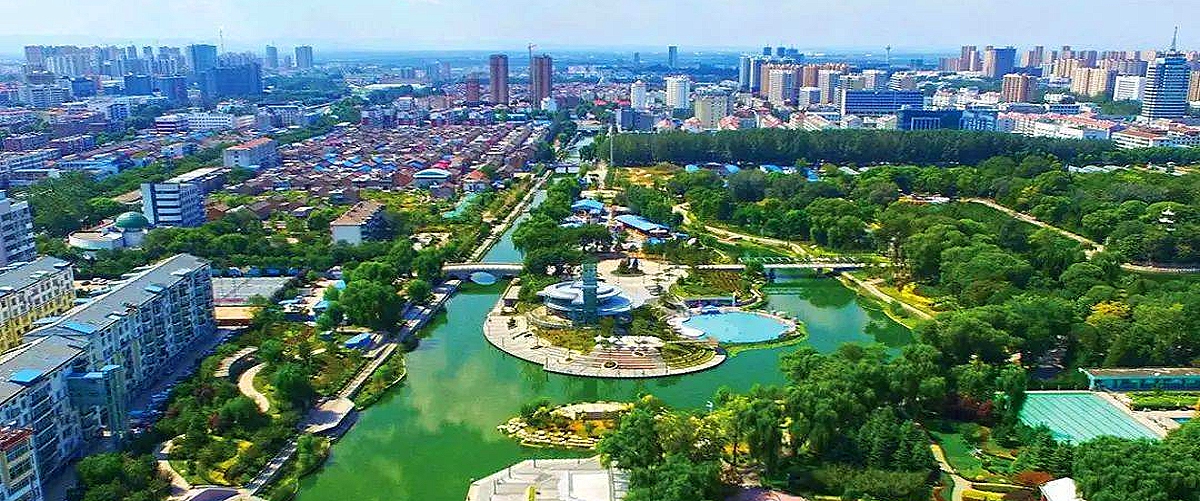
Changzhi 3,334,500
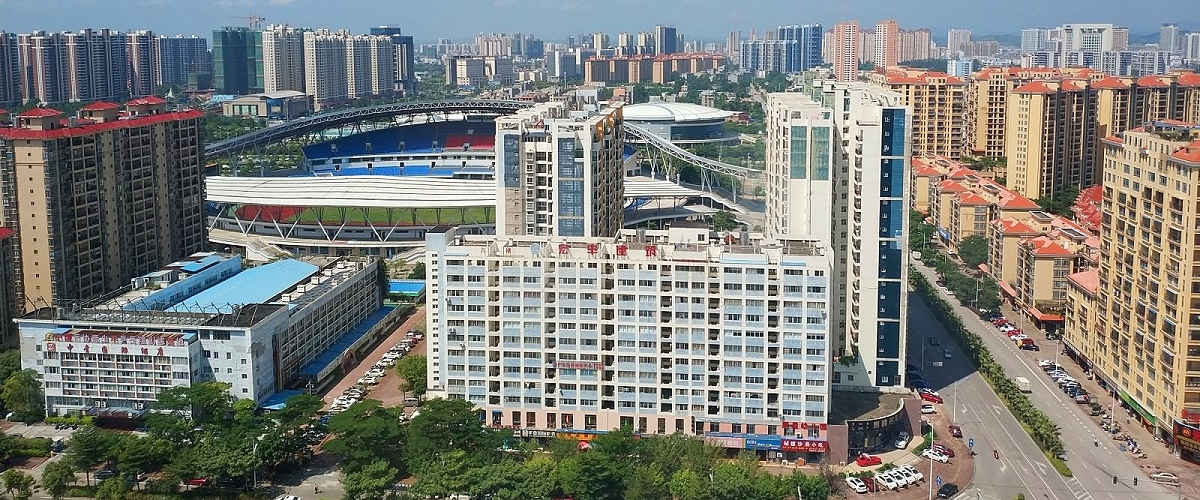
Qinzhou 3,304,400
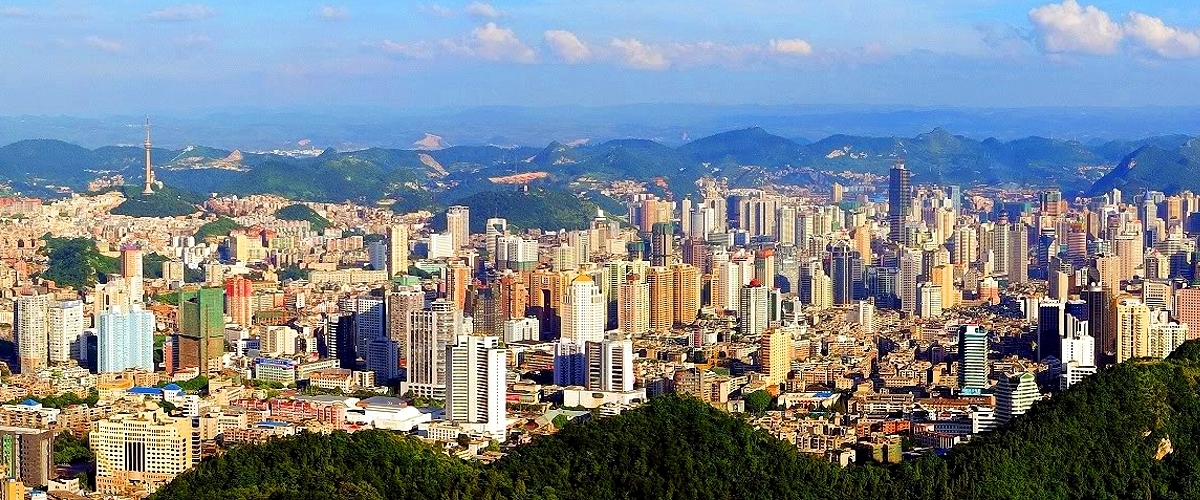
Guiyang 3,299,700
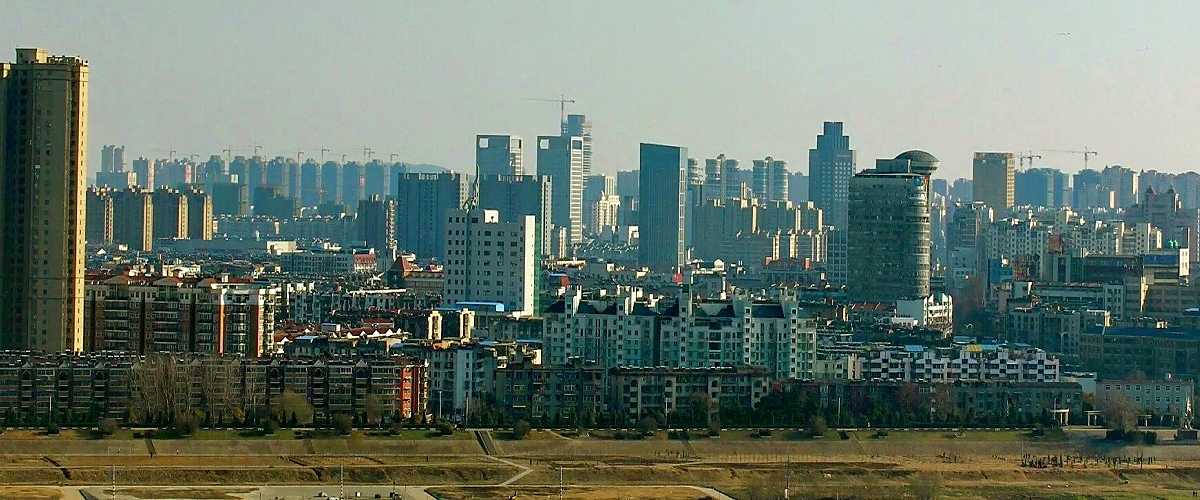
Bengbu 3,296,400
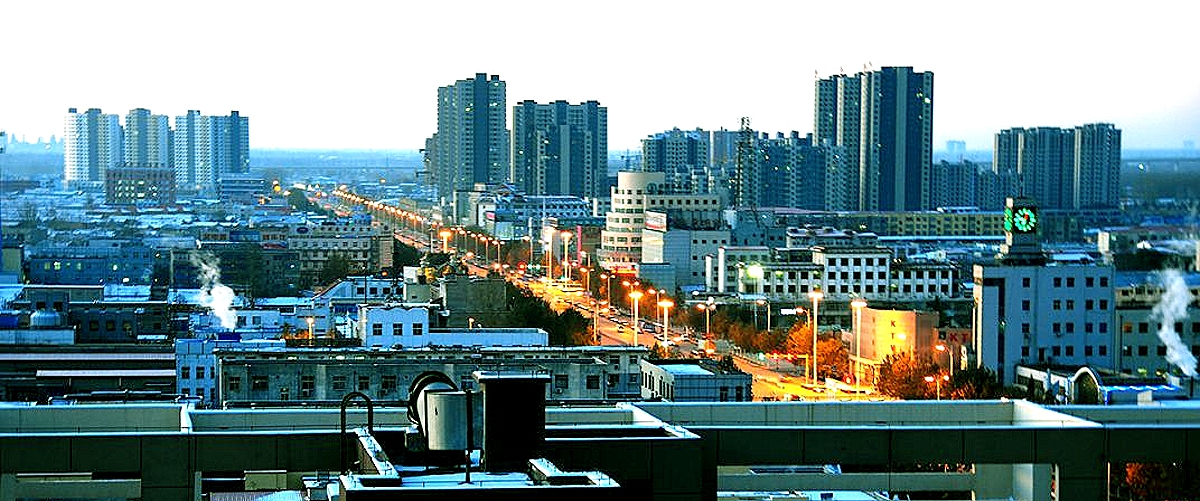
Bazhou 3,283,100

Qincheng 3,262,500

Suining 3,252,600
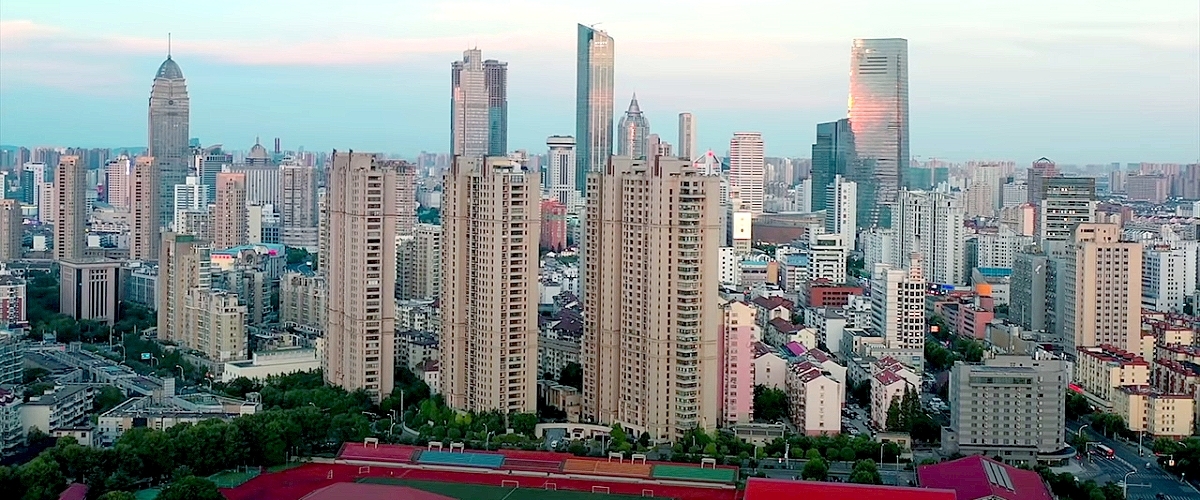
Wuxi 3,245,100

Leshan 3,235,700
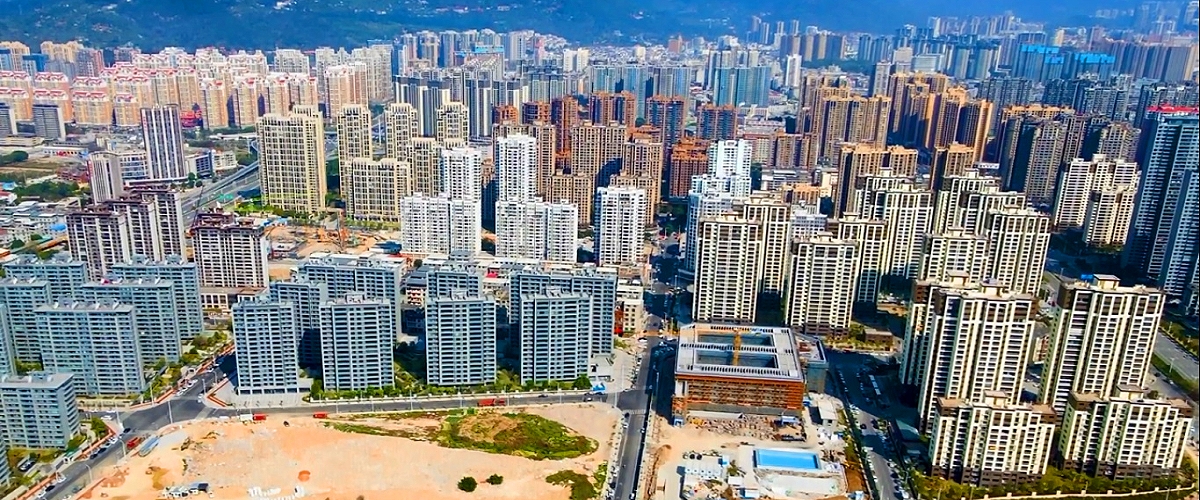
Putian 3,210,700
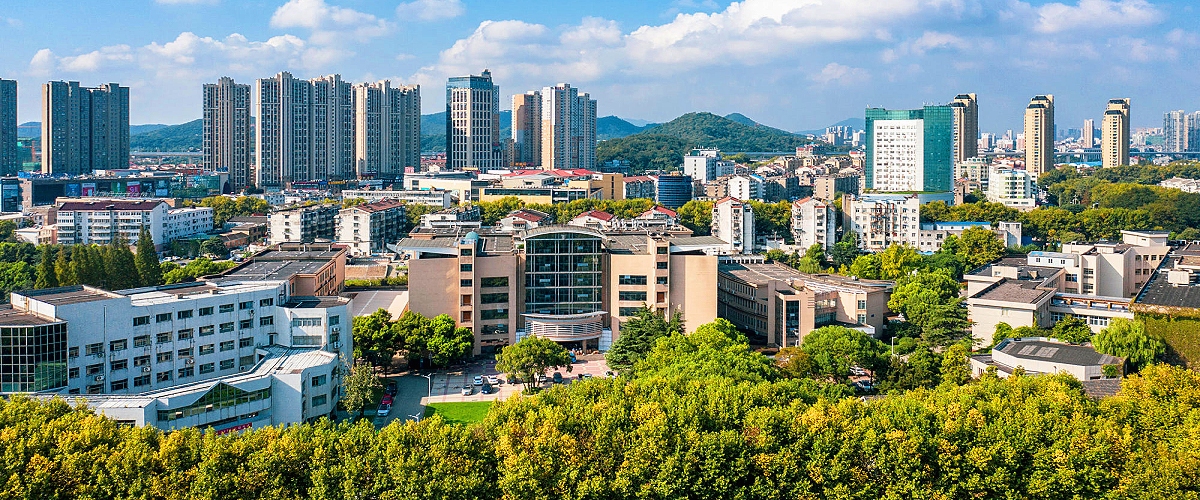
Zhenjiang 3,210,400

Guangan 3,205,400
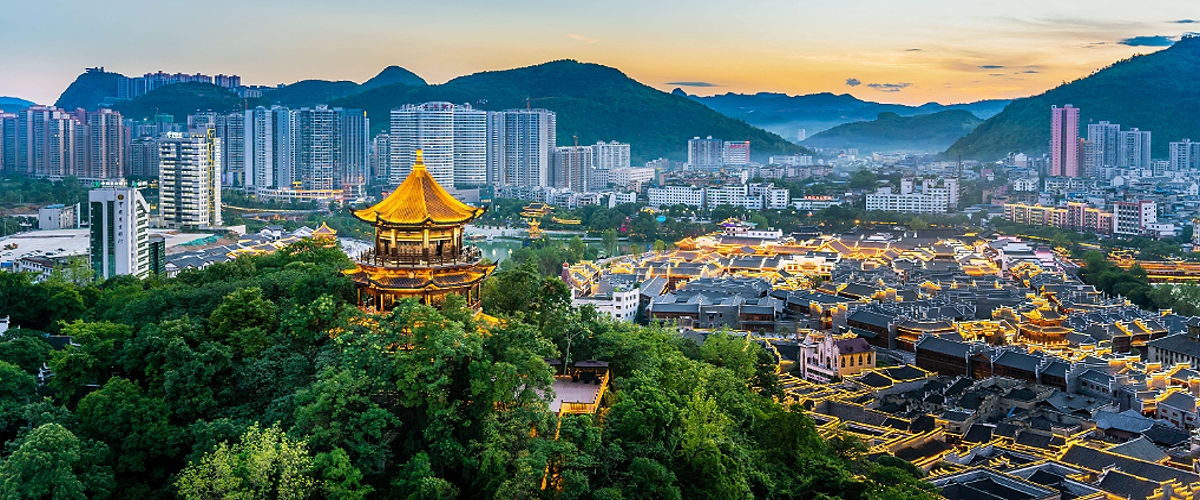
Tongren 3,168,800
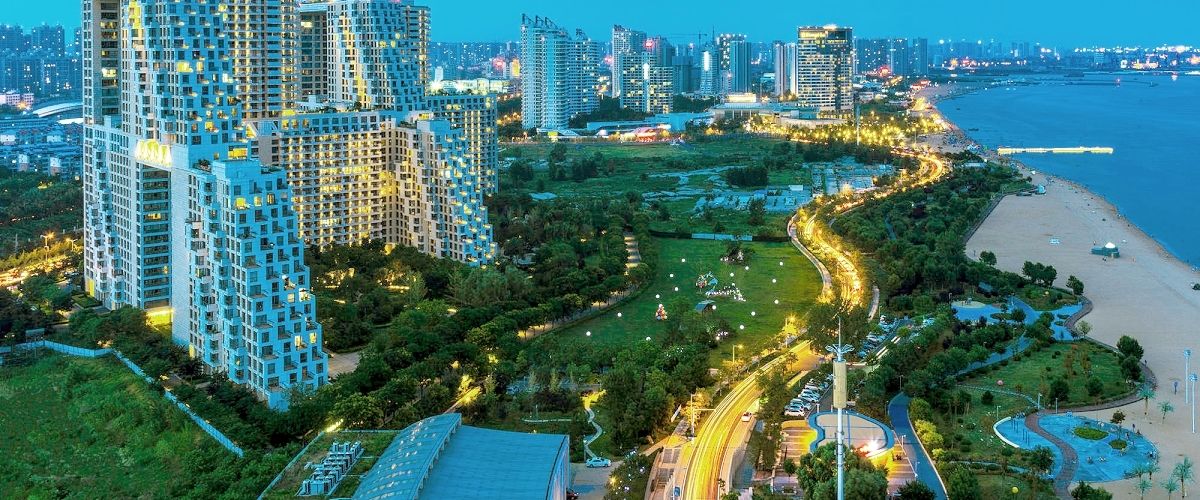
Qinhuangdao 3,146,300
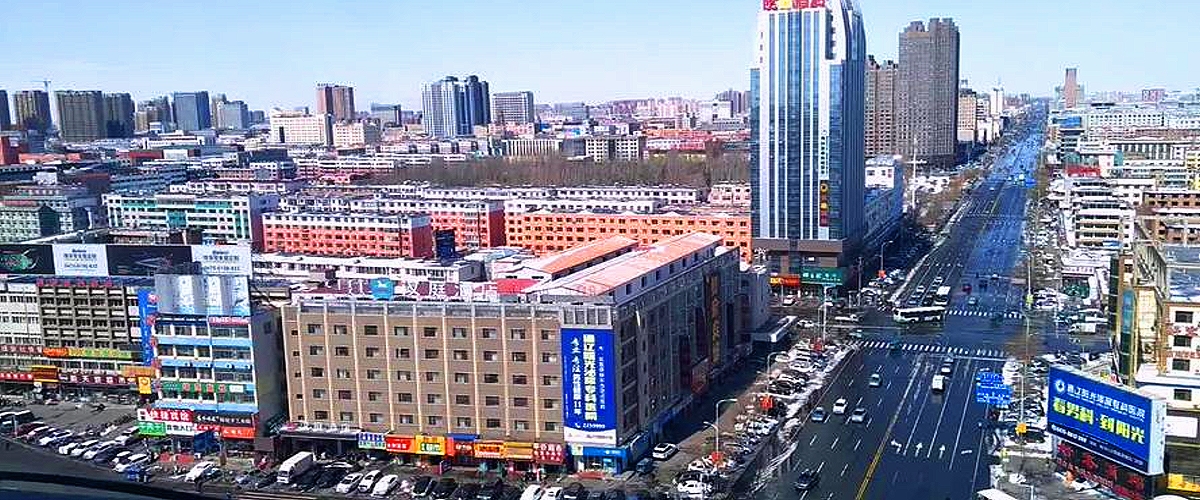
Tongliao 3,139,100
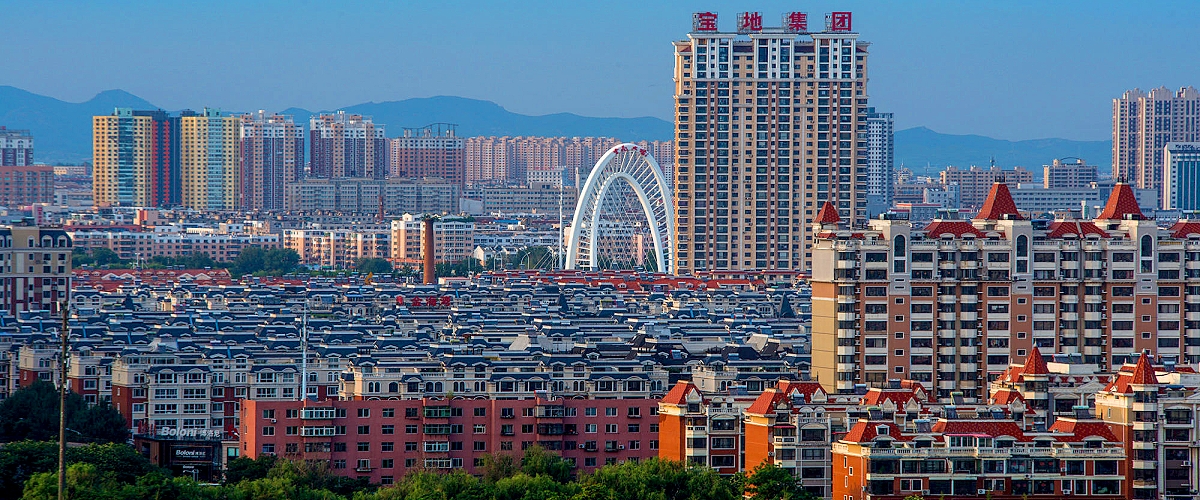
Jinzhou 3,126,400
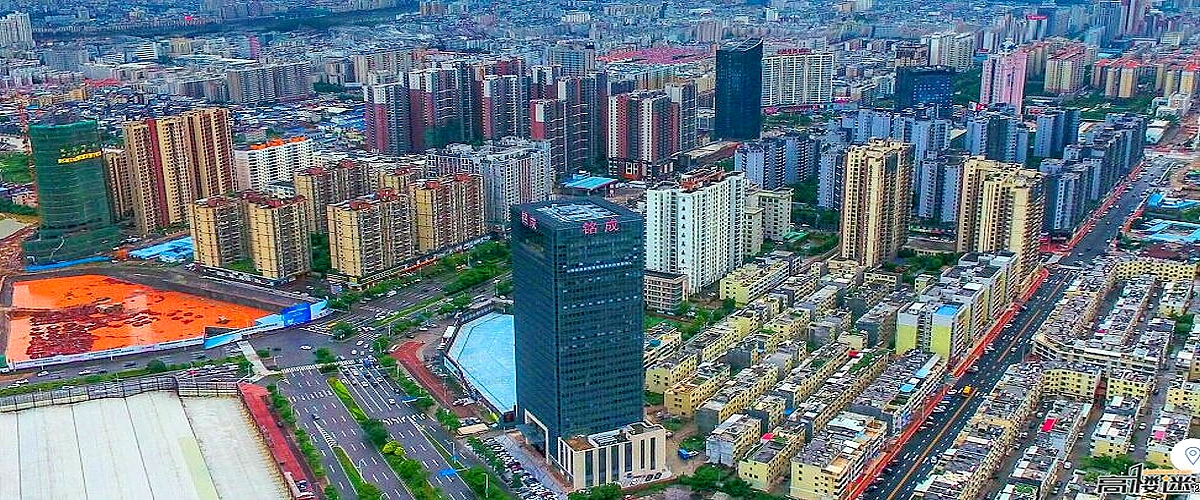
Heyuan 3,093,900
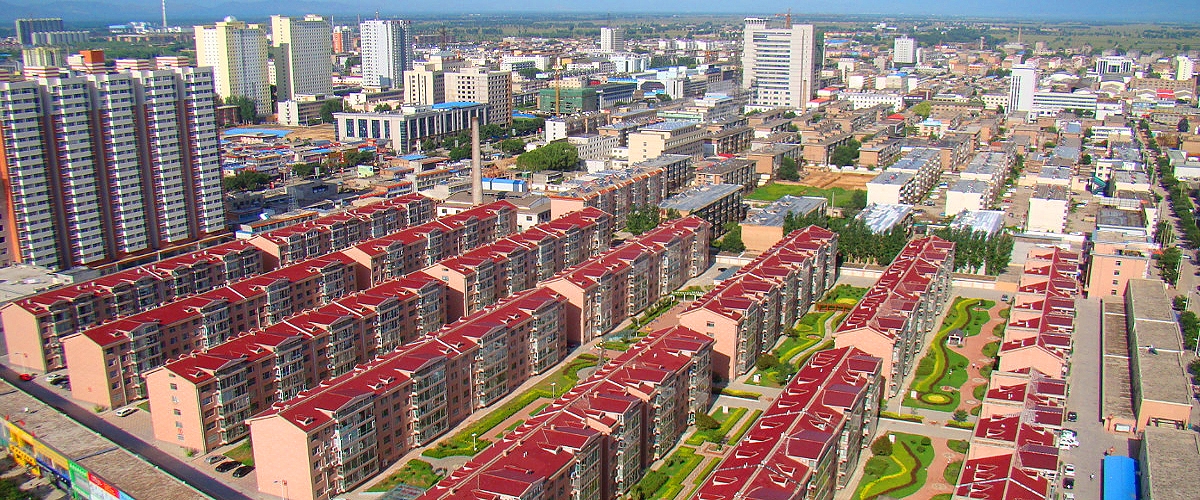
Xinzhou 3,067,500
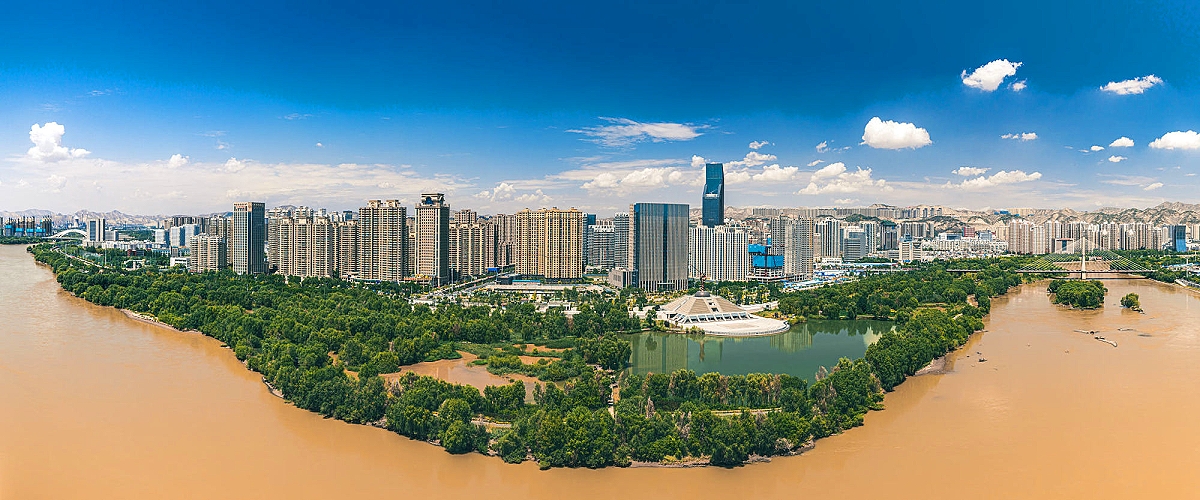
Lanzhou 3,067,100
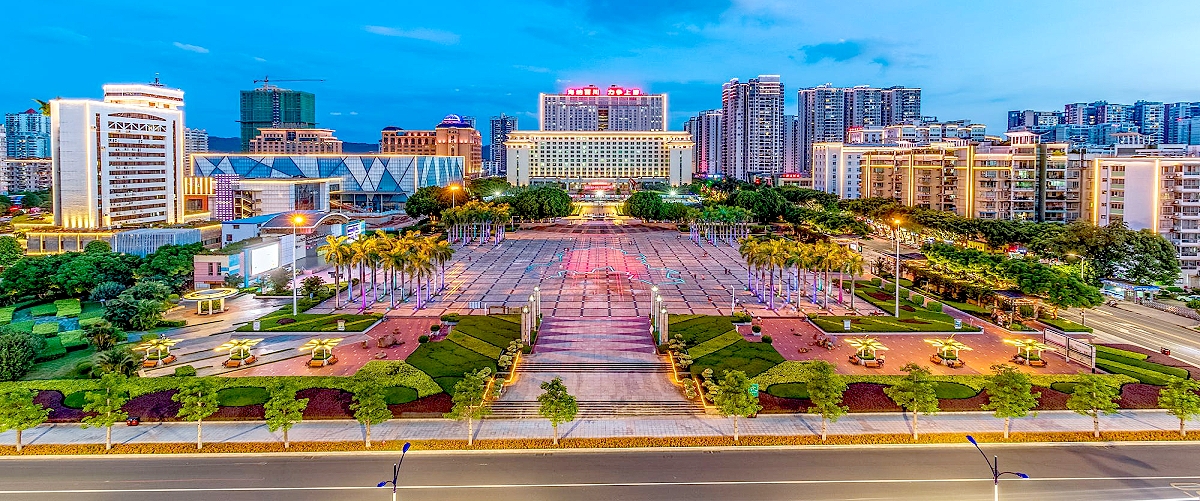
Wuzhou 3,061,100
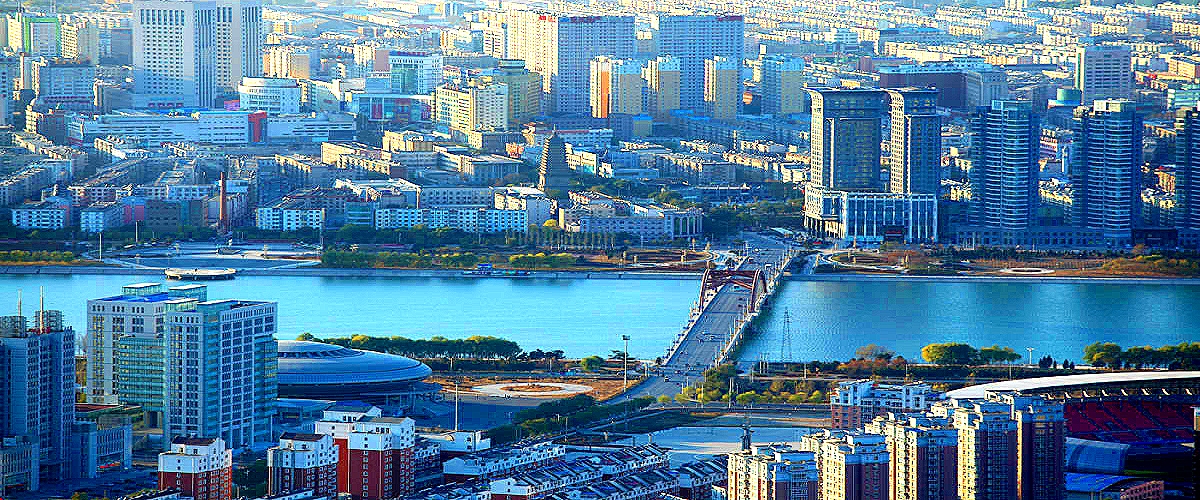
Chaoyang 3,044,000
Shaoguan 2,997,600
Shanwei 2,993,600
Rizhao 2,968,300
Meishan 2,950,500
Ningde 2,910,000
Zhongshan 2,909,600
Weihai 2,906,500
Daqing 2,904,500
Haikou 2,873,300
Xiangtan 2,864,800
Mudanjiang 2,798,700
Longyan 2,723,600
Tieling 2,717,700
Baotou 2,709,300
Cawnpore 2,701,300
Dingxi 2,698,600
Nanping 2,690,000
Zigong 2,678,800
Chaozhou 2,656,600
Huaian 2,632,700
Zibo 2,631,600
Ankang 2,629,900
Baoshan 2,627,000
Huludao 2,623,500
Gulou 2,606,000
Yanjiang 2,593,800
Sanming 2,580,000
Longba 2,567,700
Yangjiang 2,555,600
Jiamusi 2,552,000
Luohe 2,544,200
Lincang 2,536,000
Xuanzhou 2,532,900
Yunfu 2,526,900
Shaoxing 2,521,900
Yantai 2,511,000
Huizhou 2,509,200
Lishui 2,507,300
Guangyuan 2,484,100
Huangshi 2,471,700
Xining 2,467,900
Dandong 2,444,600
Zhuhai 2,439,500
Yingkou 2,428,500
Lianshan 2,426,000
Jilin 2,396,000
Yuxi 2,386,000
Luoyang 2,372,500
Anshun 2,353,100
Shangzhou 2,341,700
Huainan 2,333,800
Kuaidamao 2,324,400
Yanan 2,282,500
Jincheng 2,279,100
Sanmenxia 2,234,000
Laibin 2,233,900
Qinbaling 2,211,100
Maanshan 2,202,800
Shengli 2,193,500
Gaoping 2,174,000
Taizhou 2,162,400
Puning 2,118,200
Huaibei 2,114,200
Qingyang 2,111,000
Chongzuo 2,099,400
Yushan 2,092,400
Hezhou 2,072,600
Pingliang 2,068,000
Baicheng 2,032,300
Fushun 2,024,000


Pingxiang 1,933,200
Yinchuan 1,901,700
Xiping 1,873,000
Jixi 1,862,100
Liaoyang 1,858,700
Beihai 1,853,200
Fuxin 1,819,300
Wuwei 1,815,000
Shuyangzha 1,770,000
Shuozhou 1,714,800
Benxi 1,709,500
Baiyin 1,708,700
Sanzhou 1,680,000
Changshu 1,677,000
Heihe 1,673,800
Jingdezhen 1,673,200
Chengtangcun 1,603,600
Hebi 1,569,200
Huzhou 1,558,800
Zhangjiajie 1,537,900
Jiaxing 1,518,600
Guiping 1,511,000
Lianjiang 1,509,400
Ximeicun 1,508,000
Jianguang 1,507,400
Yucheng 1,507,200
Xushan 1,502,000
Leizhou 1,494,700
Huazhou 1,468,000
Jinhua 1,463,900
Shuangyashan 1,462,600
Pizhou 1,458,000
Yangshe 1,432,000
Guyuan 1,426,000
Ruian 1,424,600
Wenling 1,416,100
Gaozhou 1,414,100
Chizhou 1,402,500
Fuqing 1,390,400
Wuzhong 1,382,700
Pingdu 1,378,900
Yangquan 1,368,500
Yutan 1,368,100
Huangshan 1,358,900
Liangshi 1,335,900
Xintai 1,315,900
Wusong 1,311,700
Yushu 1,304,400
Rongcheng 1,302,800
Huazhou 1,302,100
Baishan 1,296,100
Dayan 1,296,000
Haicheng 1,293,800
Jiangyin 1,285,700
Yicheng 1,285,700
Rucheng 1,267,000
Huaiyin 1,264,000
Shaoyang 1,253,500
Laiwu 1,248,600
Jingling 1,247,400
Yongcheng 1,240,300
Yiwu 1,234,000
Beidao 1,225,000
Xiangshui 1,221,000
Dadukou 1,214,100
Lingcheng 1,211,600
Xinyu 1,202,400
Zhangye 1,199,500
Liaoyuan 1,176,200
Yingtan 1,175,000
Guankou 1,168,000
Dingzhou 1,165,100
Lianyuan 1,162,900
Rongcheng 1,162,700
Kaiyuan 1,160,000
Zhuji 1,157,900
Leiyang 1,151,500
Yichun 1,148,100
Xiantao 1,140,100
Yingchuan 1,131,800
Xibeijie 1,095,900
Yuyao 1,095,000
Hanchuan 1,092,700
Gongzhuling 1,092,600
Zhufeng 1,081,900
Ezhou 1,079,300
Xiashi 1,076,100
Taixing 1,073,900
Zhongwei 1,067,300
Mizhou 1,060,000
Xishan 1,060,000
Hegang 1,058,600
Fangchenggang 1,046,000
Shouguang 1,039,200
Sanya 1,031,300
Wutong 1,029,700
Linhai 1,028,800
Wafangdian 1,024,800
Zhongxiang 1,022,500
Xinyi 1,013,900
Zaoyang 1,004,700
Xingyi 1,004,100
Shuizhai 1,003,600


World Skylines created and maintained by George Stewart Online 1998-2025
Send your comments or questions to webmaster@georgestewart.online